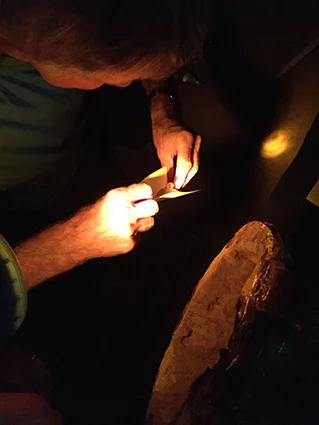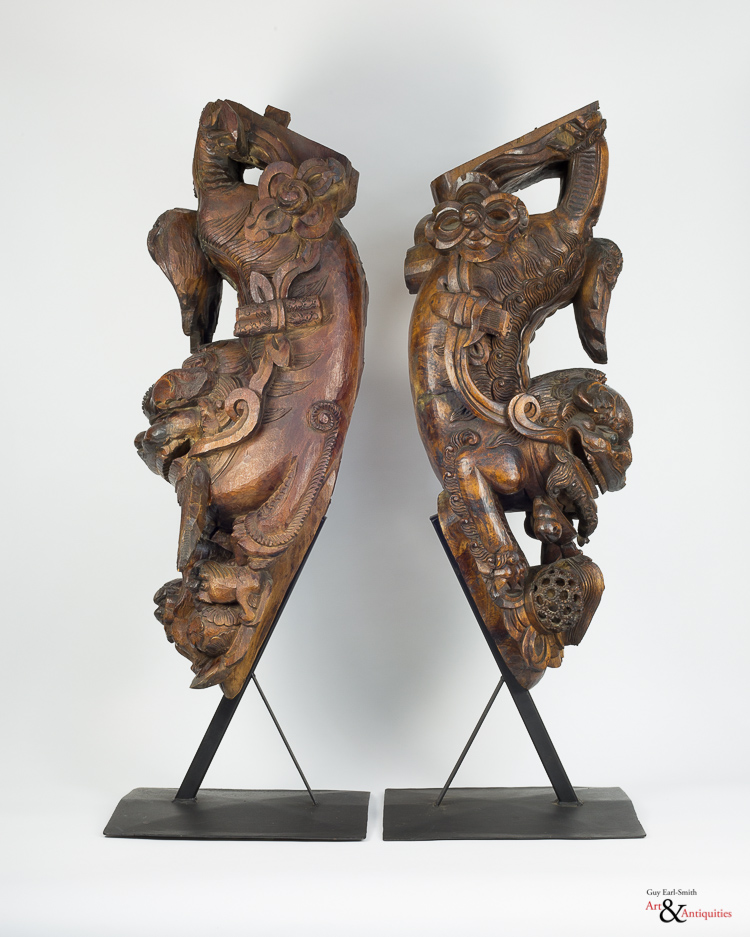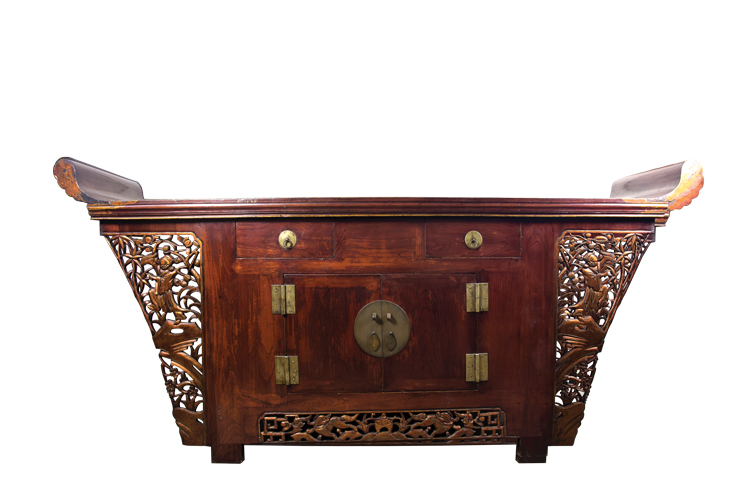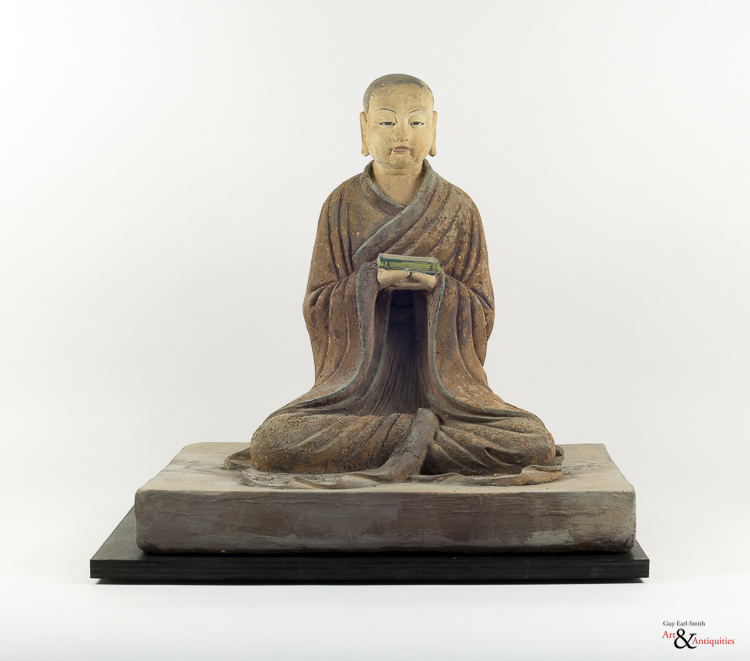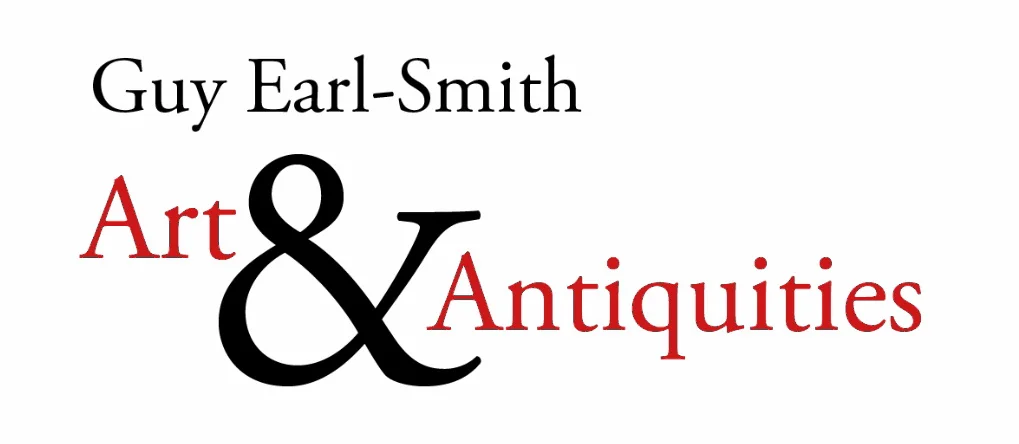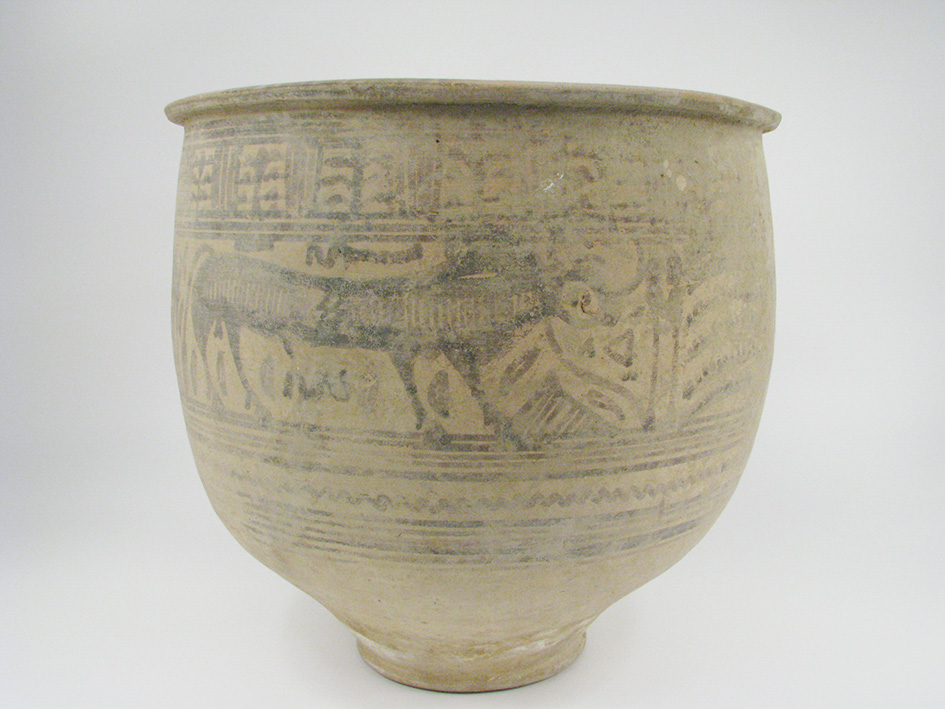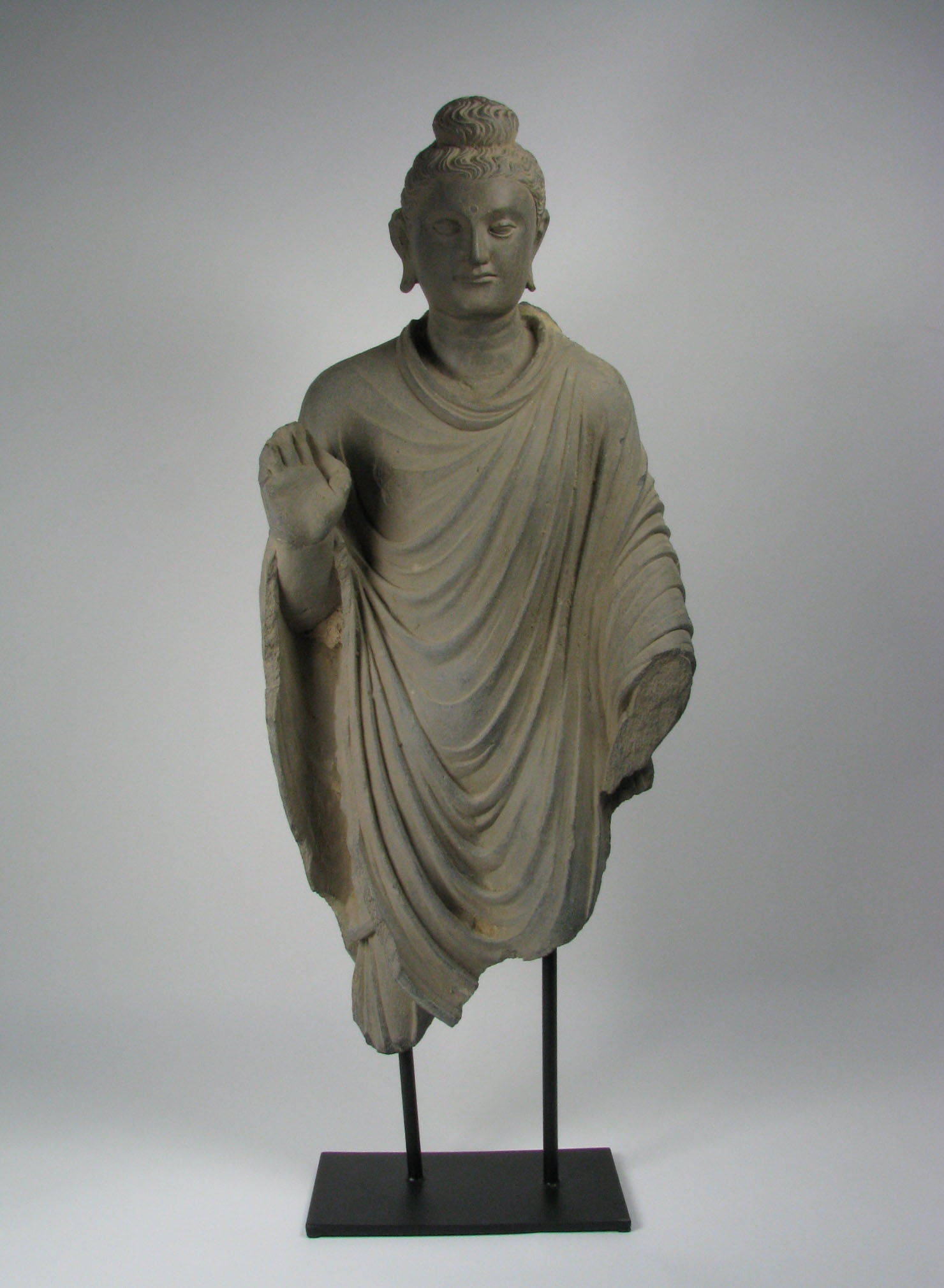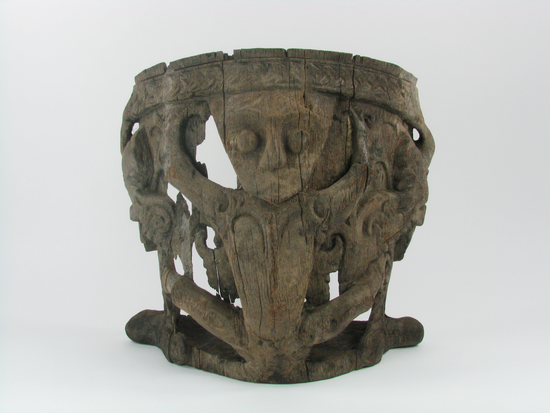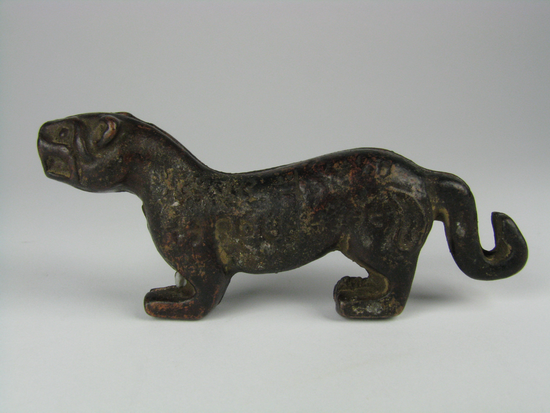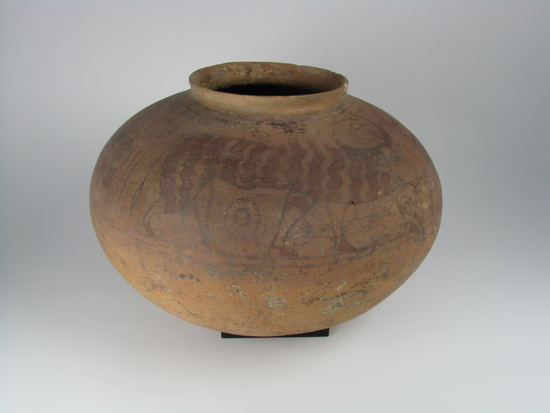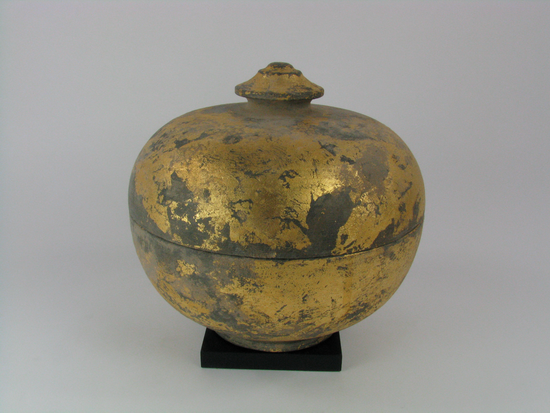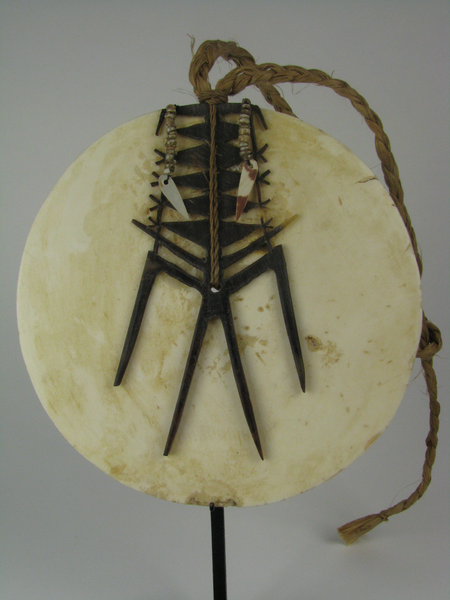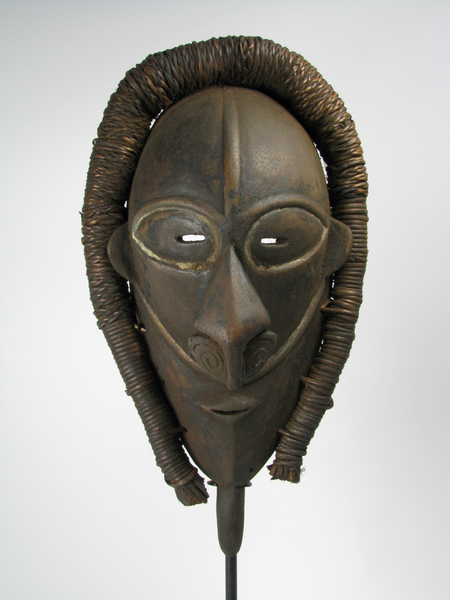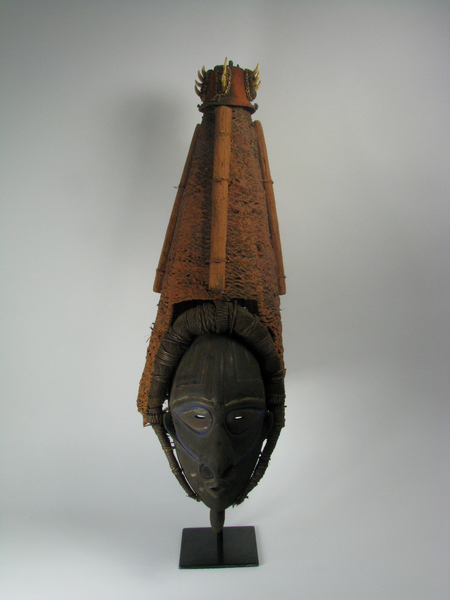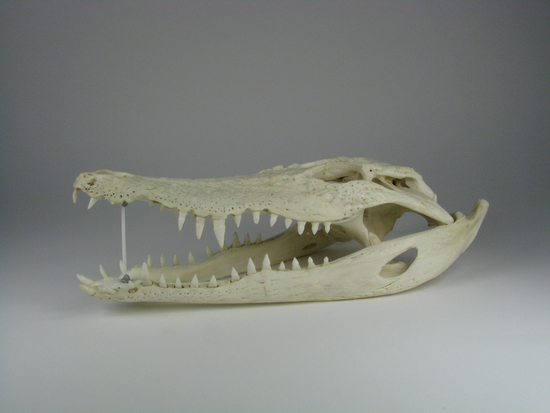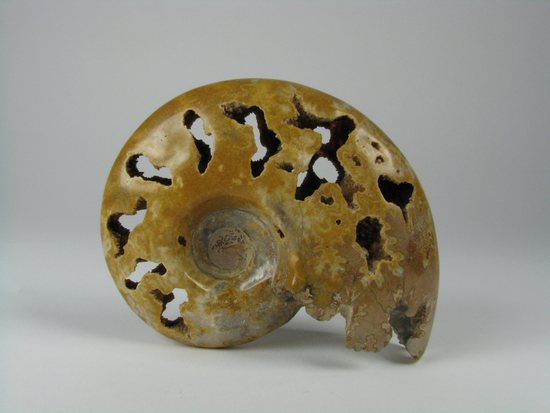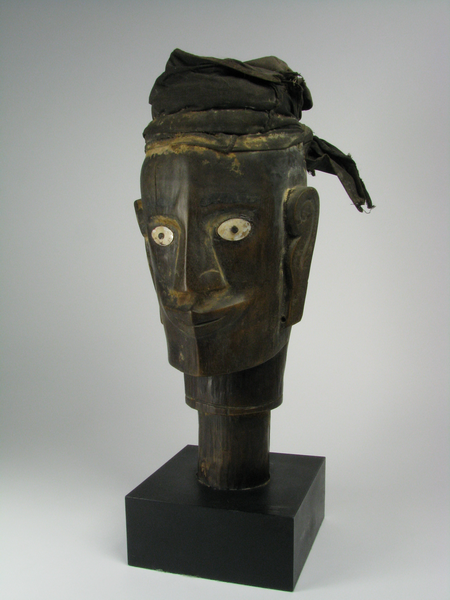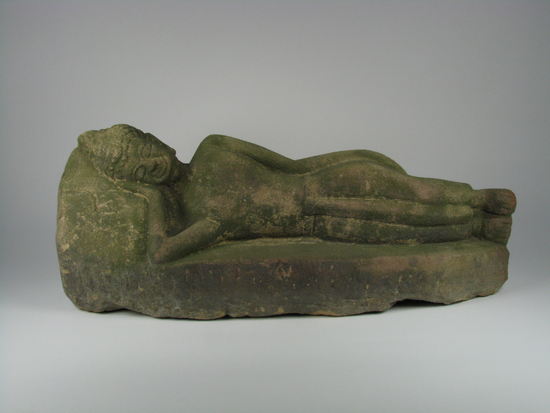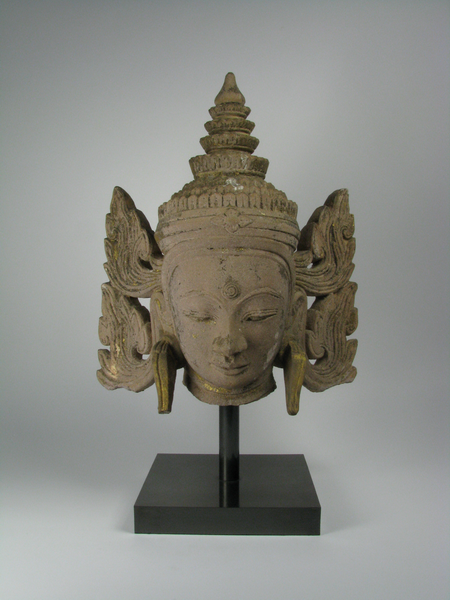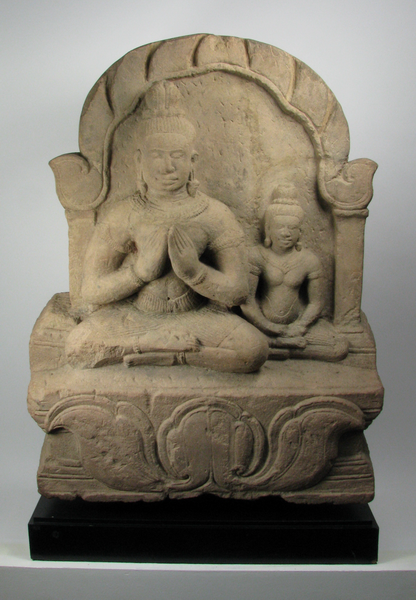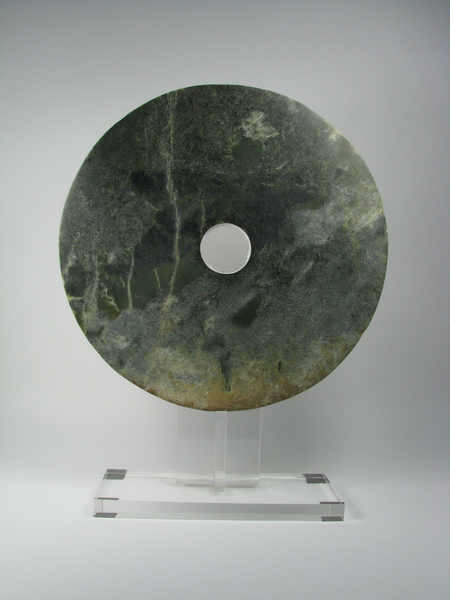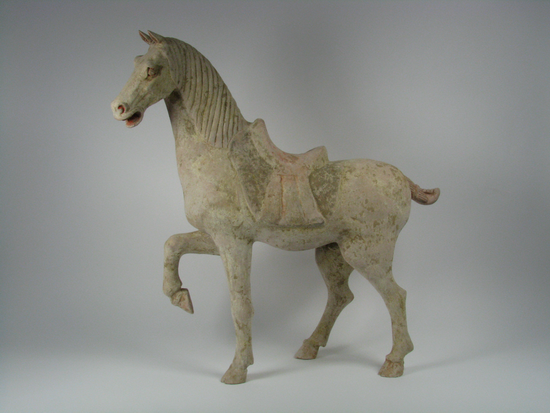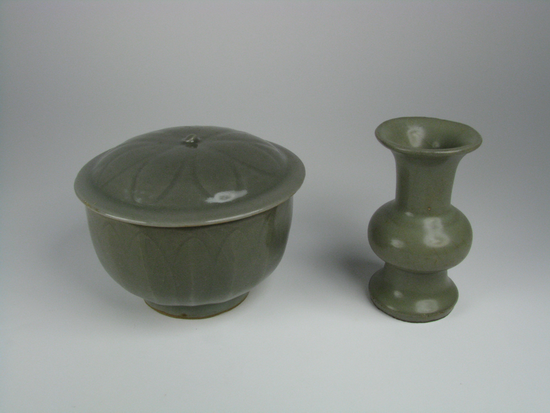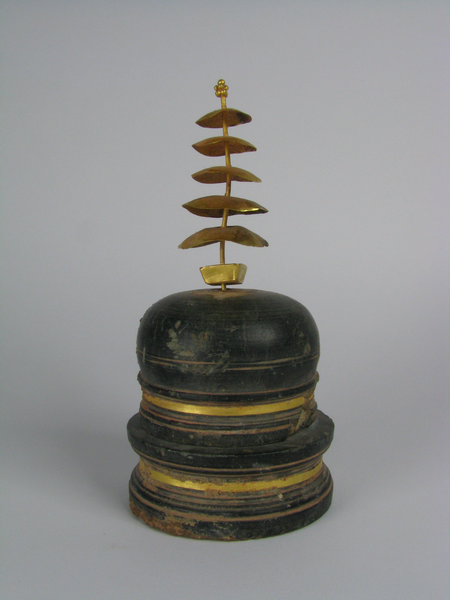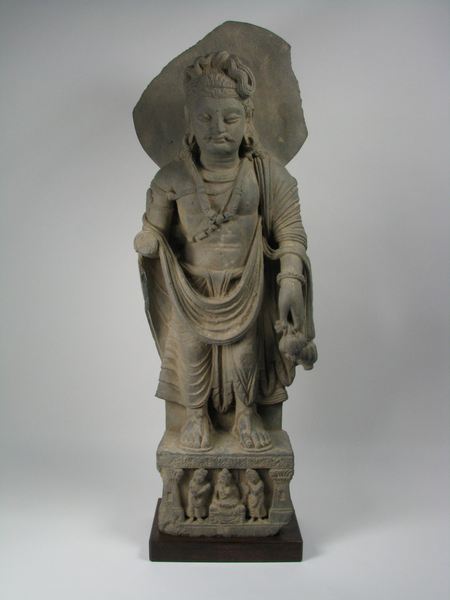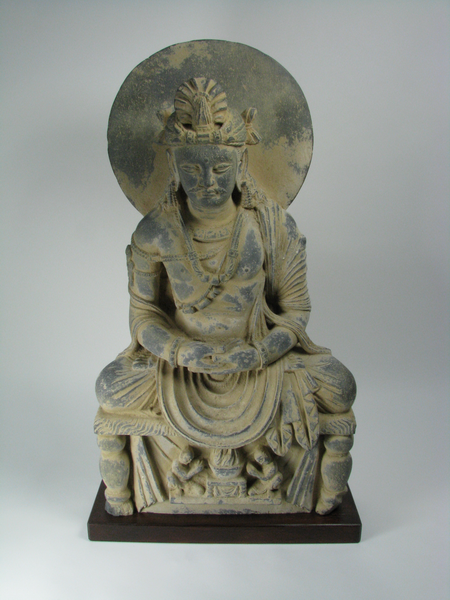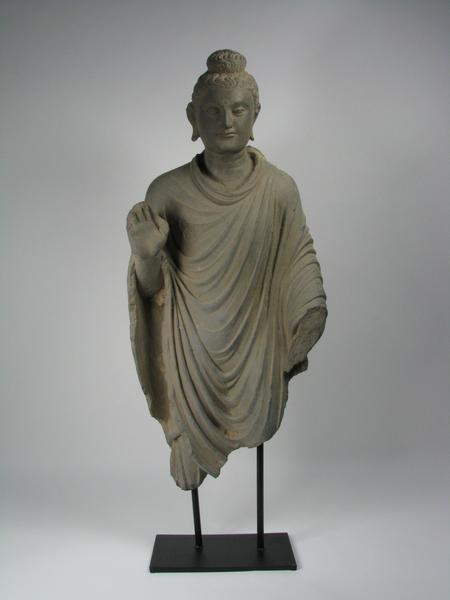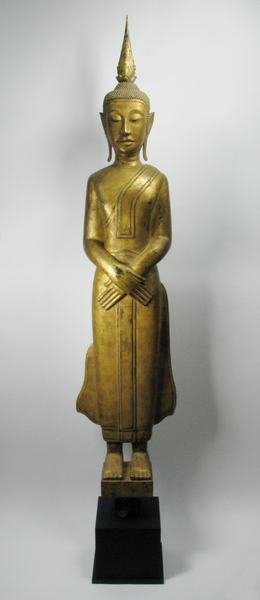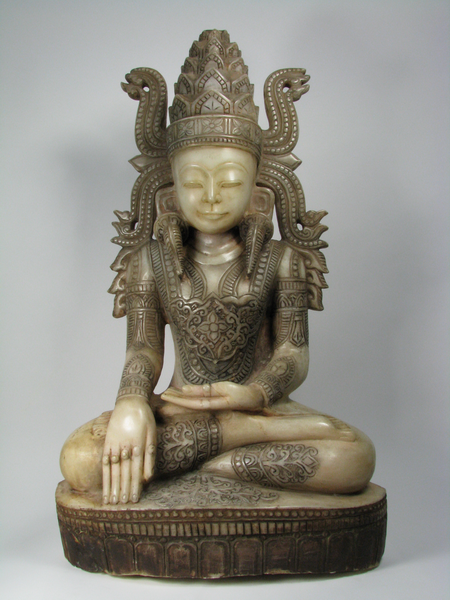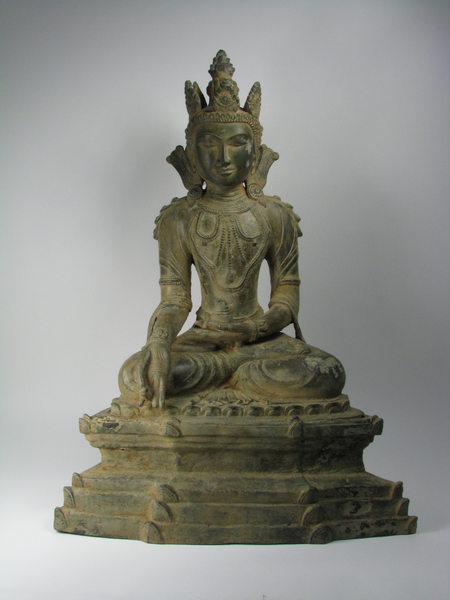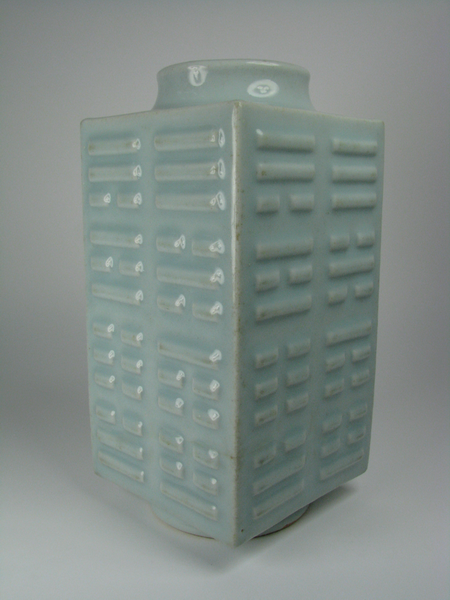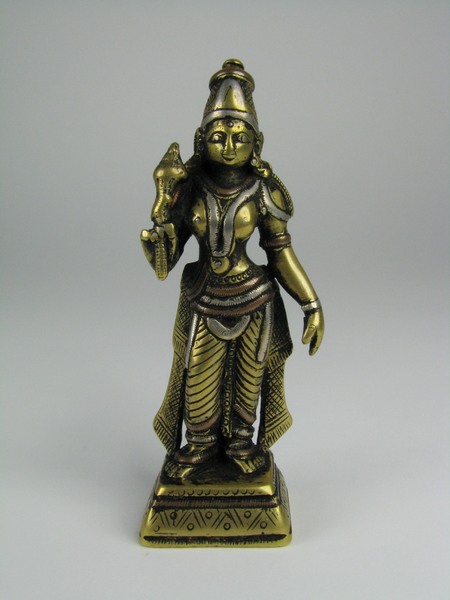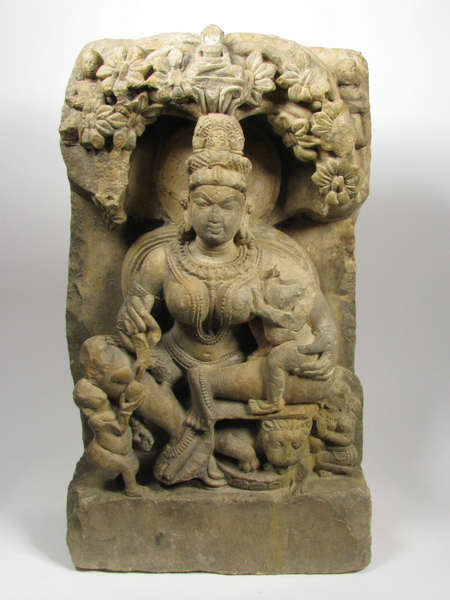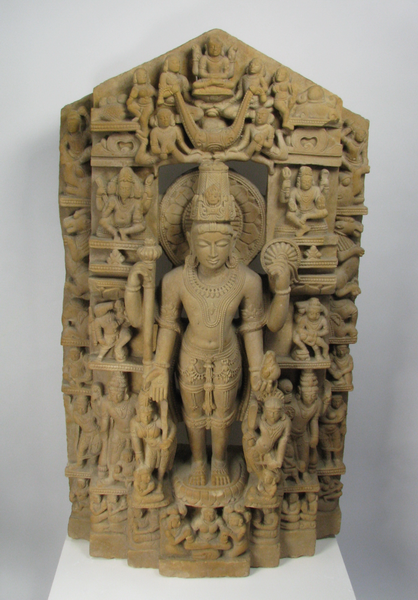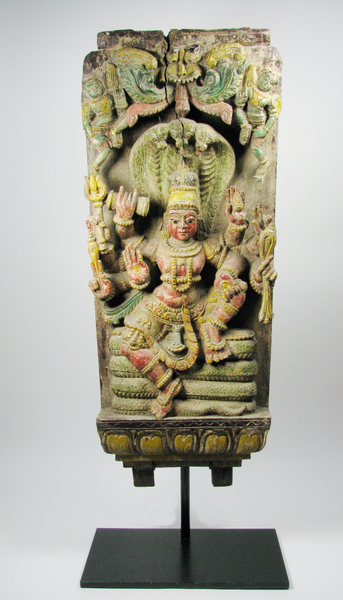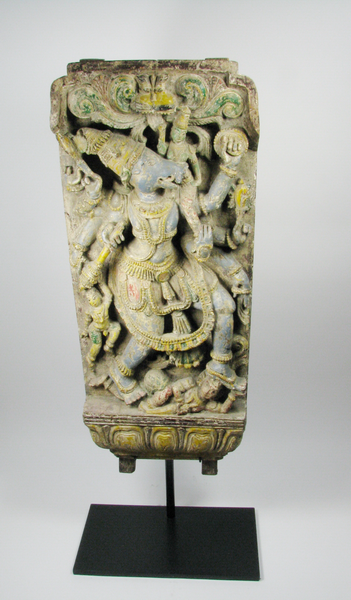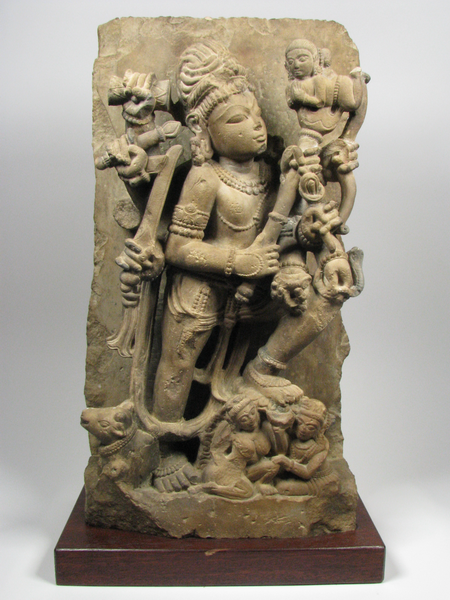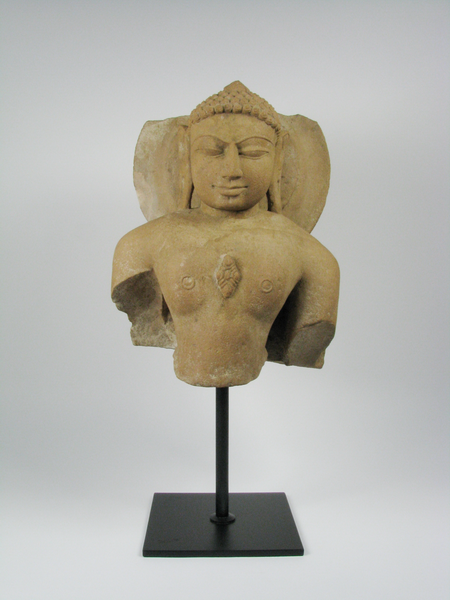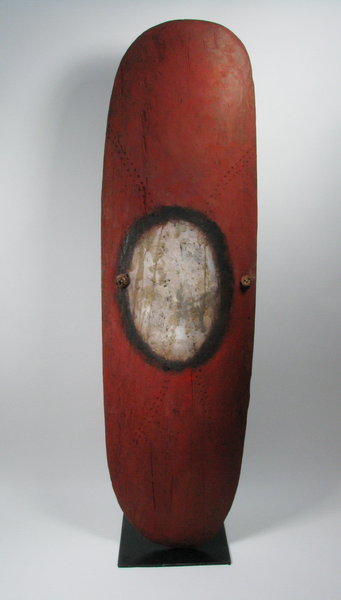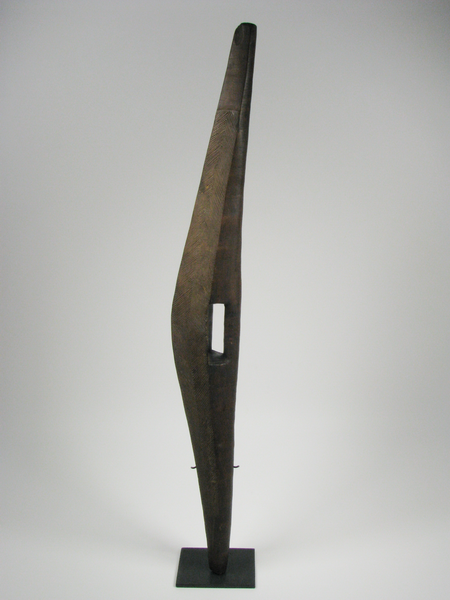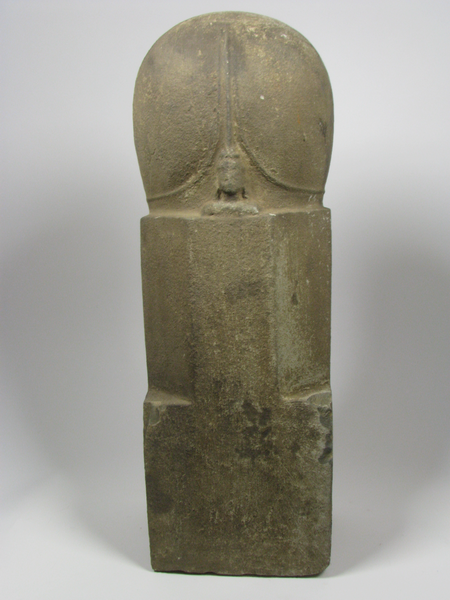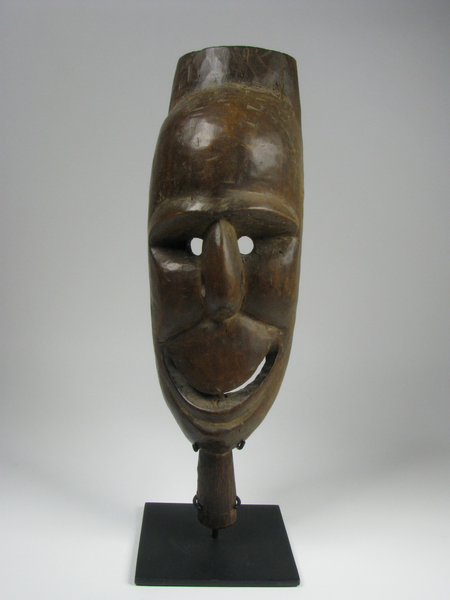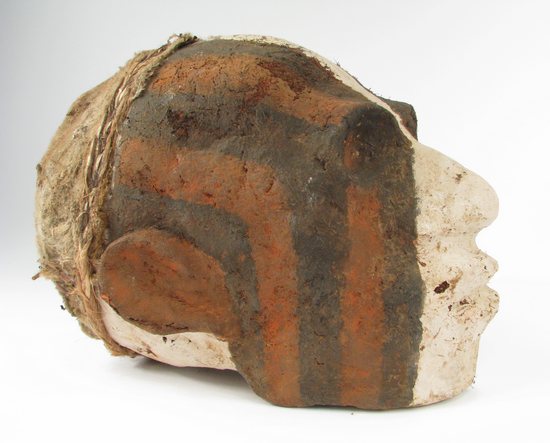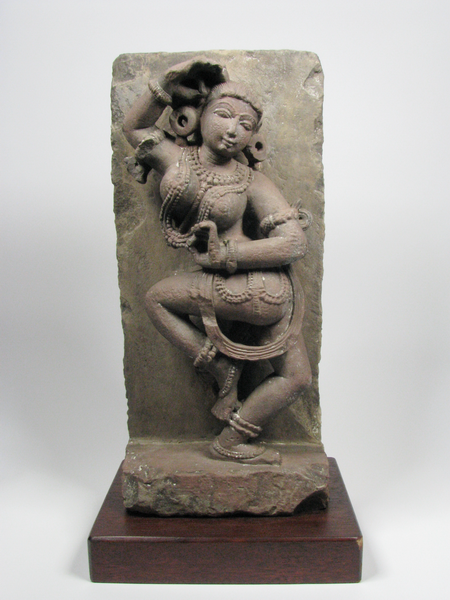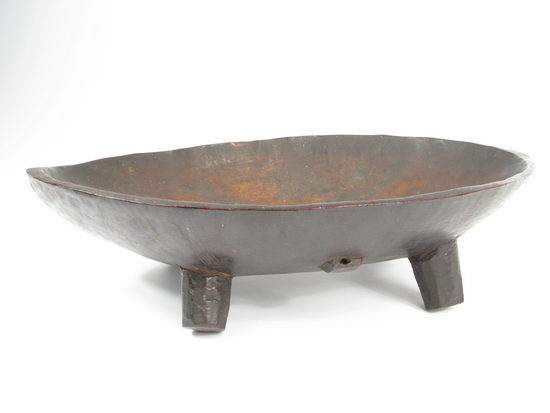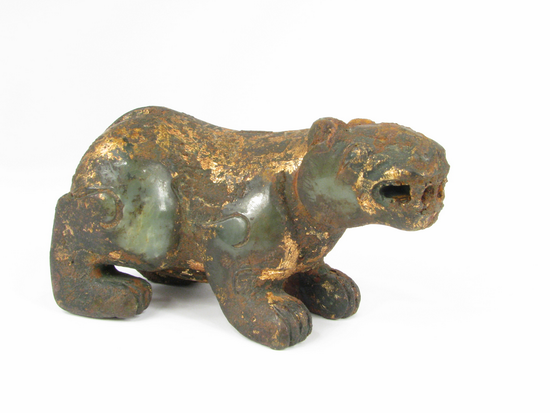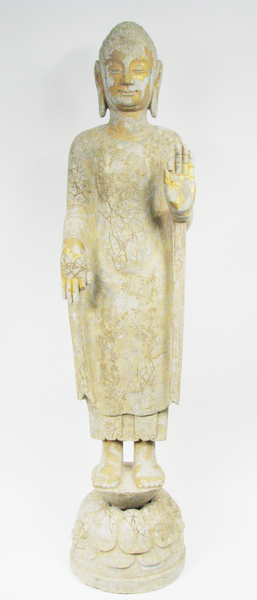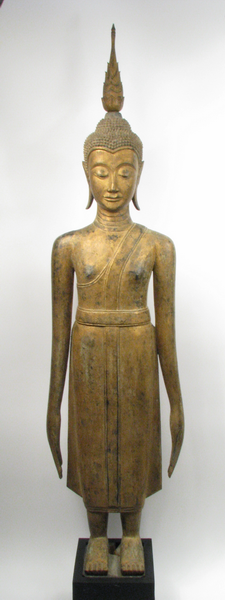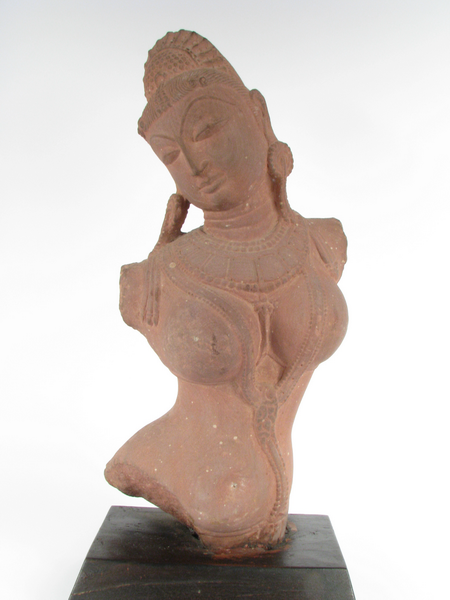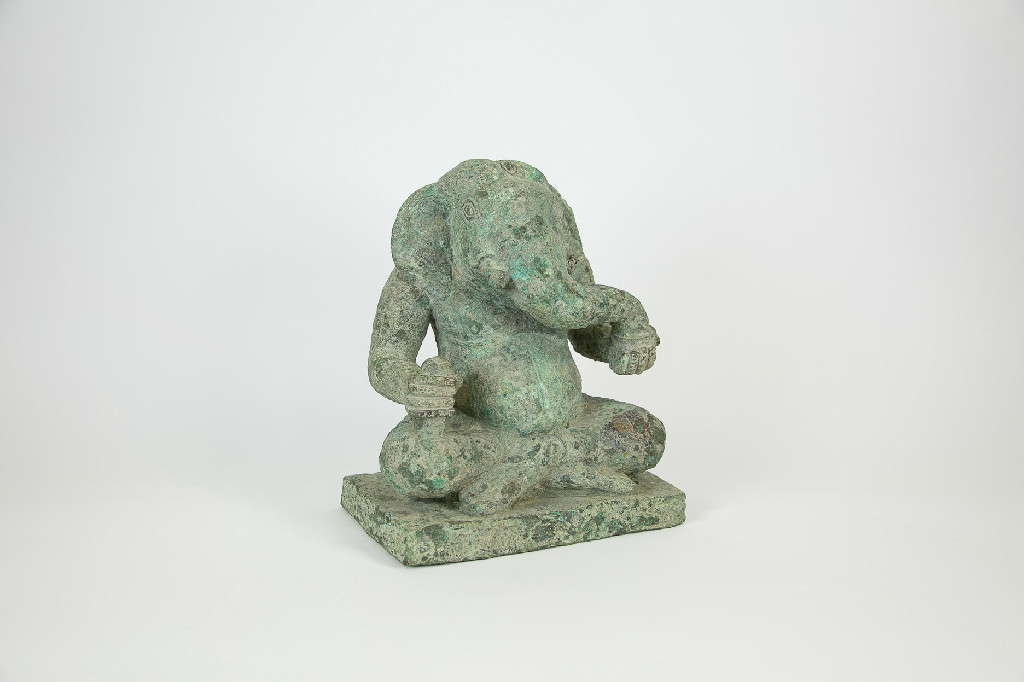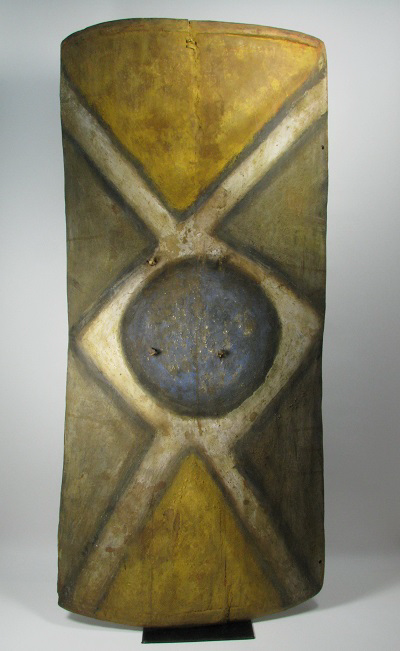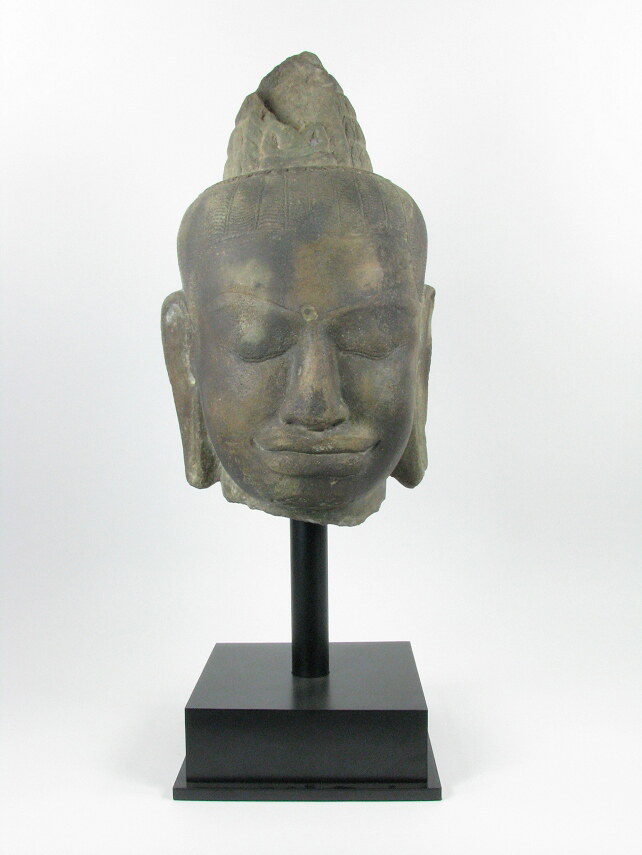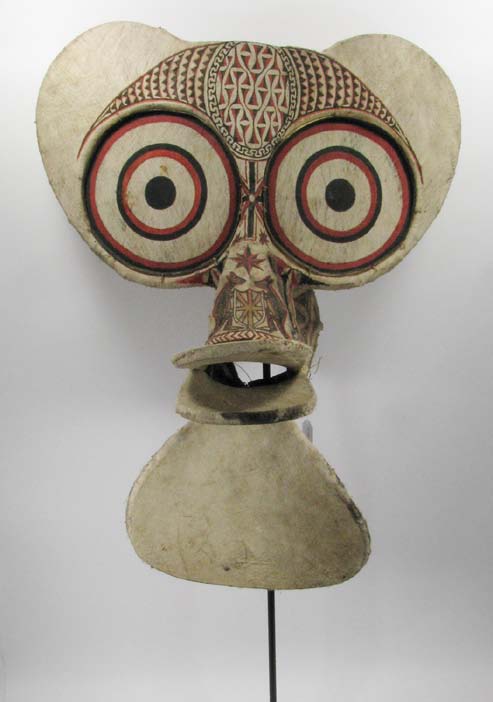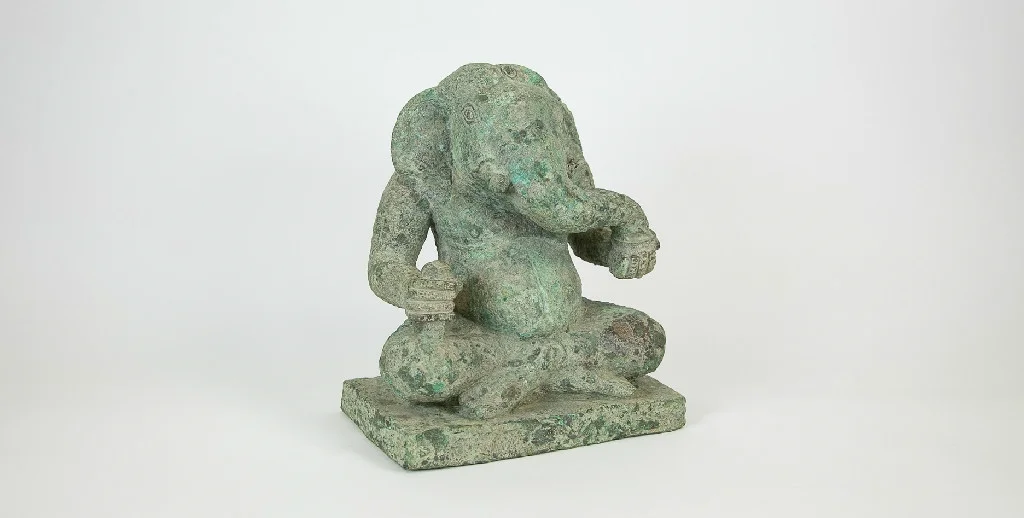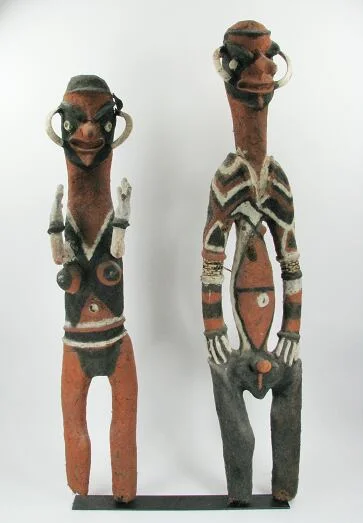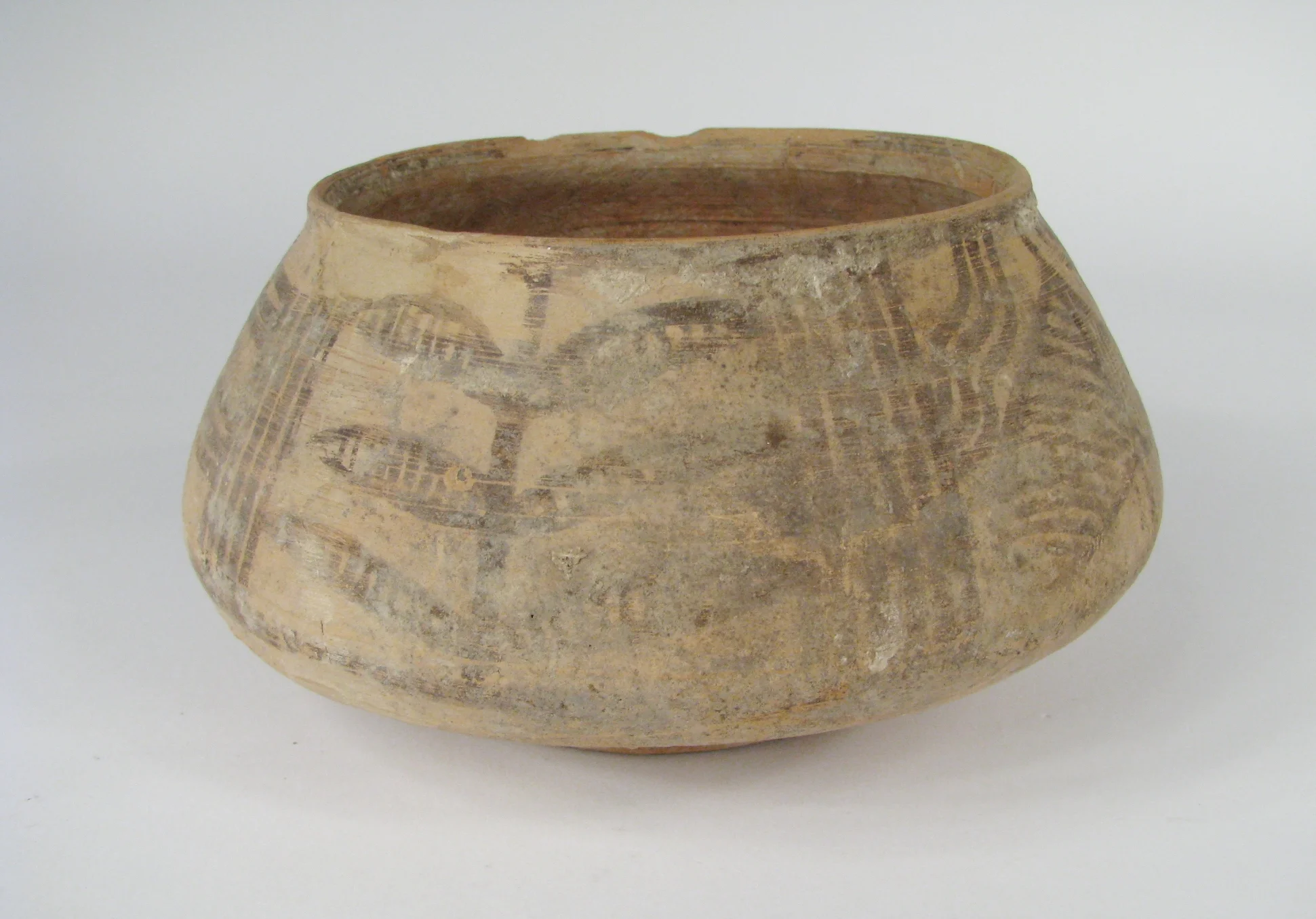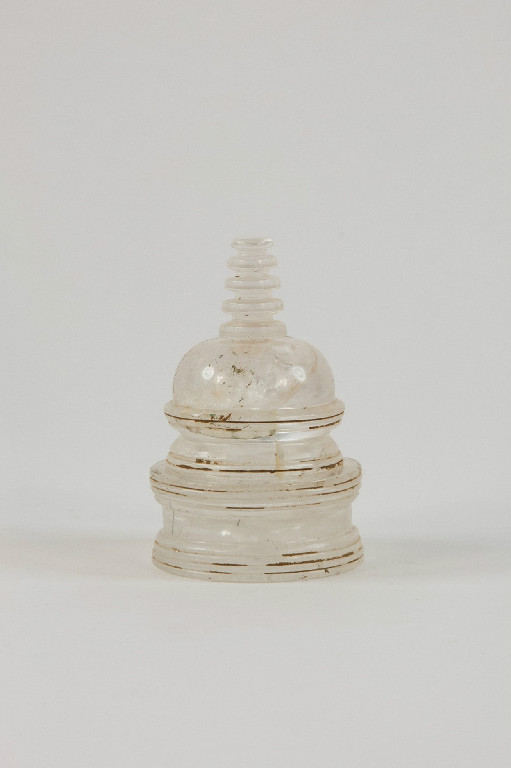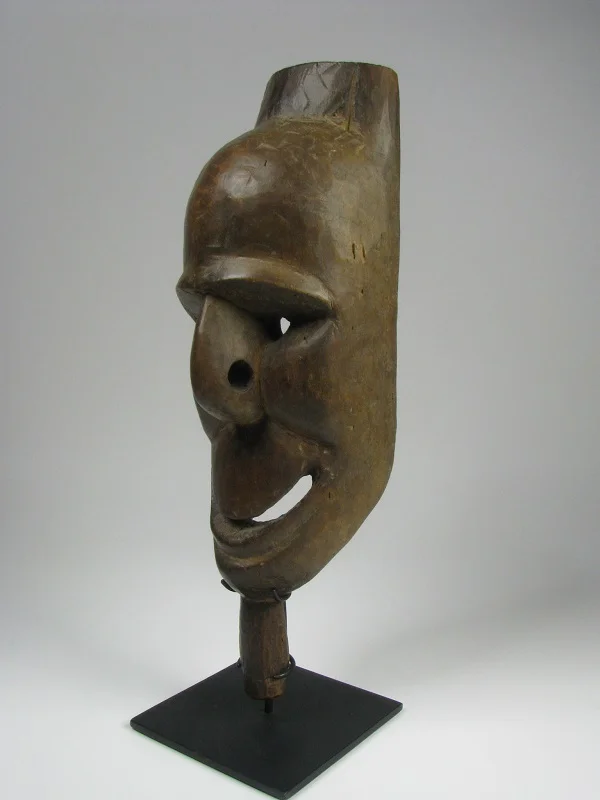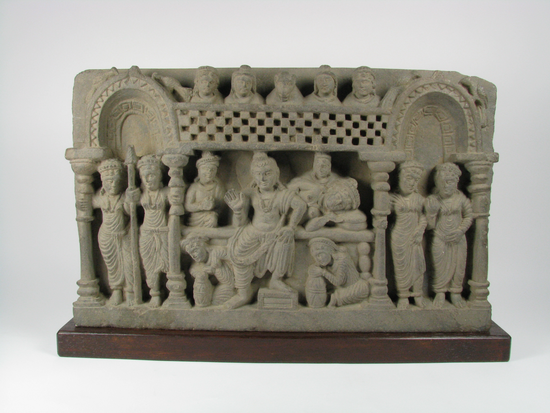
Past Sales
These image galleries show examples of the material culture that has sold at our auctions and those dating back to 2000. Catalogues and Prices Realised Reports are available upon request. Please contact us here The Anwar Safar Collection
From the Kingdom of Saudi Arabia a remarkable collection of 20th Century Middle Eastern Art curated during the 1970s – 1980s, works from Syria, Saudi Arabia, Iraq, Palestine and the Lebanon; and includes paintings by; Jewad Selim, Ali Reziza, Fahad Al Hjailan, Abdul Azziz Alnajjim, Othman Kharashi, Tarek Yamout, Akeel Al Ousi, Wajeeh Nahle, and others.
Anwar Safar was born in the small village of Tal-Addura, Syria during 1949. It was not until after graduating from school that Anwar was able to pursue the work of his choice by became an art teacher. It was during this time he met his future wife who was teaching languages at the same school. After their wedding they moved to Saudi Arabia during the 1970s where Anwar established Bana Art; an art shop and framing business that included a modest art gallery. These were the golden years of Art and culture in Saudi Arabia. The artistic community flourished and Bana Art became a hub for artists. It was during those years that Anwar met and cultivated long lasting friendships with artist from all over the Middle East many of whom would become some of the regions most celebrated painters. Through his friendships and business dealing with artists Anwar created a magnificent and divers collection of art. Over the years Anwar commissioned works directly from artists he would also be given works by artist in return for the supply of materials and as friendships grew Anwar also received many paintings as gifts.
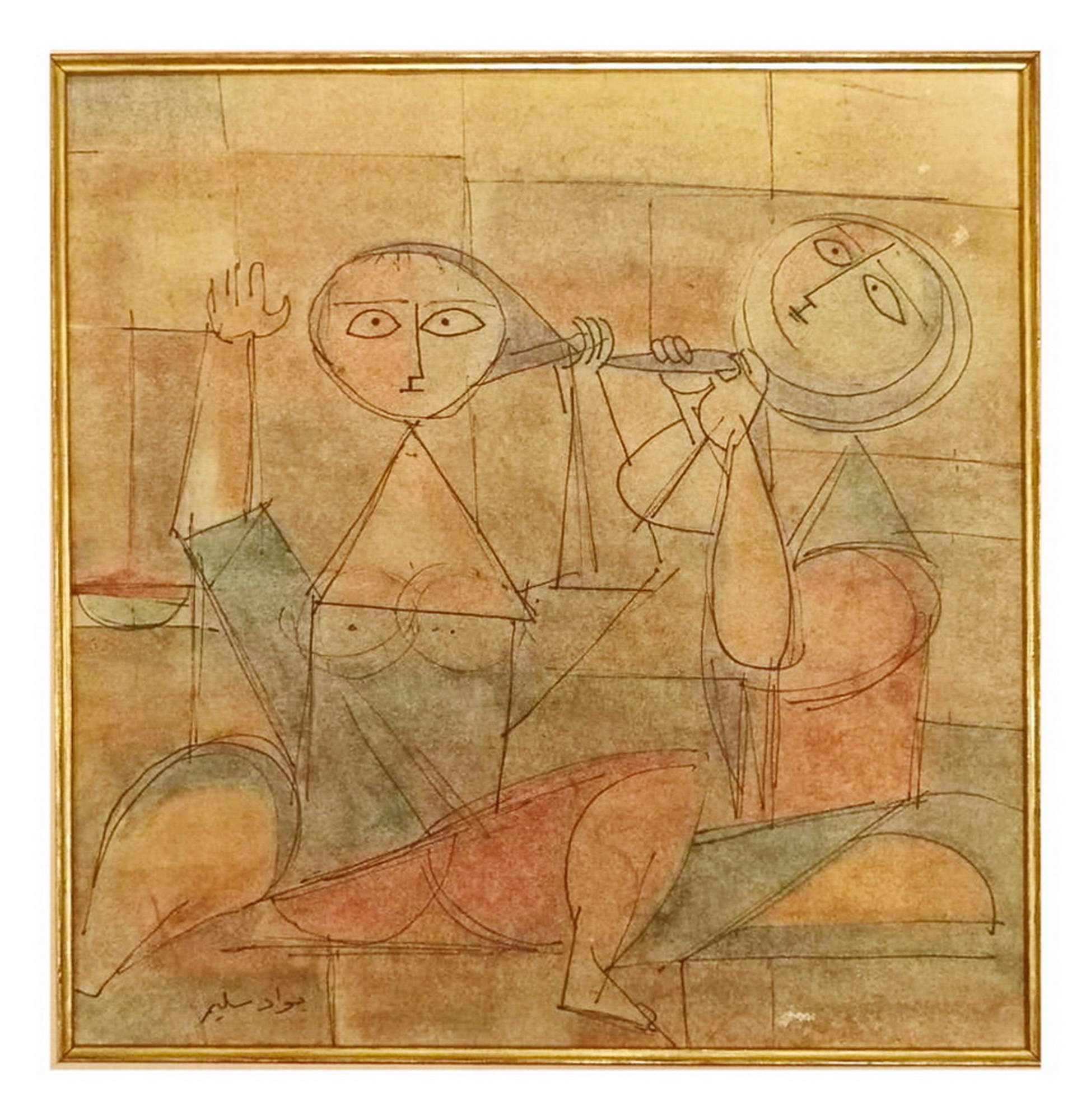
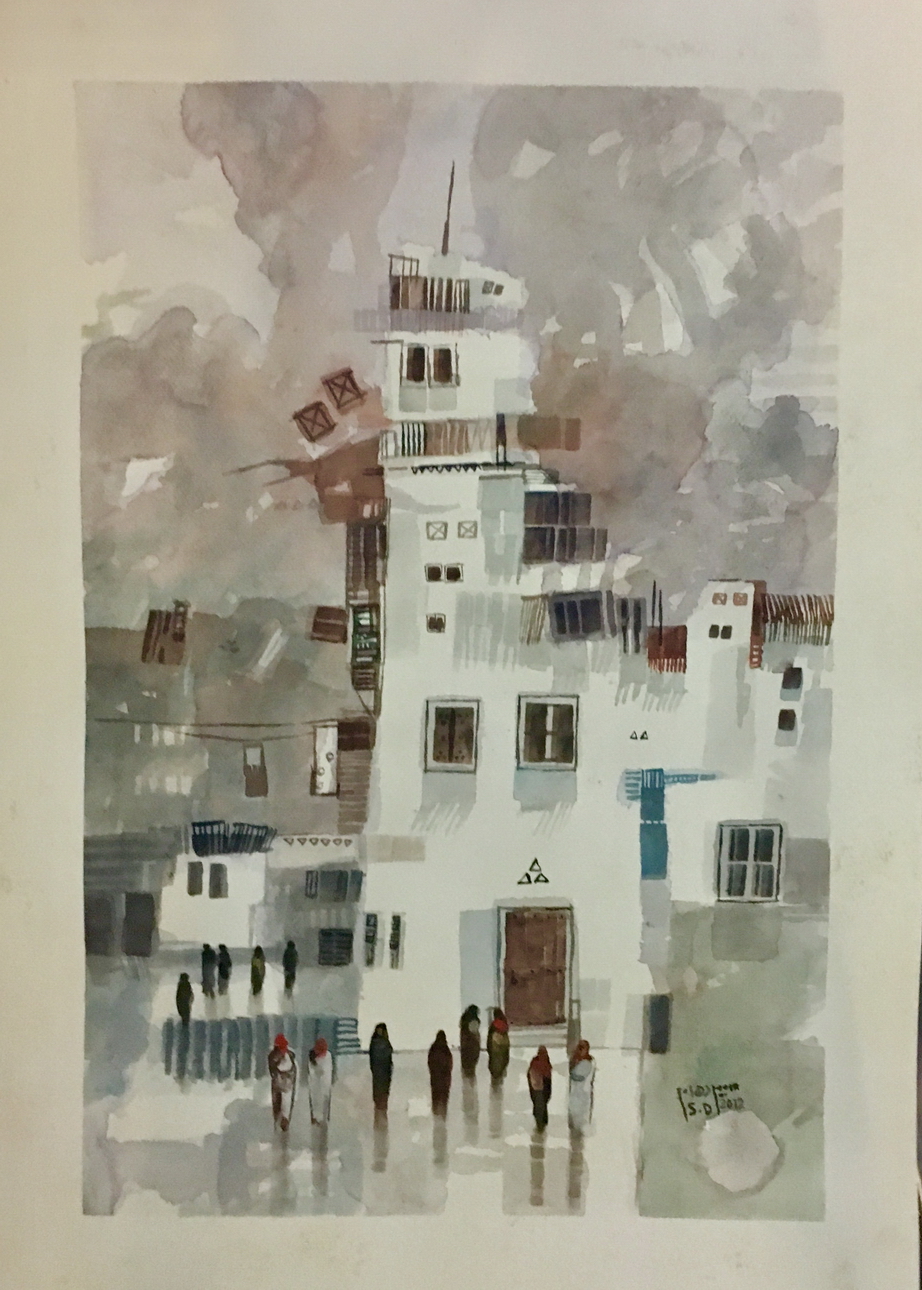


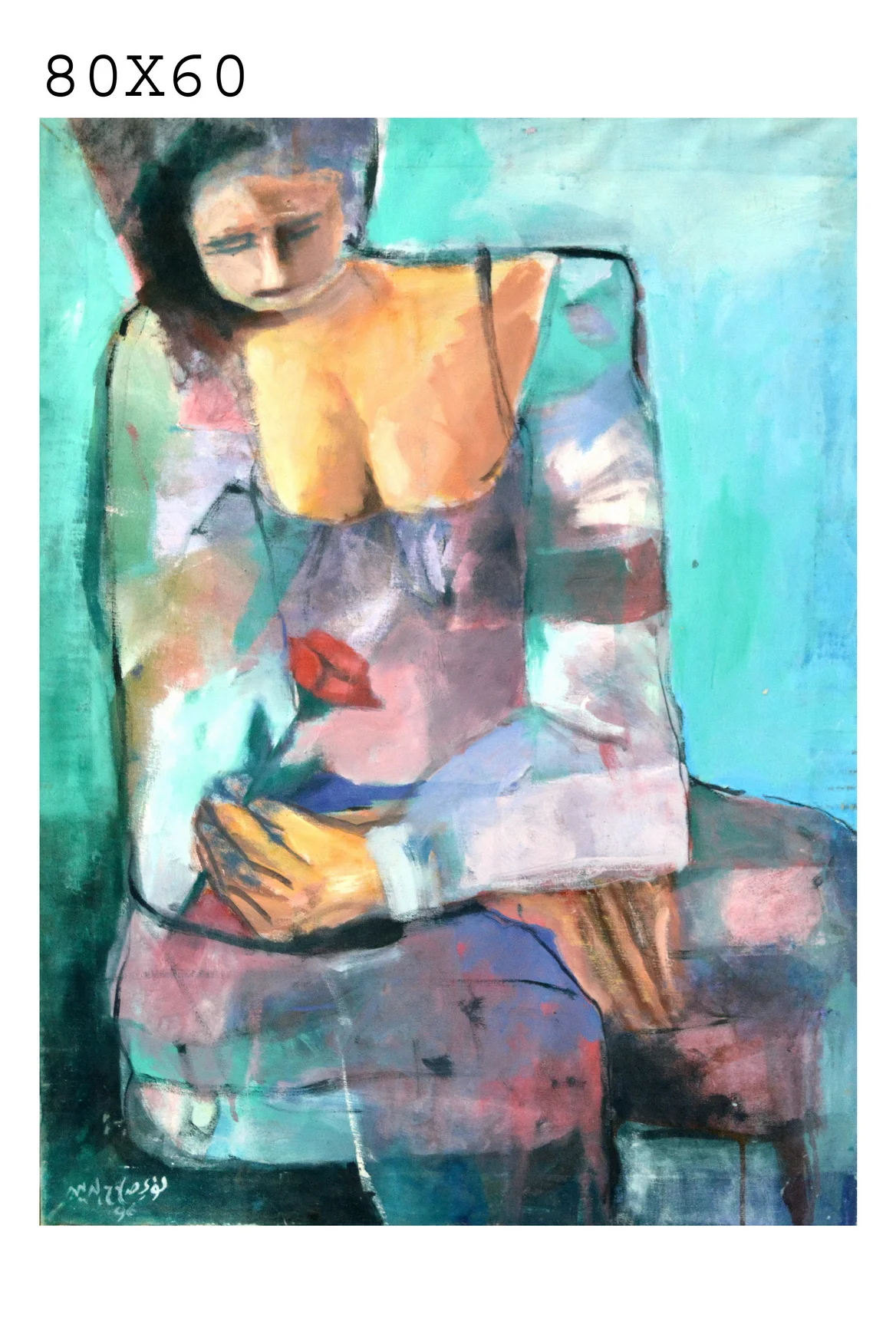
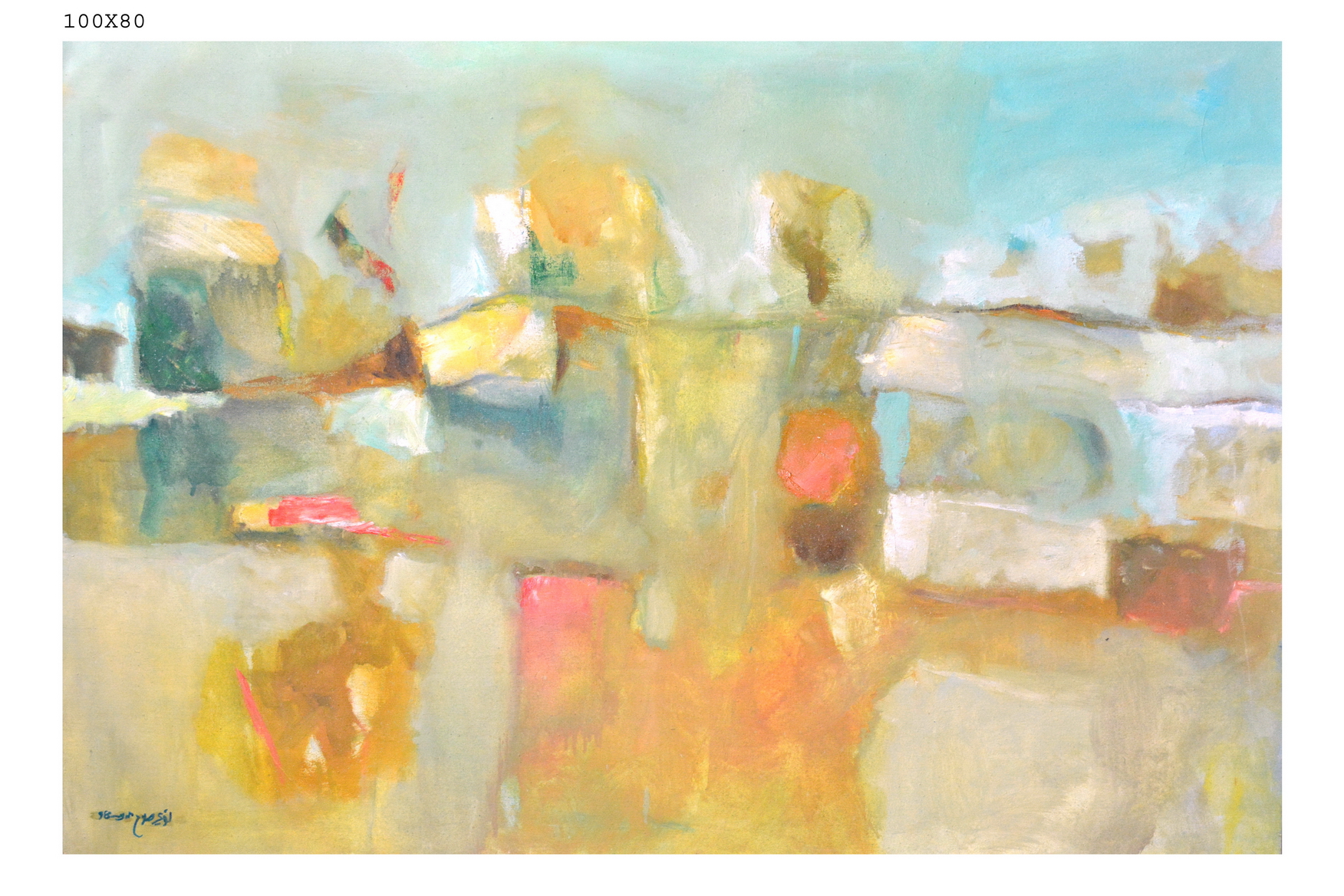


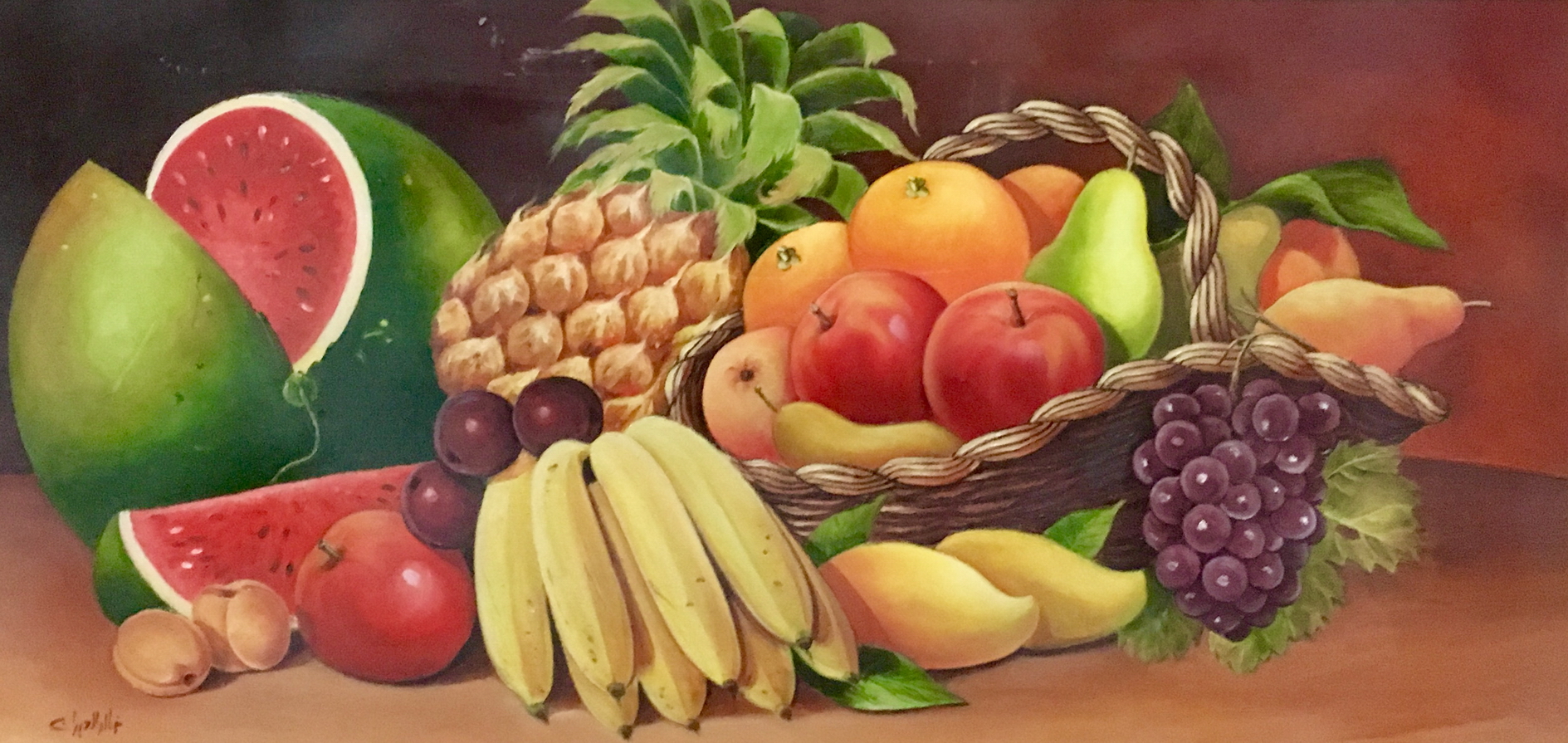






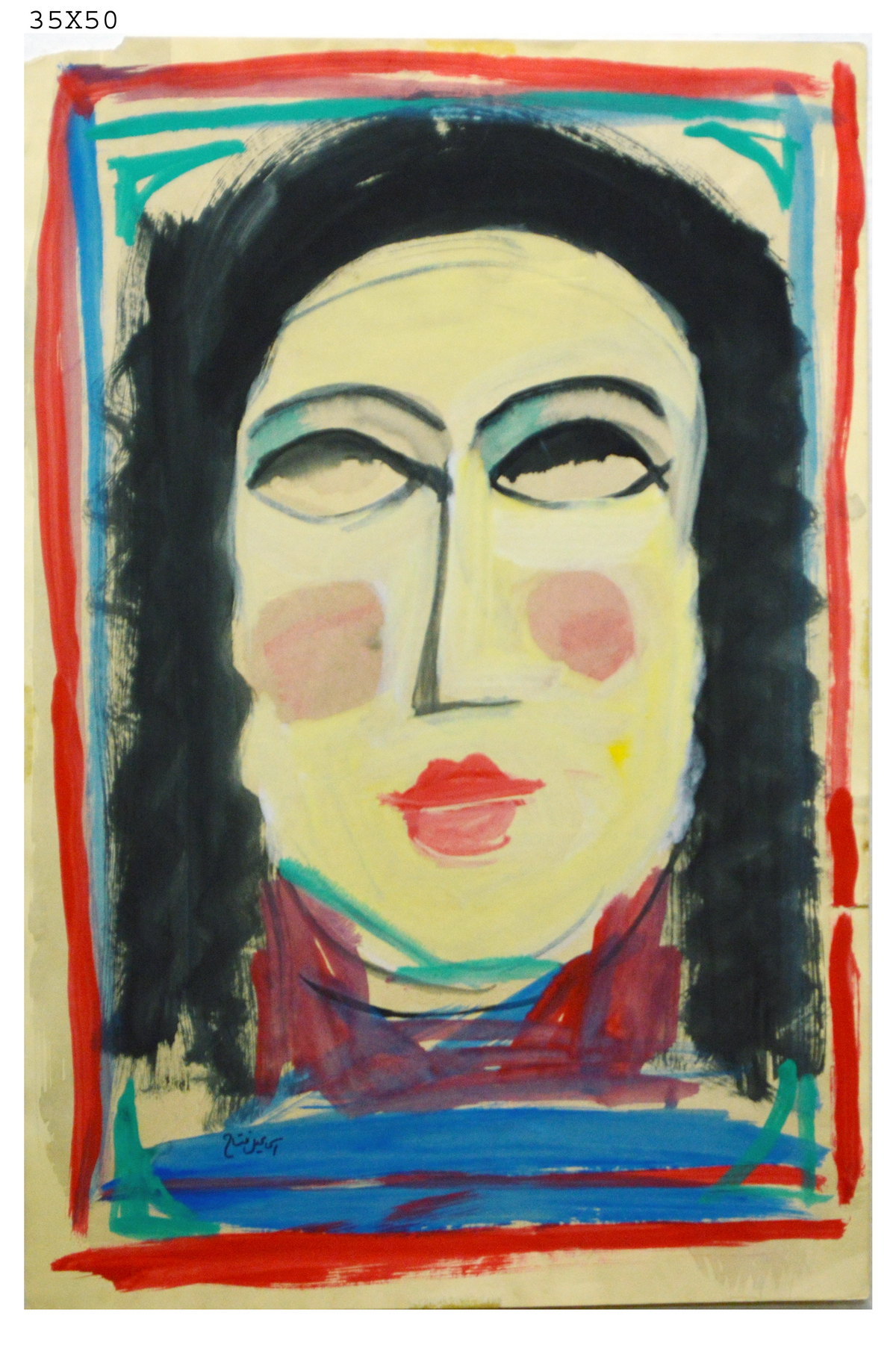





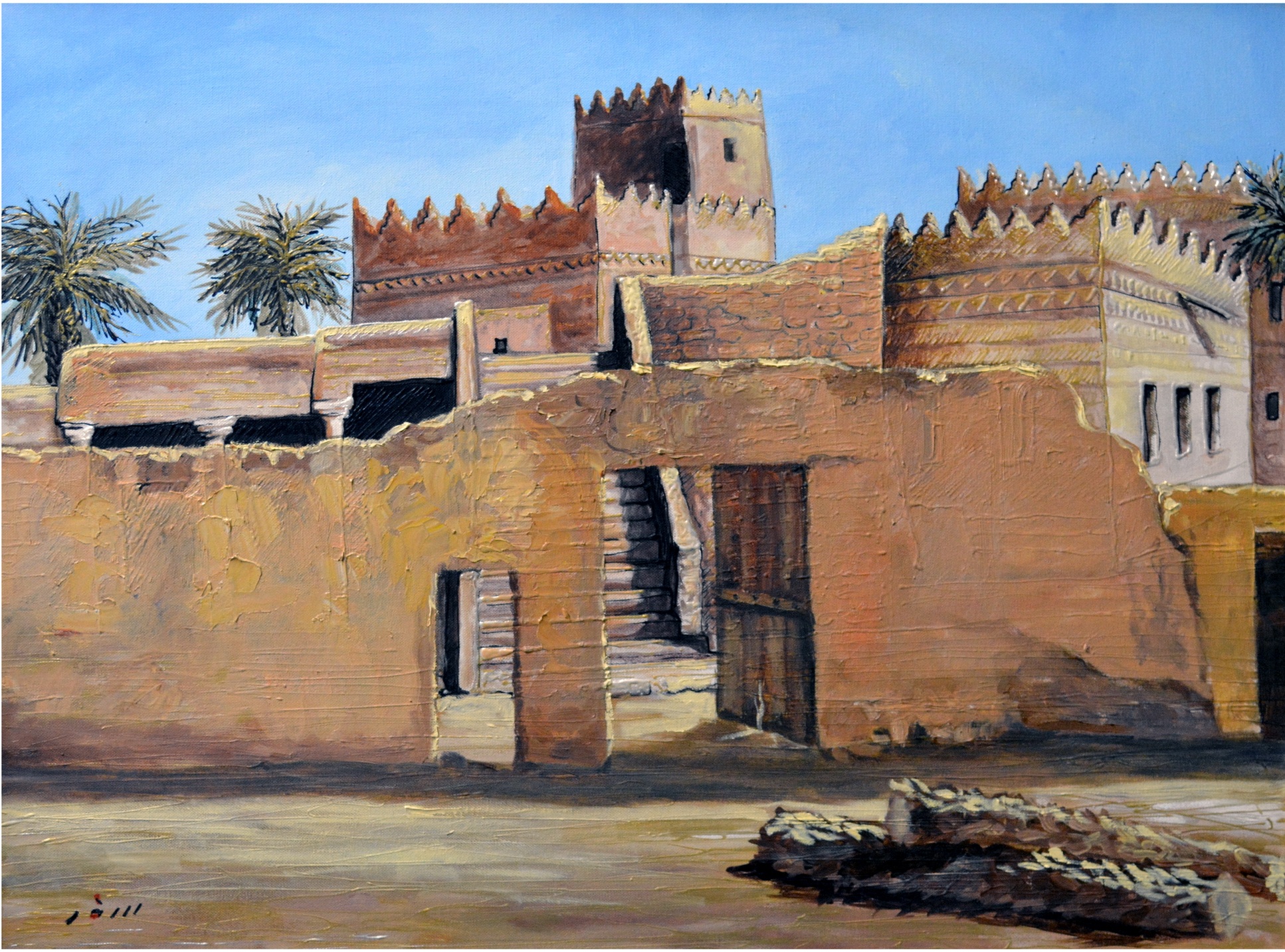
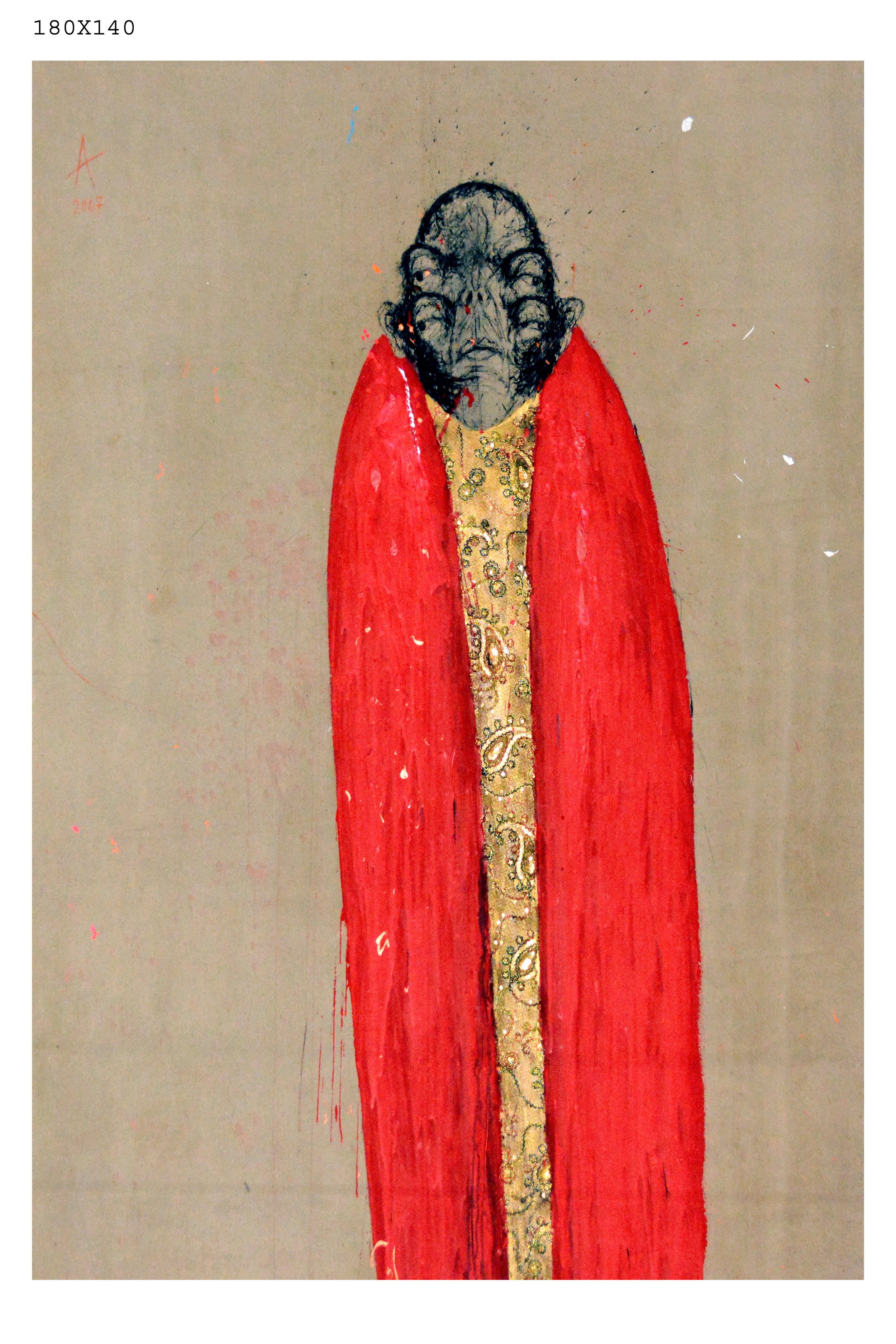
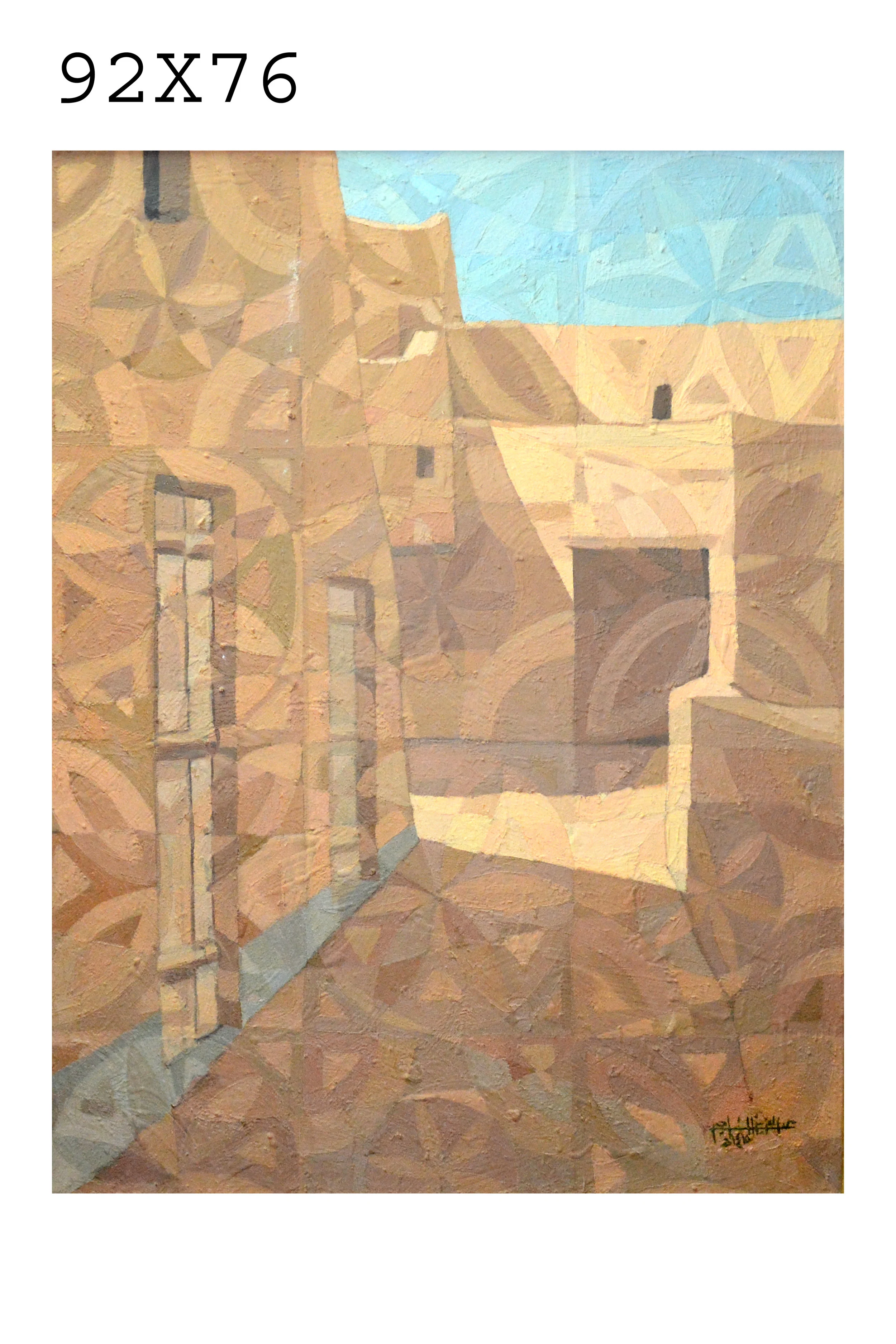


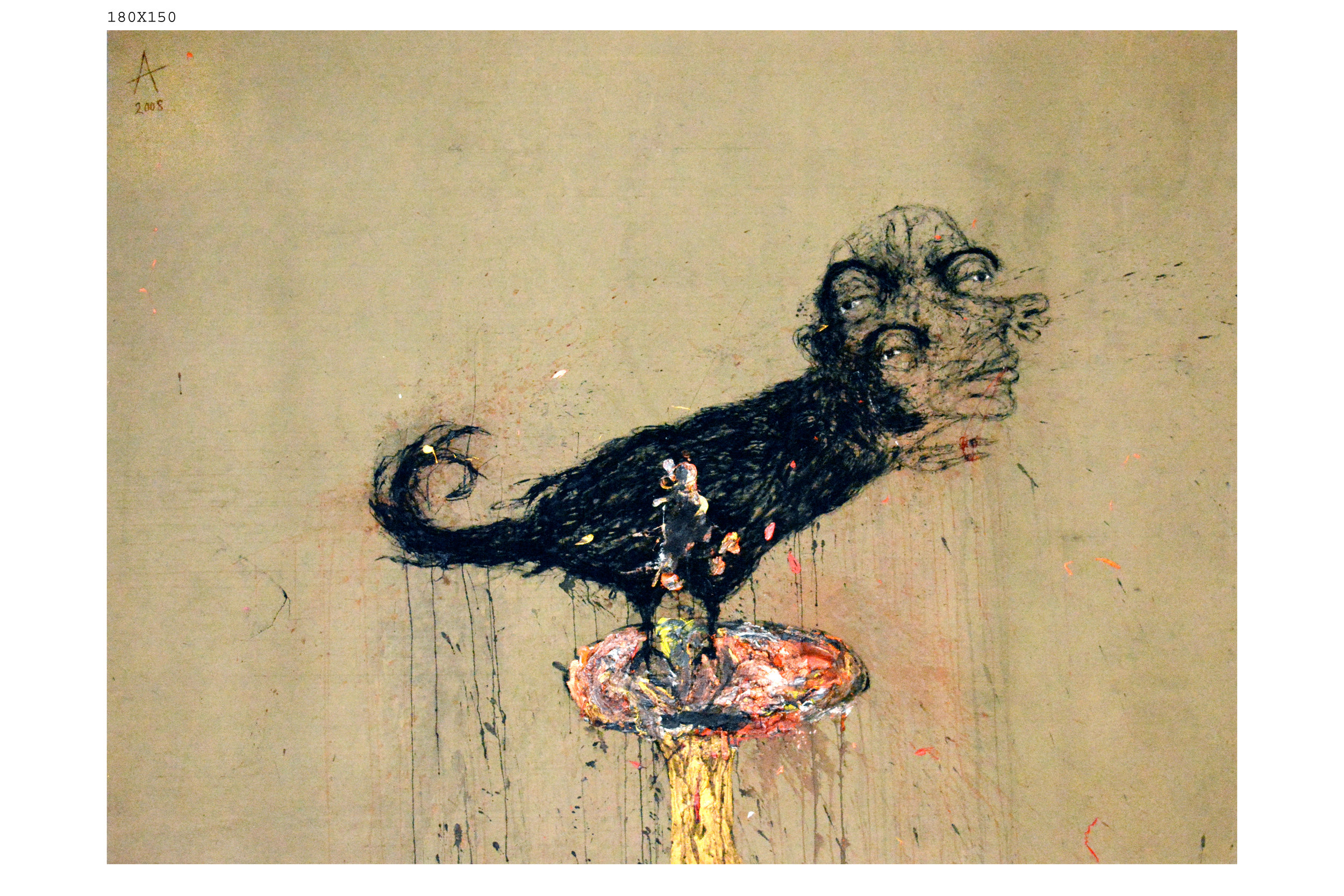
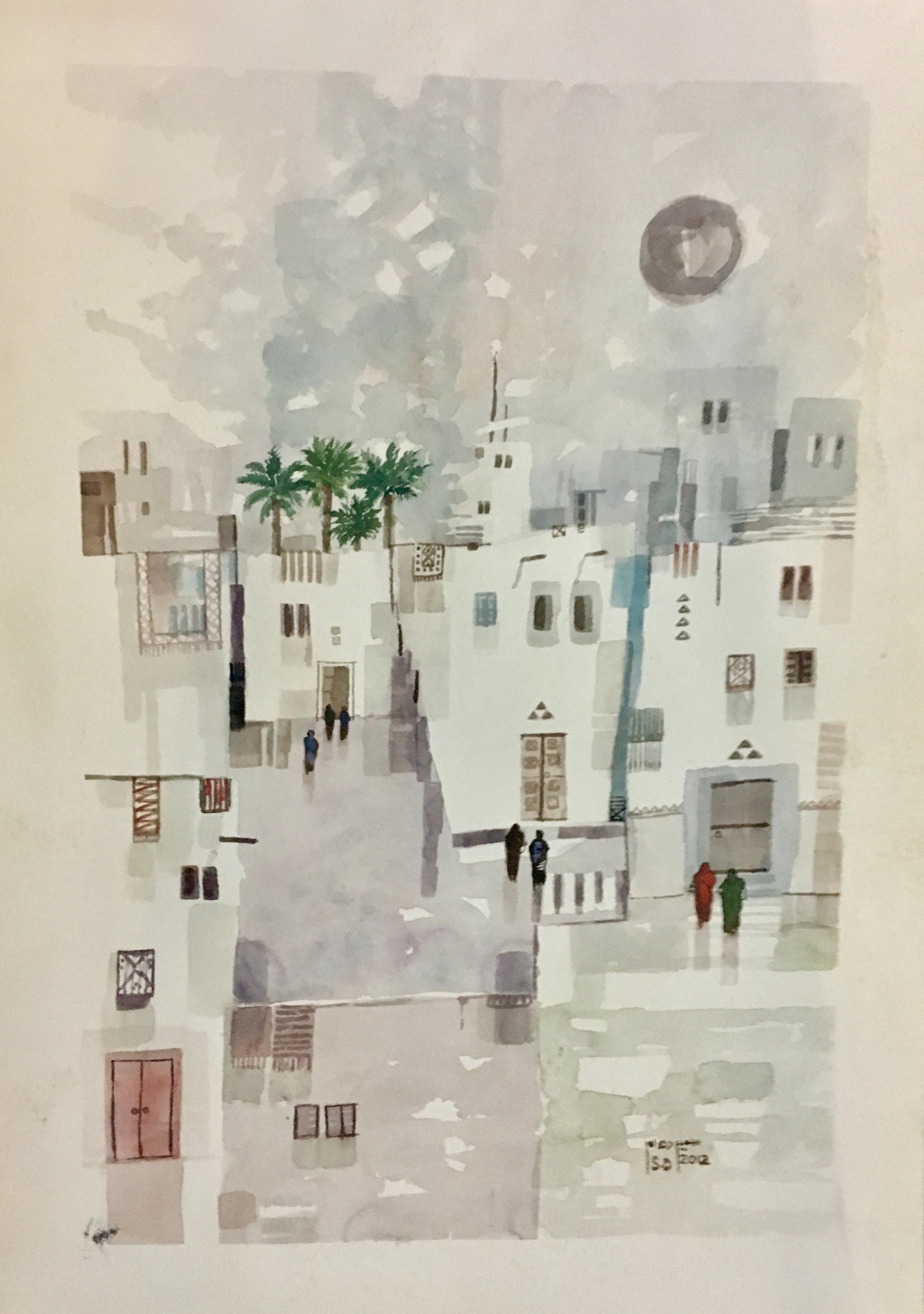
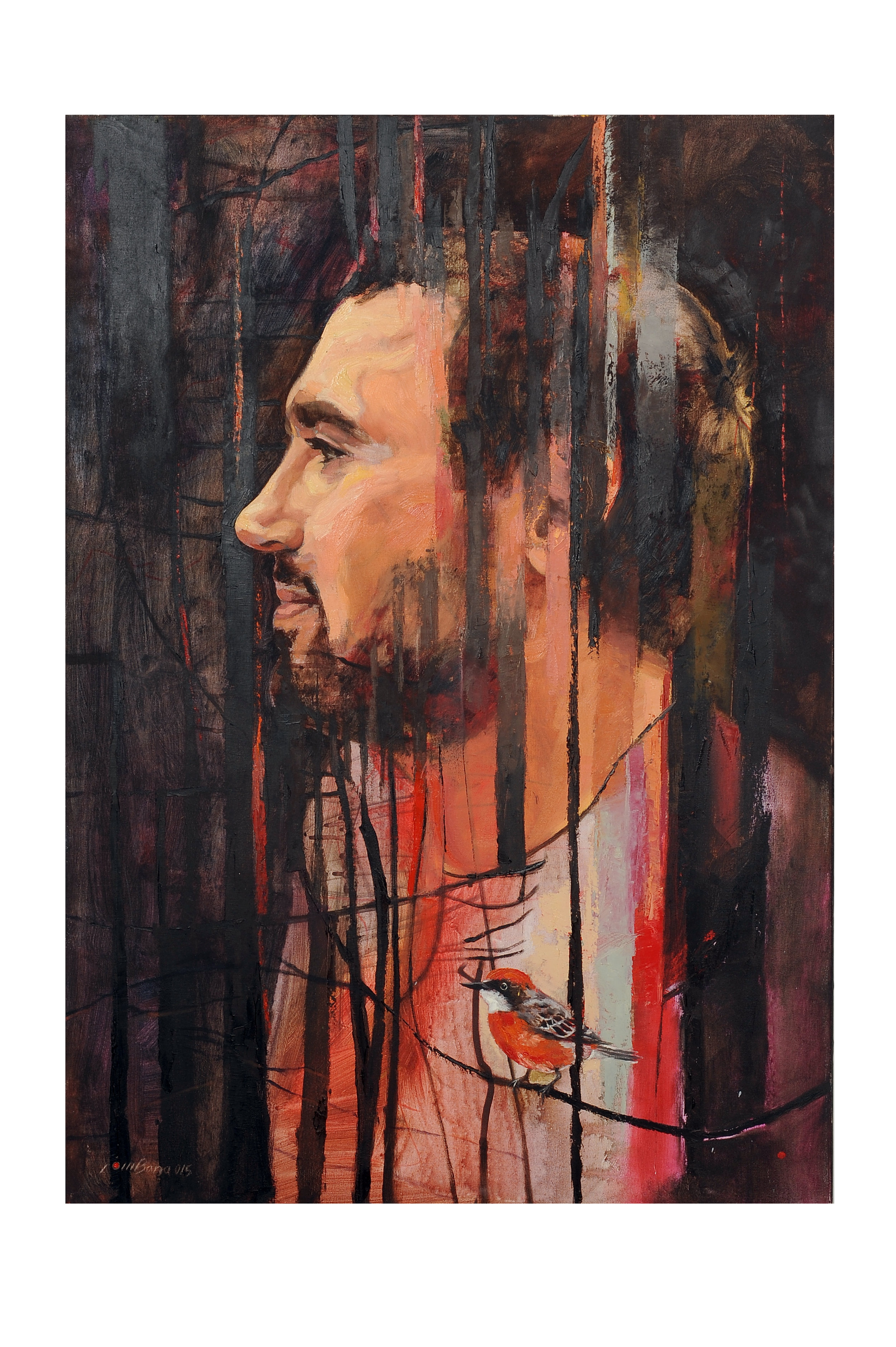
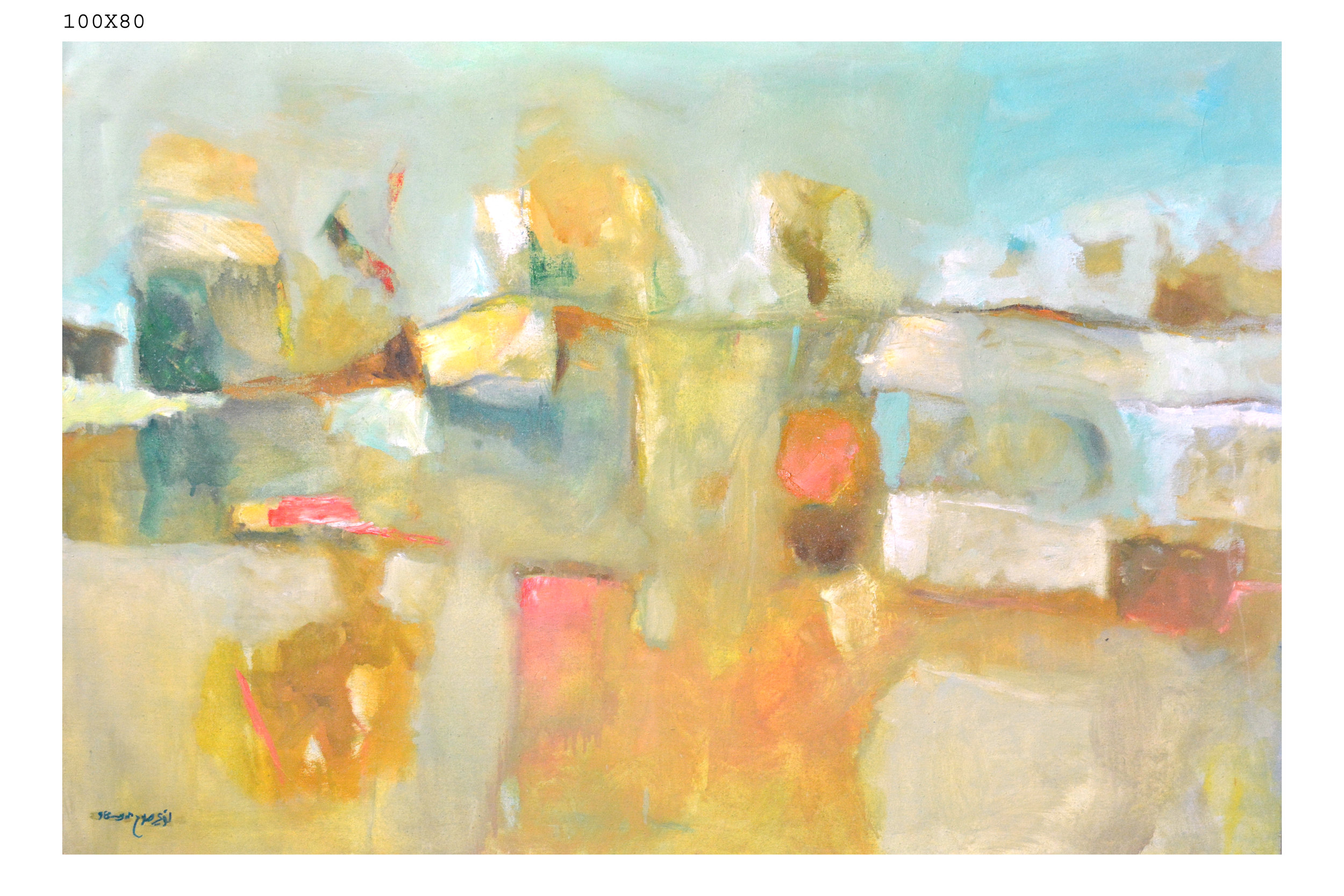
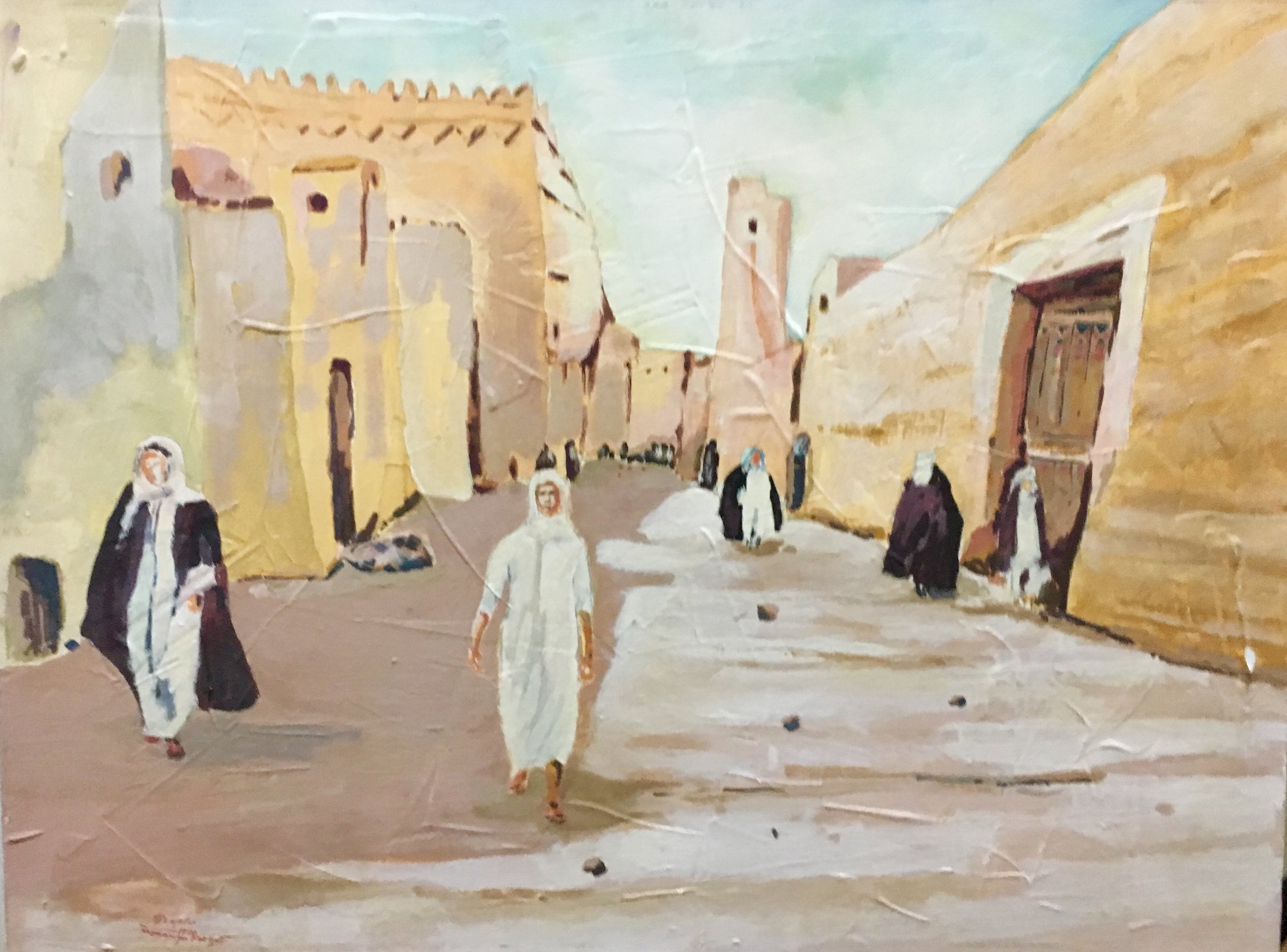
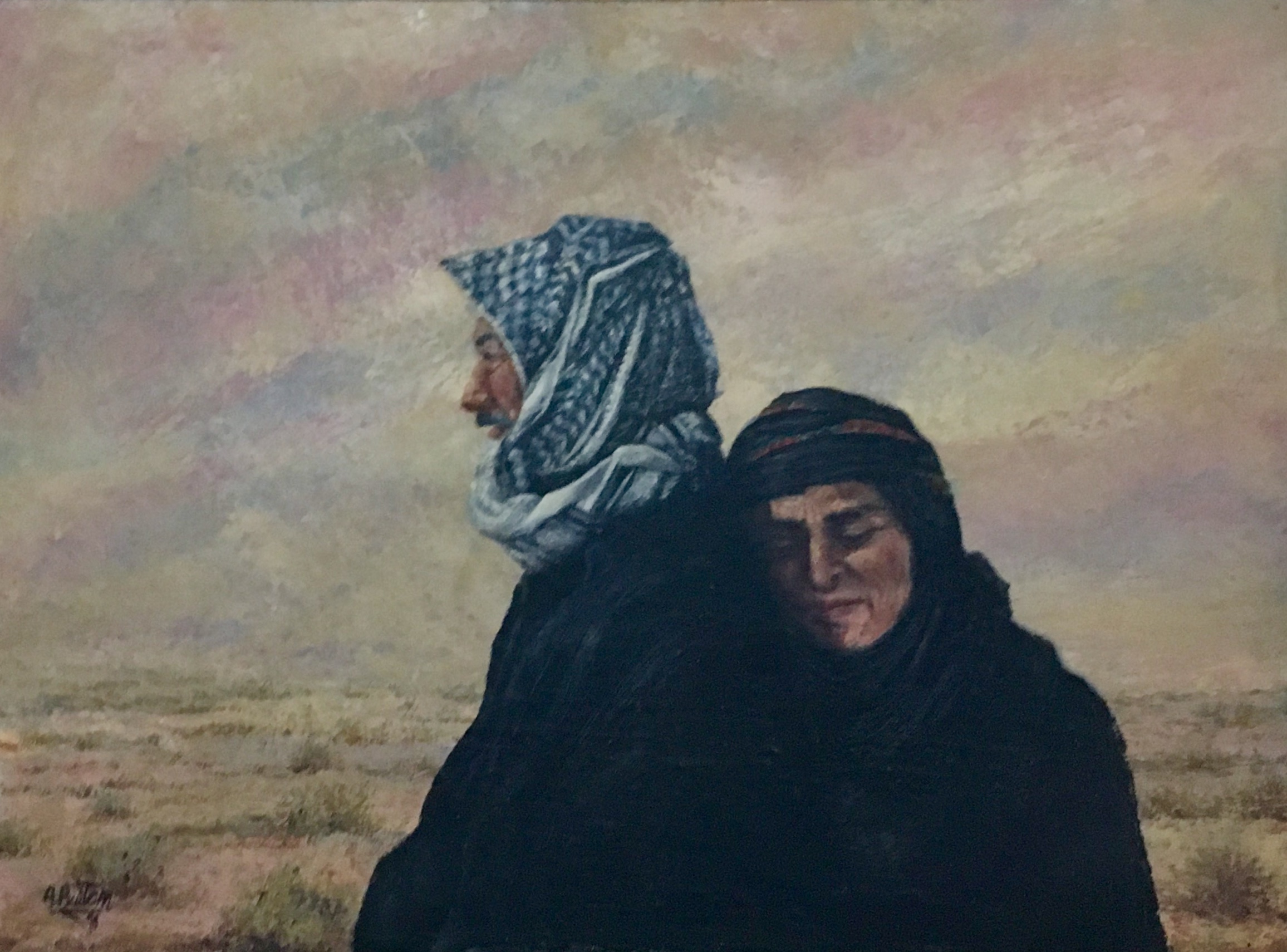

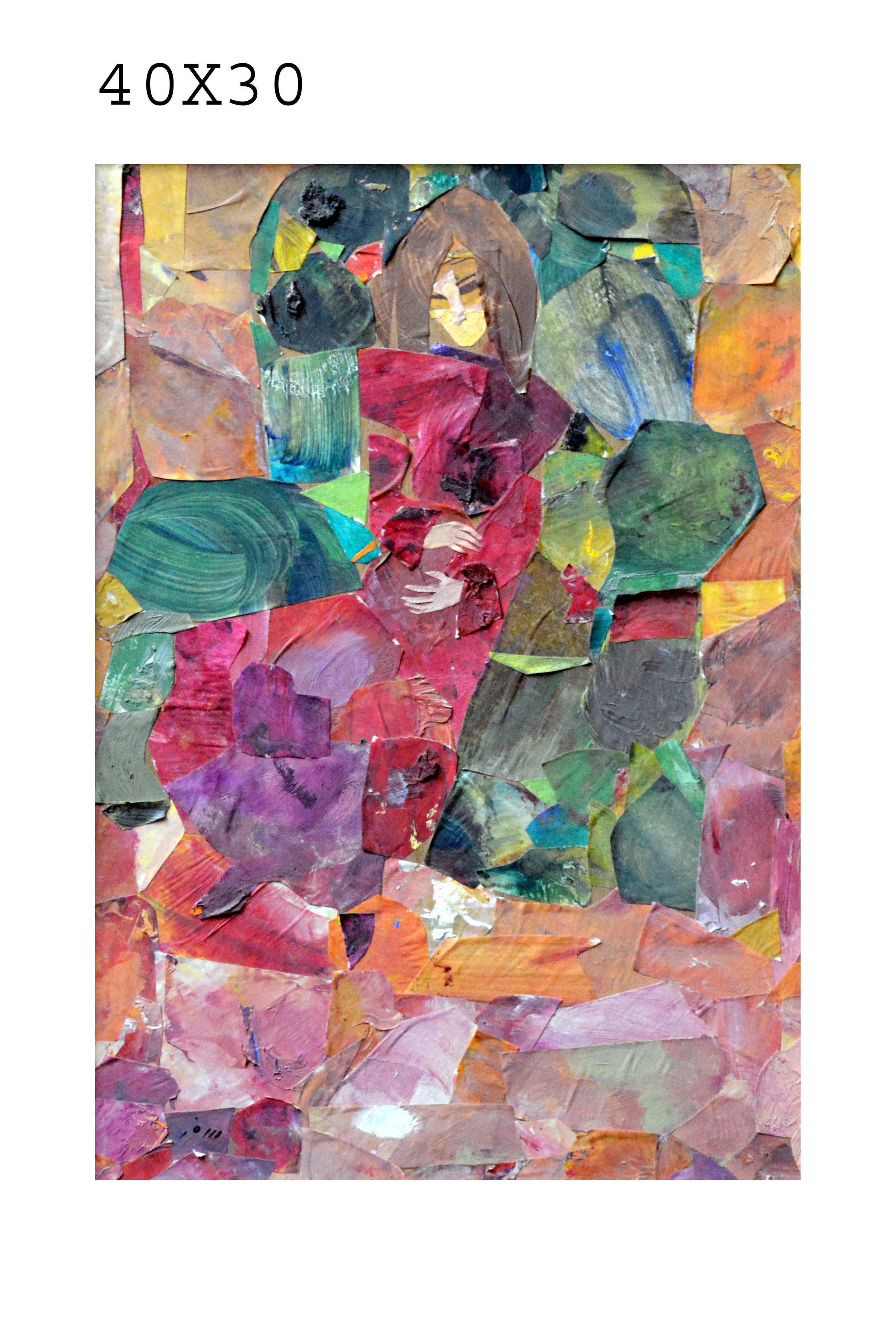
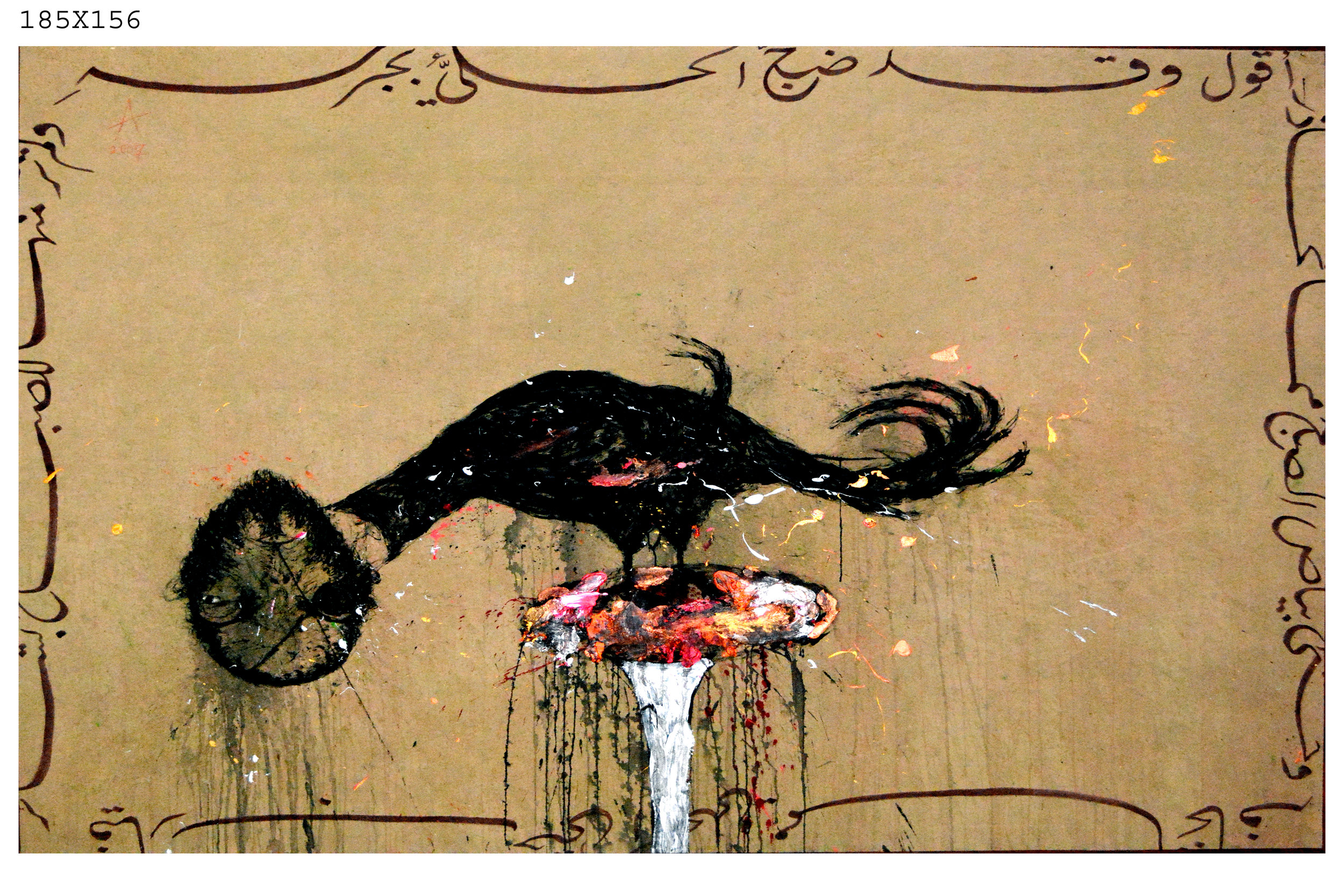
The Huang Yu-Li Collection
Huang-Yu-Li’s family hails from Taiwan and her ancestry can be traced back to the Ming Dynasty. Yu-Li was born in Taiwan during the Japanese occupation of the country.
A Bachelor of Science at Fuzen Catholic University, Taipei, was Yu-Li’s formal training, but her passion lay with art and after university, she found a position at The National Museum of History in Taipei. In her role there she was often called upon to view the art on display with the director and she was included in meetings with visiting artists, national figures and academics. The first exhibition on which she had the privilege of assisting to setting up the display was Ceramics by Picasso. The collection was on loan from France under cultural exchange program between museums. Facilitated by her expanding experience in the museum and knowledge of Chinese art, Yu-Li’s own interest in art collecting – and the business of collecting – began to grow. When the museum chose works of art to add to its collection, Yu-Li would often be included in meetings and it was through this process that Yu-Li developed her knowledge and experience in the world of collecting.



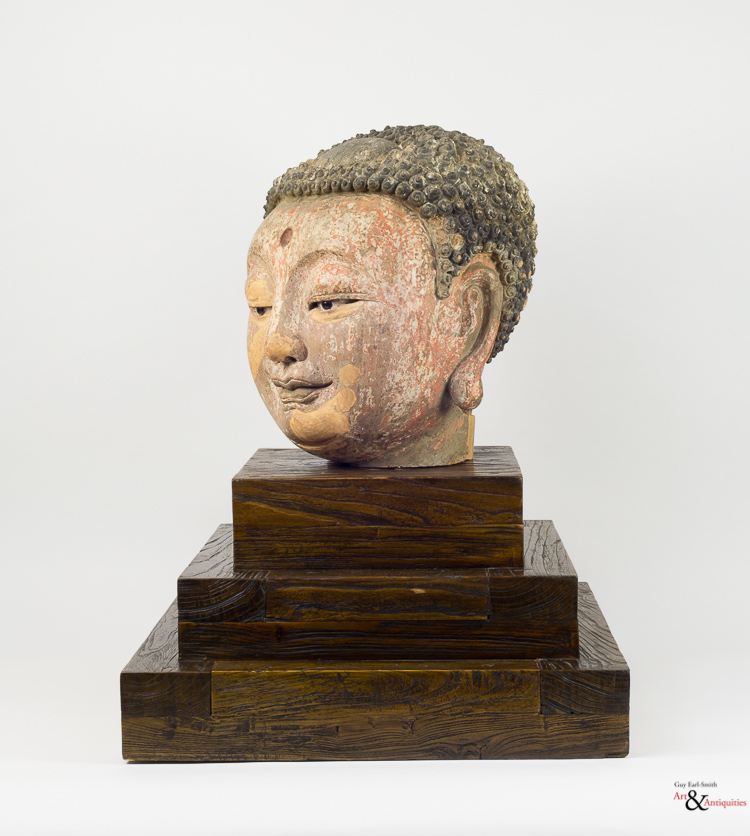

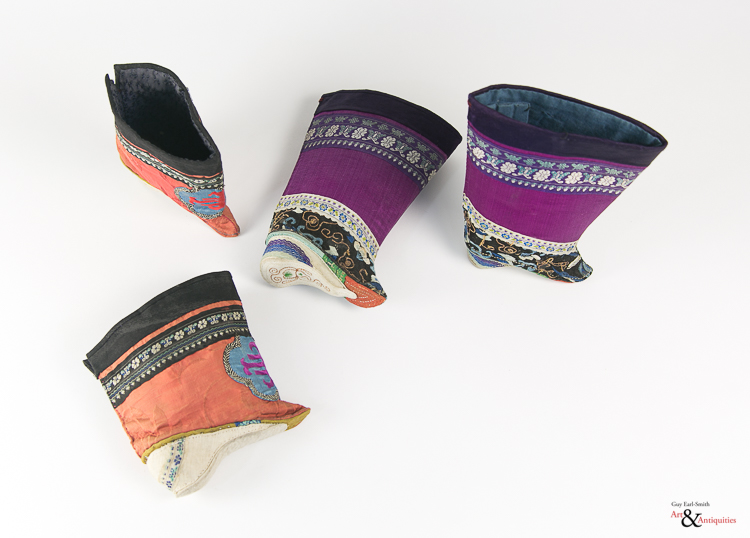
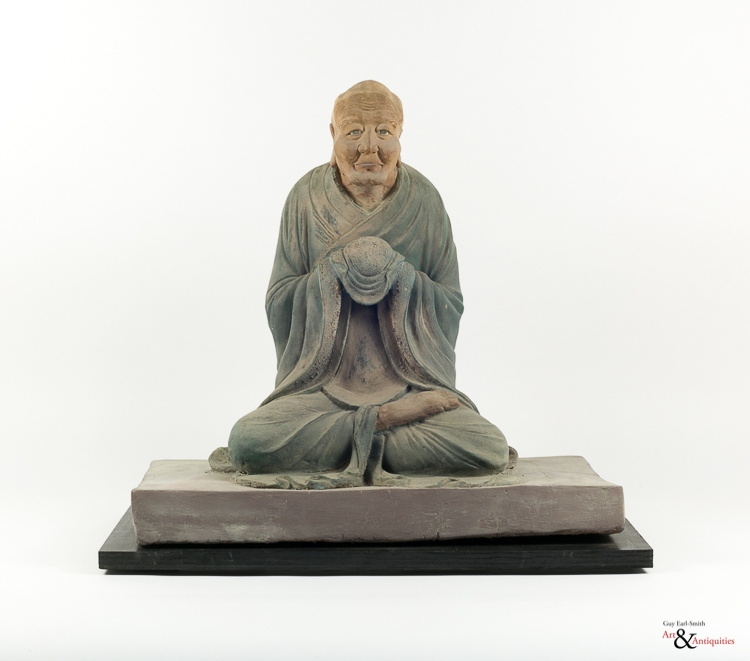
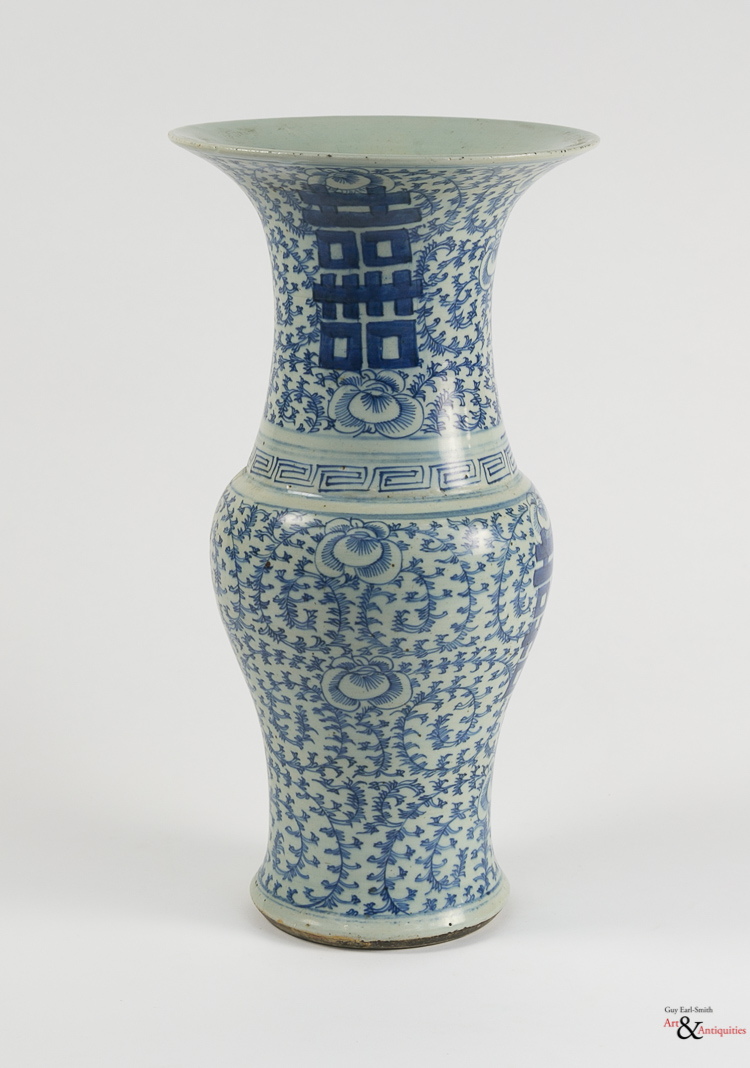

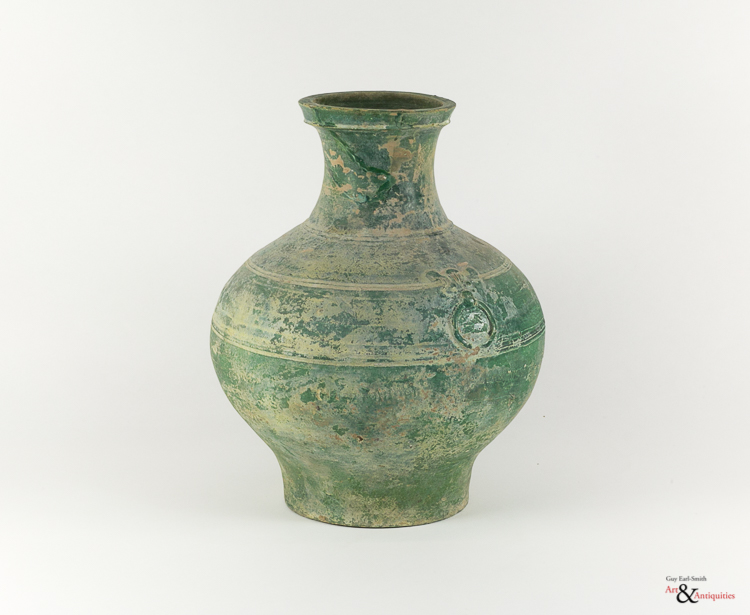
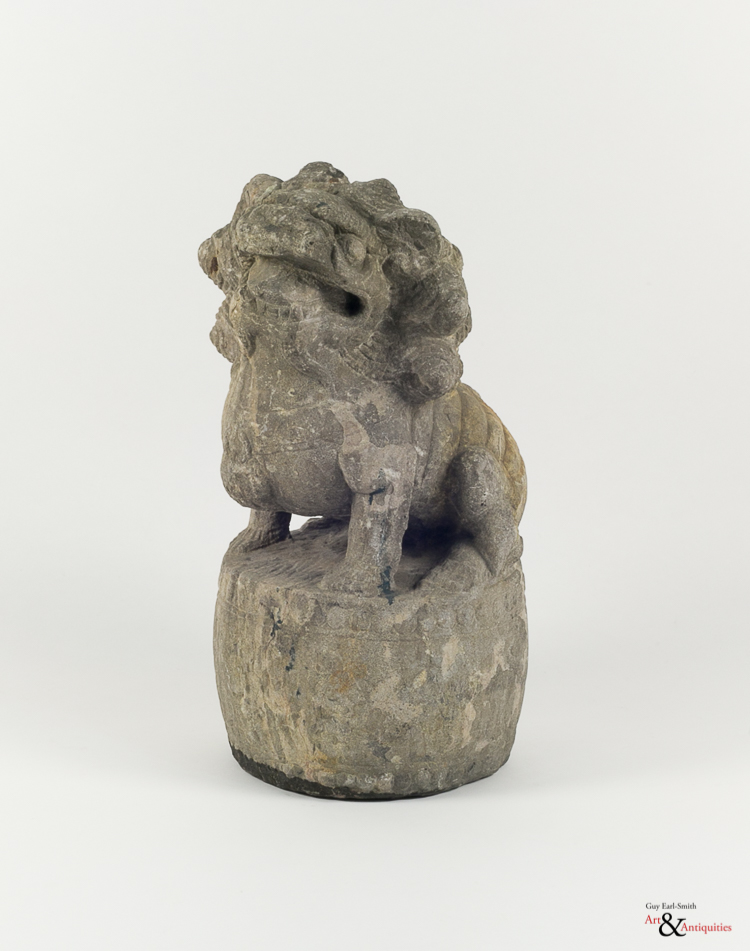

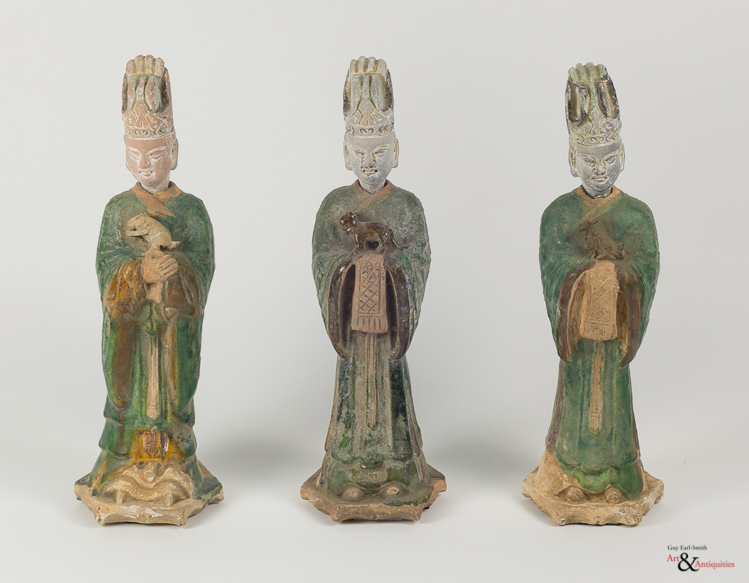
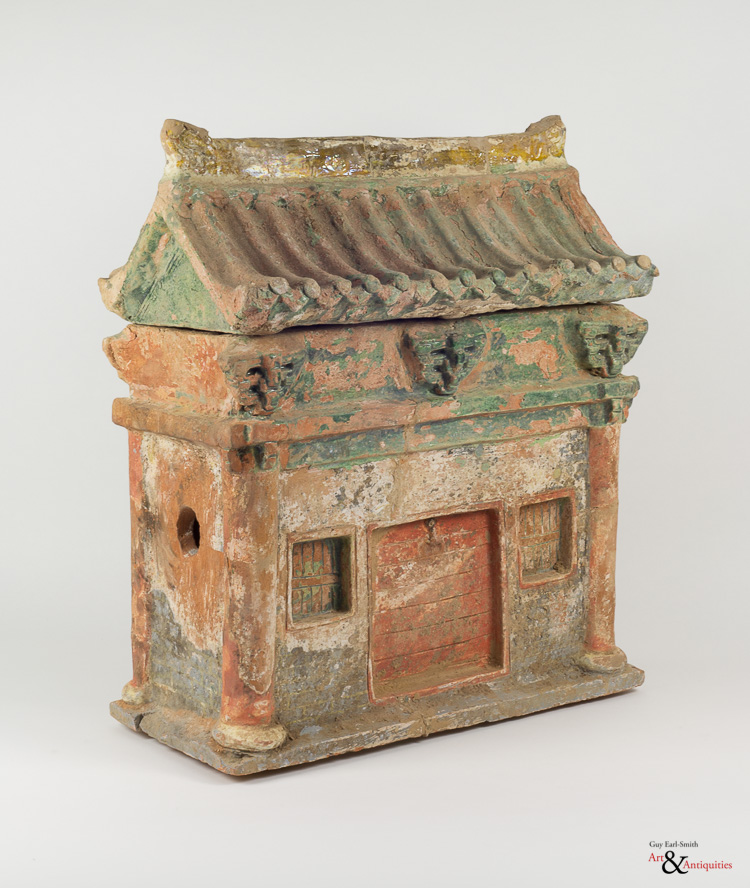
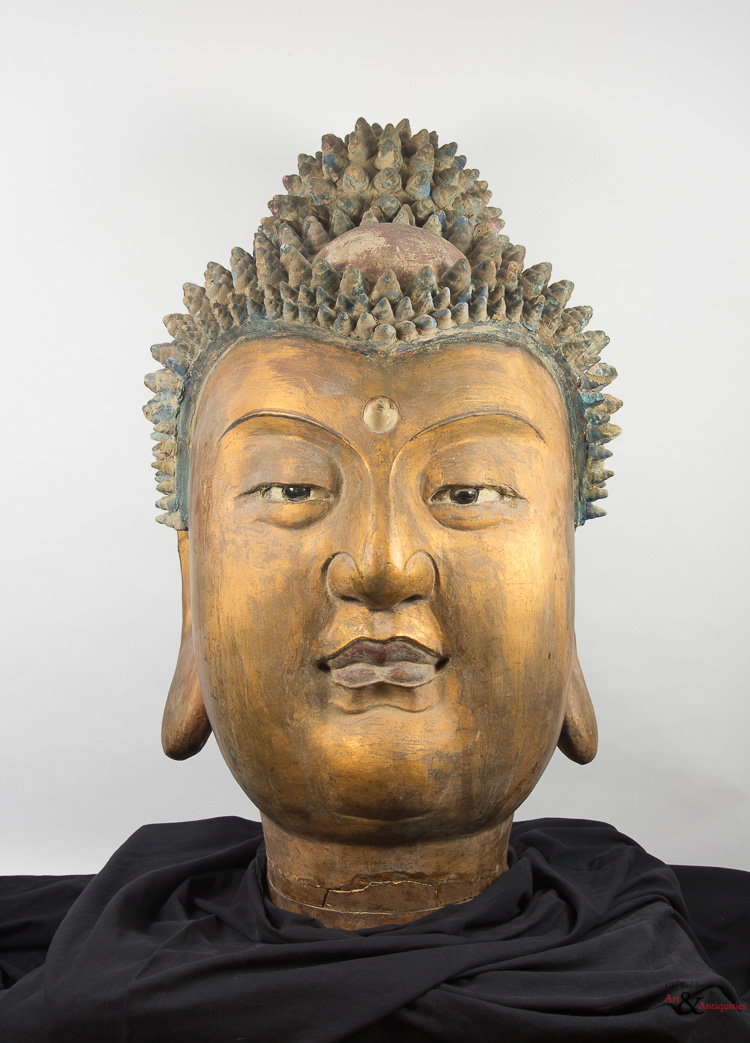
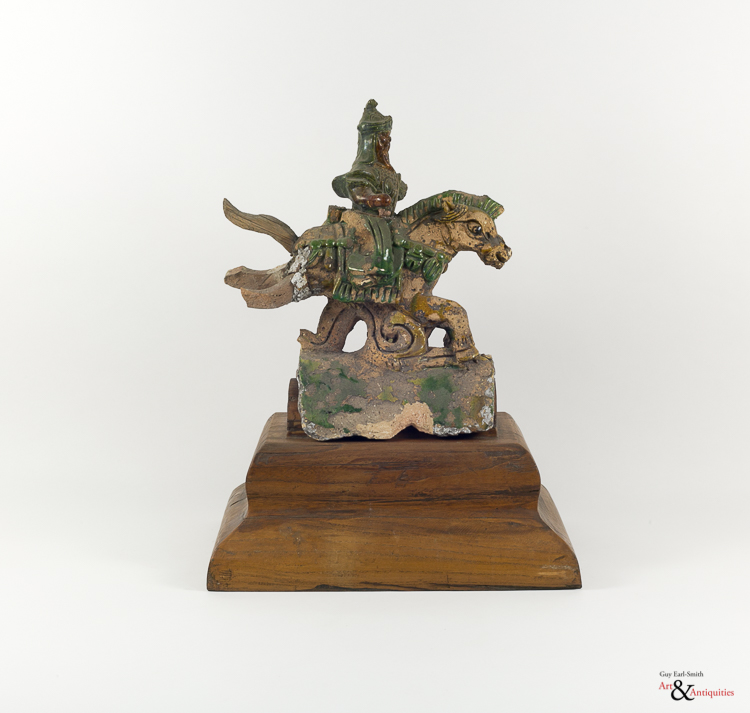






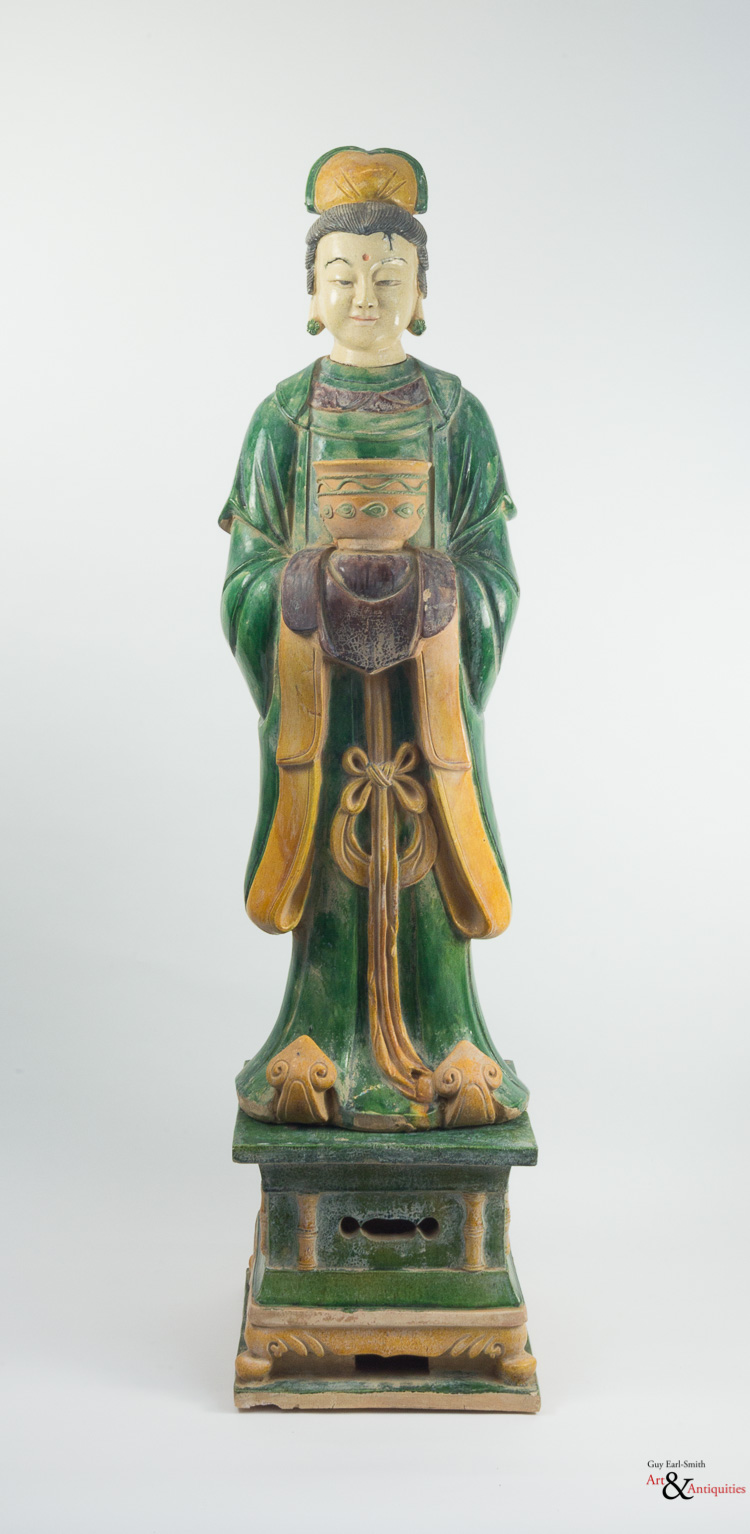
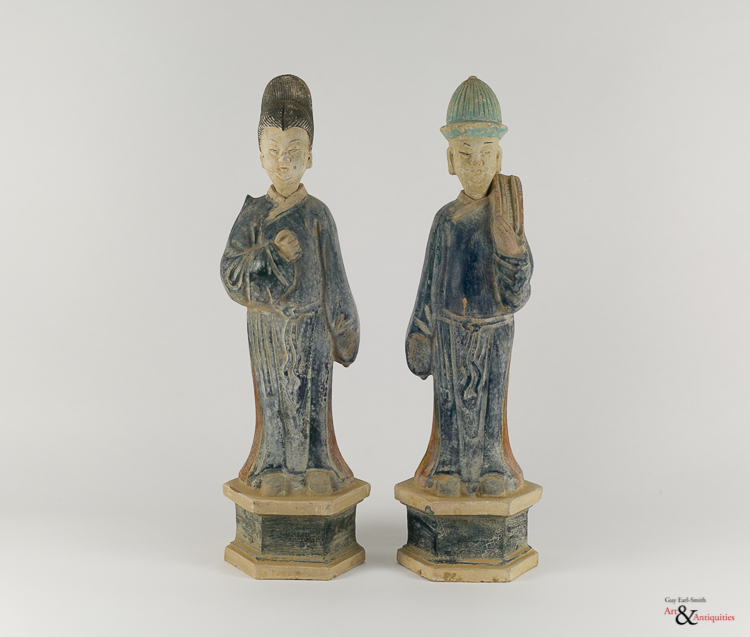
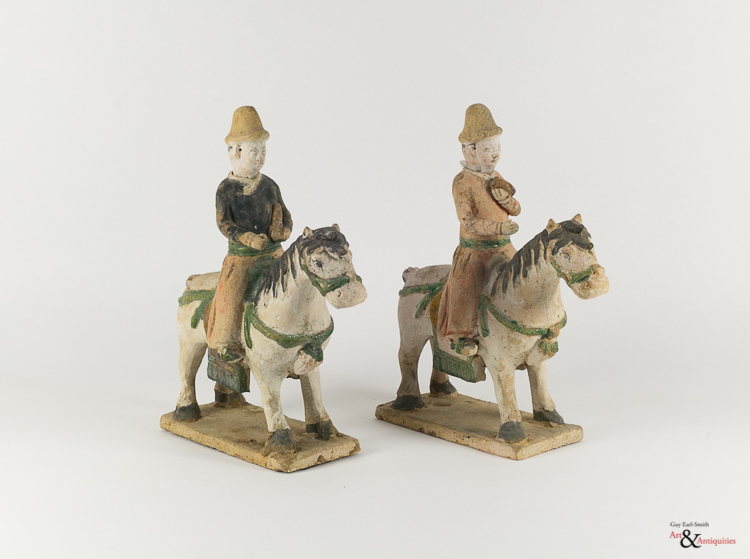

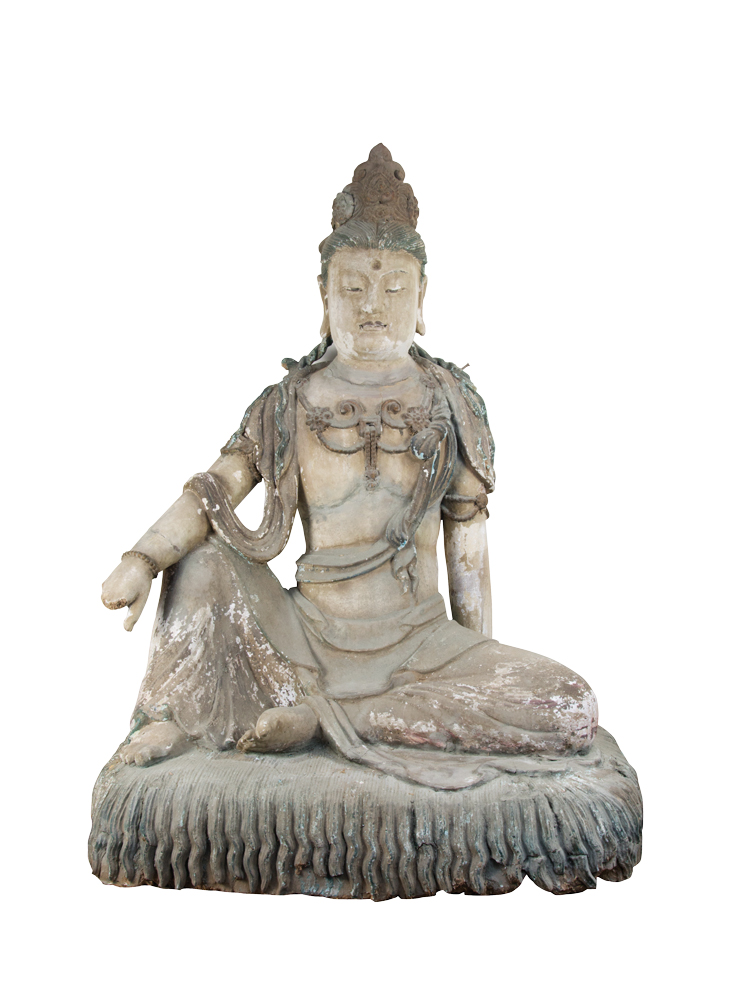

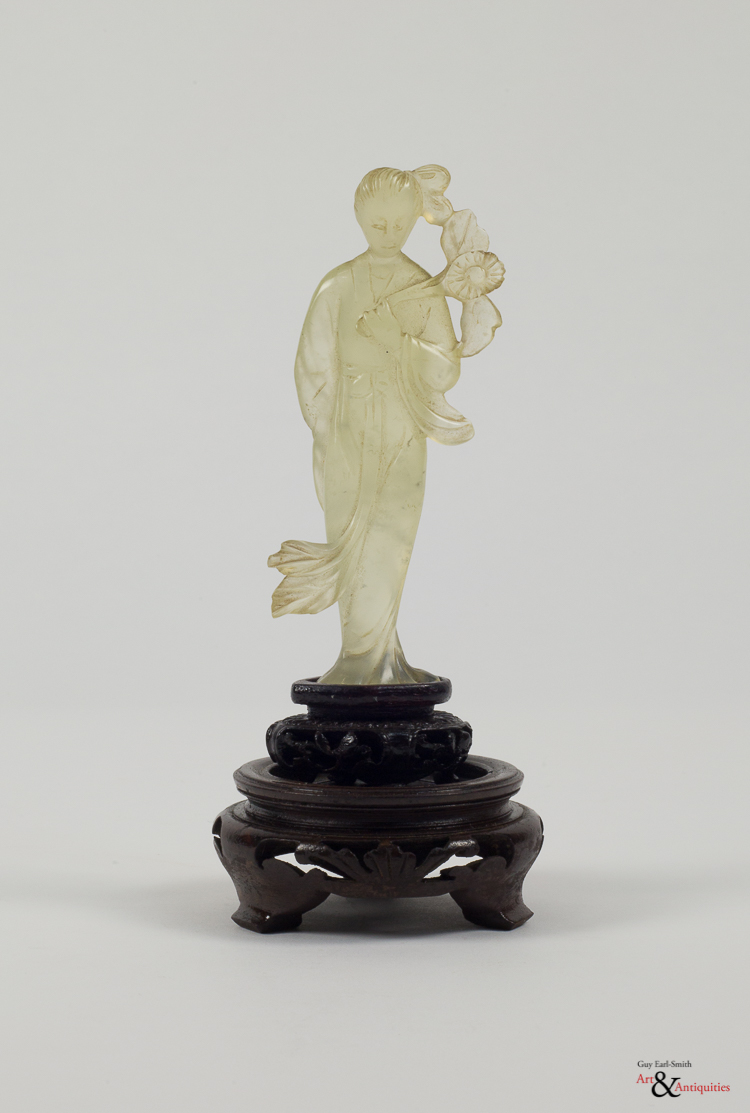
Stanislav Kovar Collection
Czech diplomat Stanislav Kovar was born in Prague in 1889. His collection, which ended up with his granddaughter and was stored for decades in a Melbourne attic, is a story worthy of a feature film.
After studying at Prague’s Royal Business Academy, Kovar embarked on a distinguished military and diplomatic career. Being multilingual, and a talented writer and photographer, he was invited in 1917 to open foreign press offices in Petrograd, Moscow and Kiev – not great places to be in the middle of the Russian Revolution.
He was captured and became a prisoner of war in Siberia. In the meantime his homeland had become an independent country – Czechoslovakia. When Kovar was released he moved to Japan, where he was appointed honorary Czech consul in Tokyo. Later diplomatic postings included London (1923-25), Algeria (1927-34), Egypt (1934-47), and Turkey in 1947, where he remained until he was retired by the communists in 1955. Stanislav Kovar died in 1962.





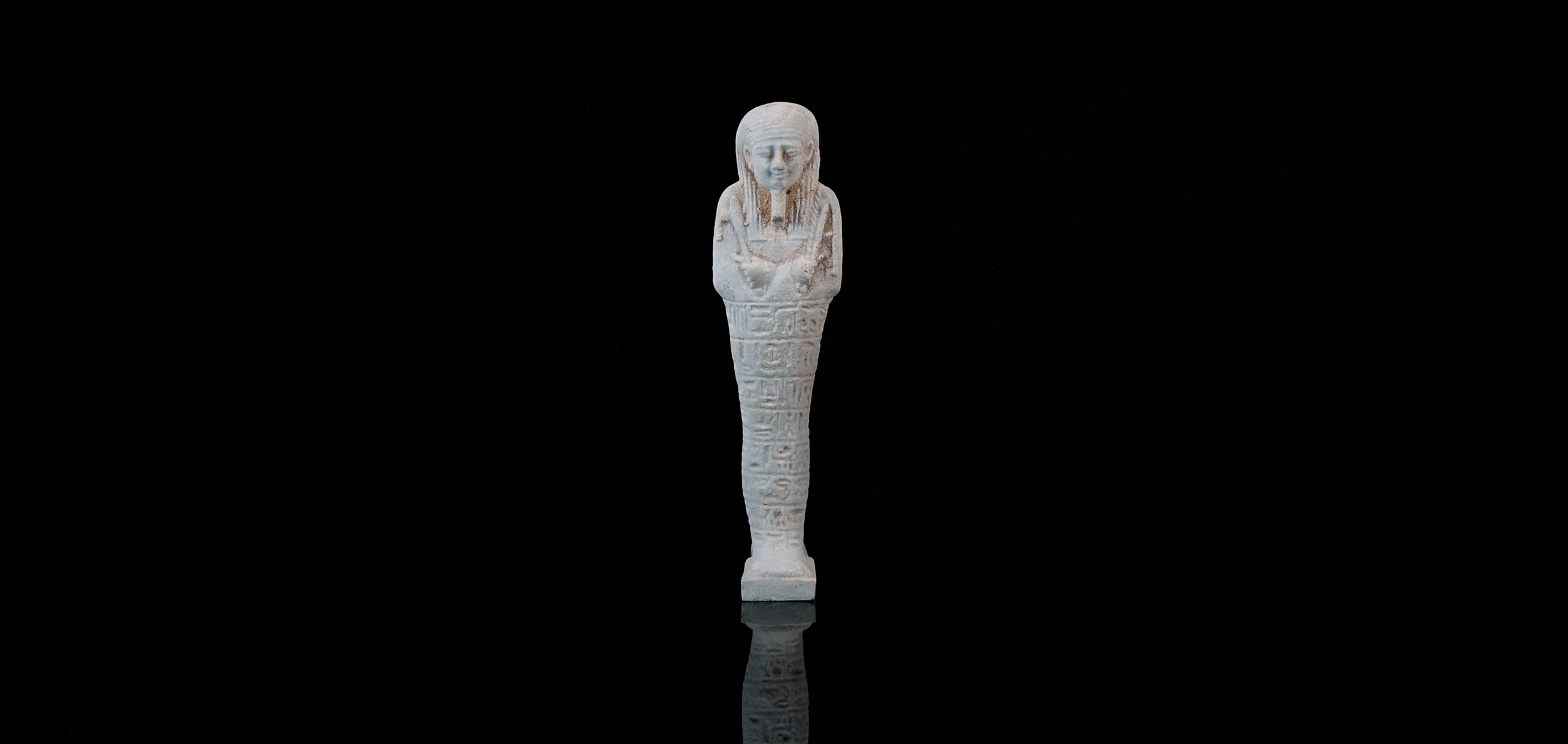
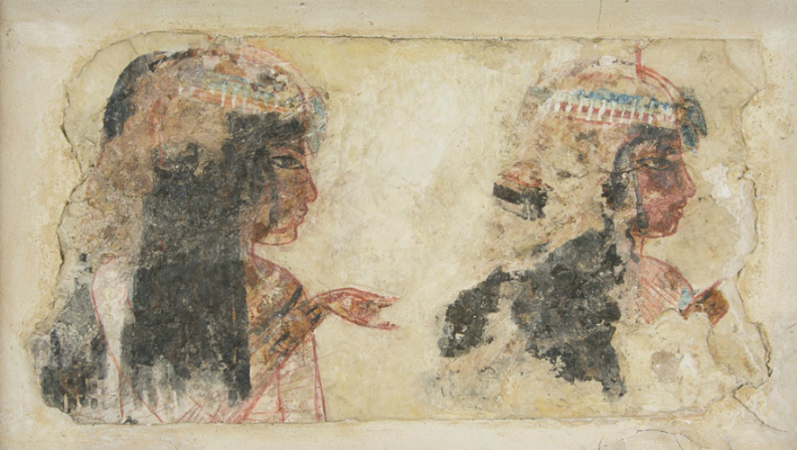
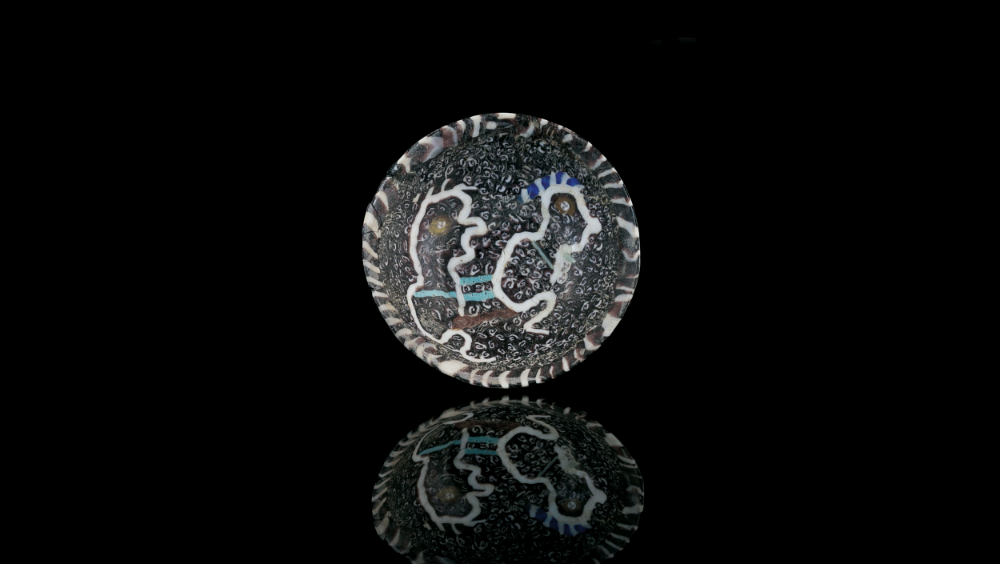
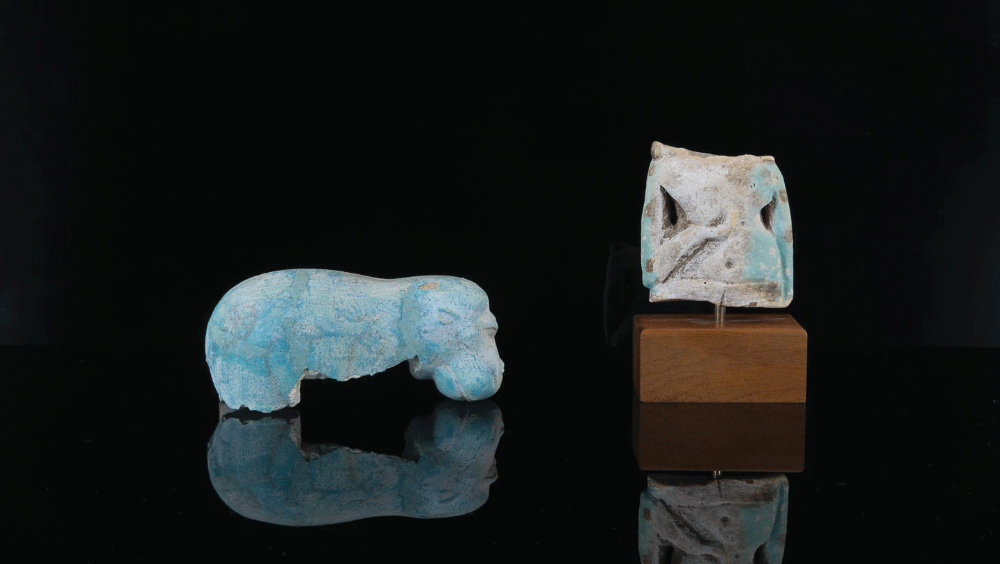
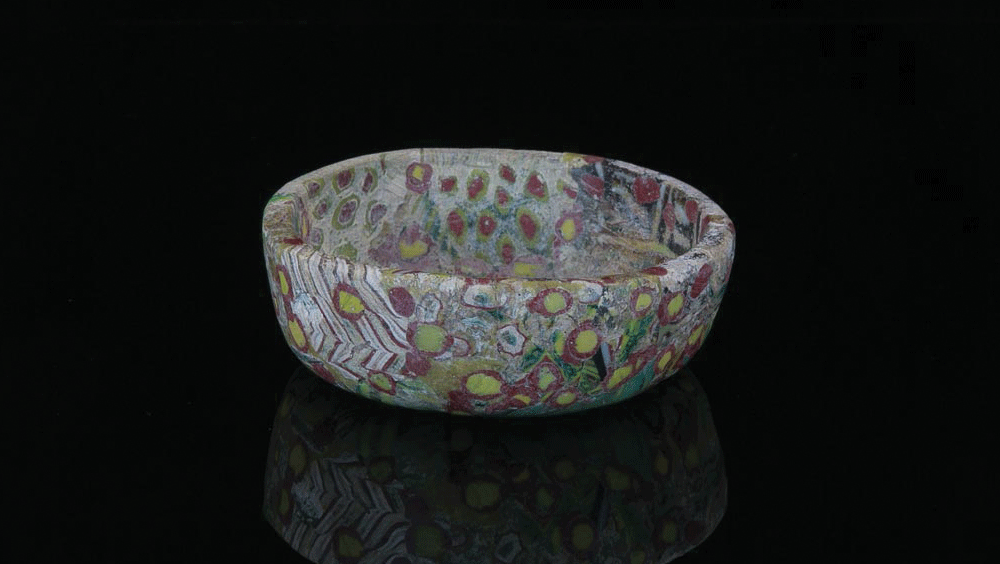

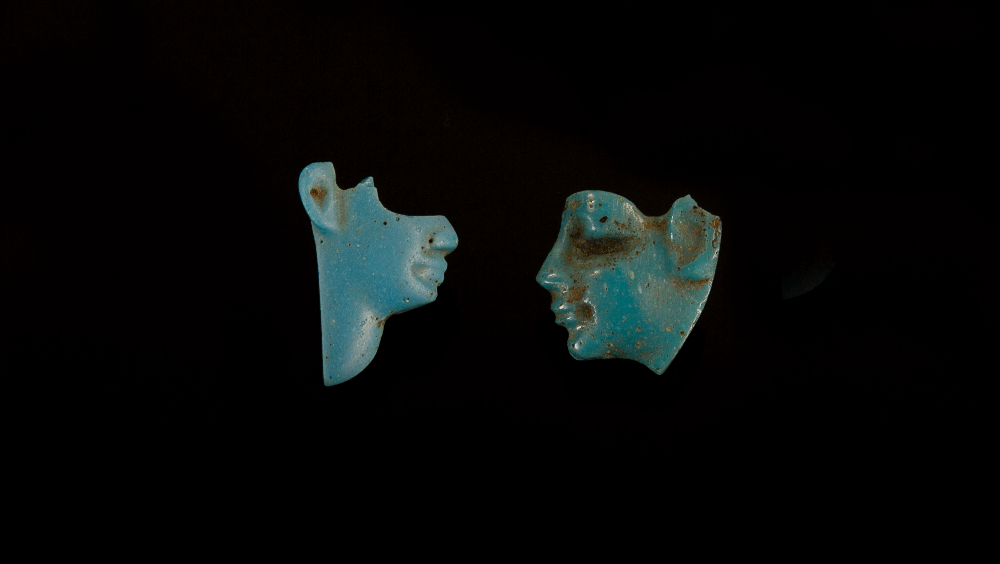
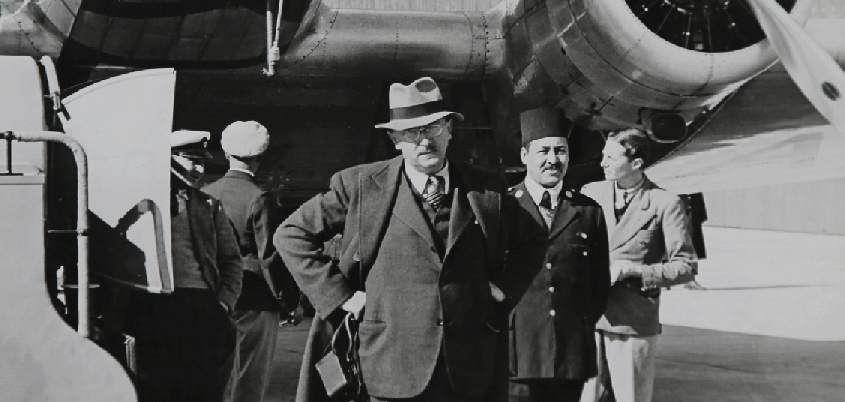

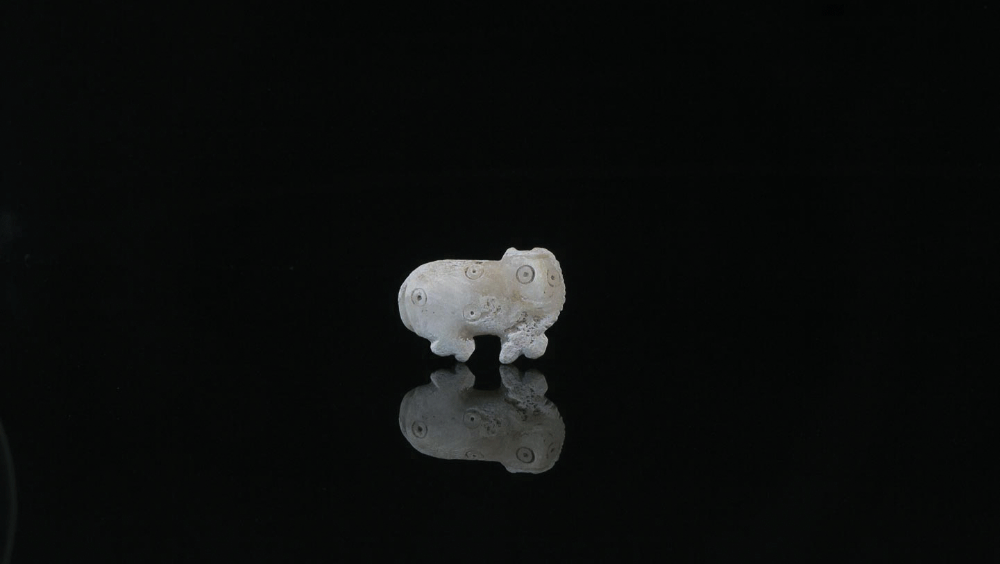
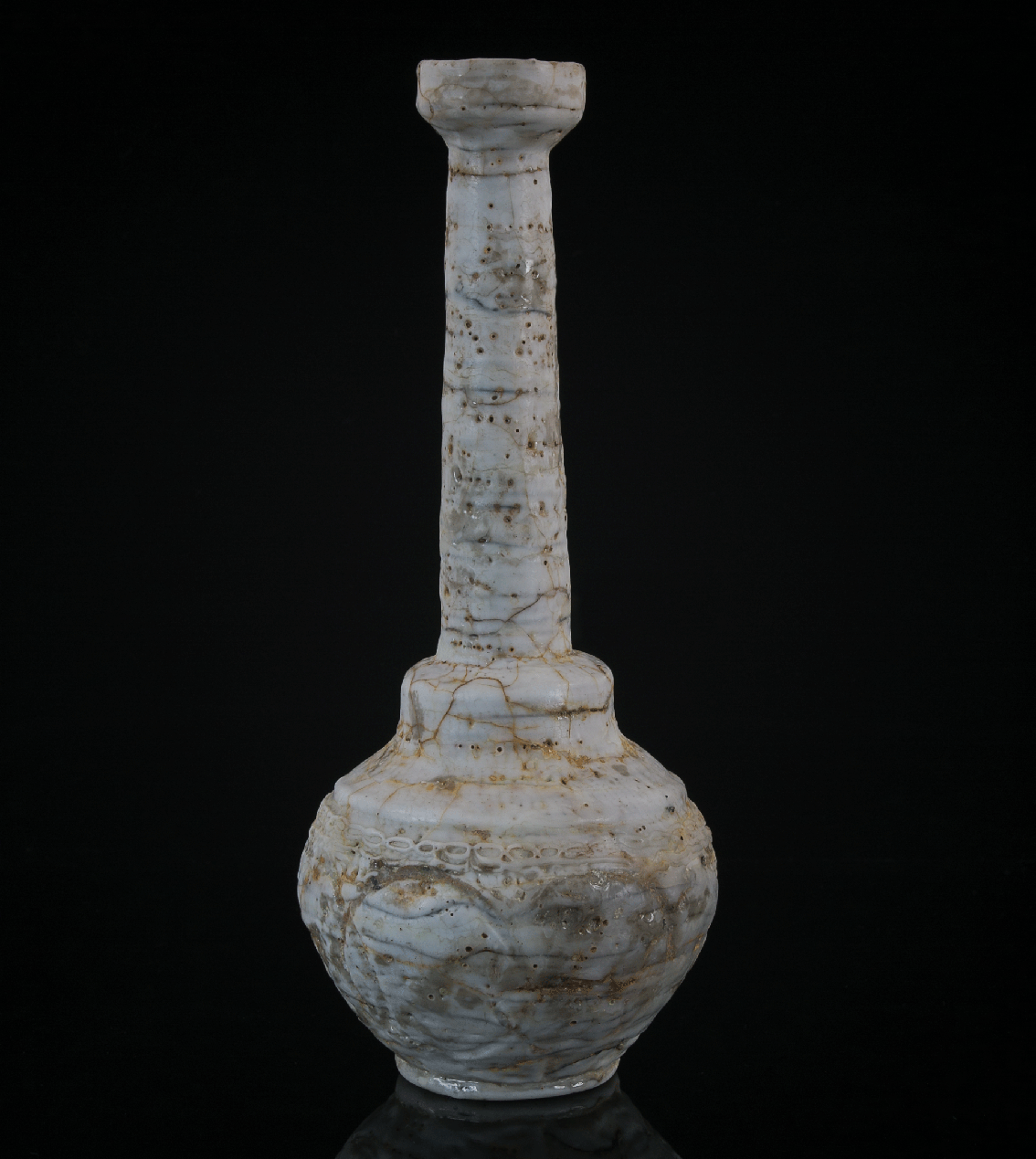
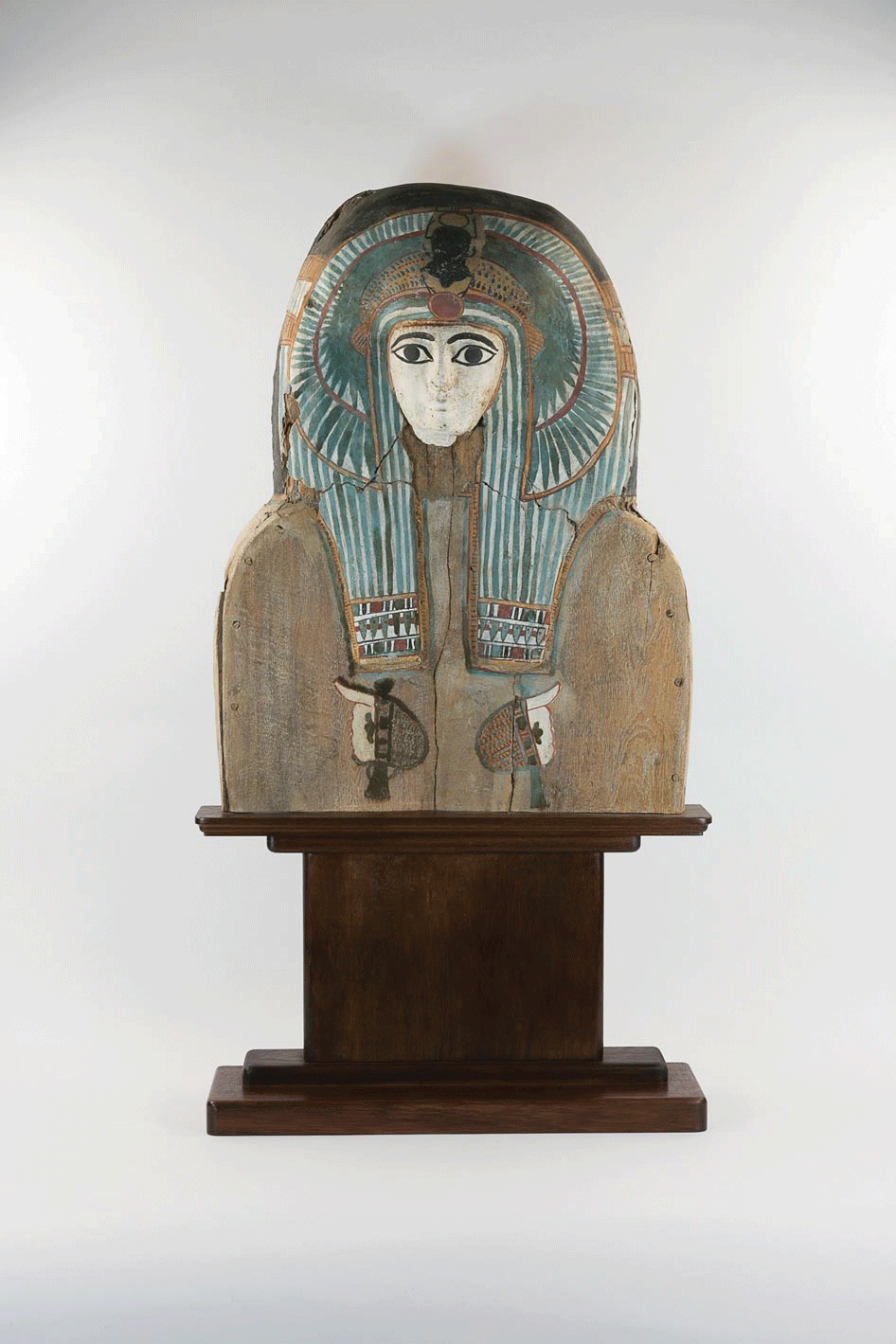




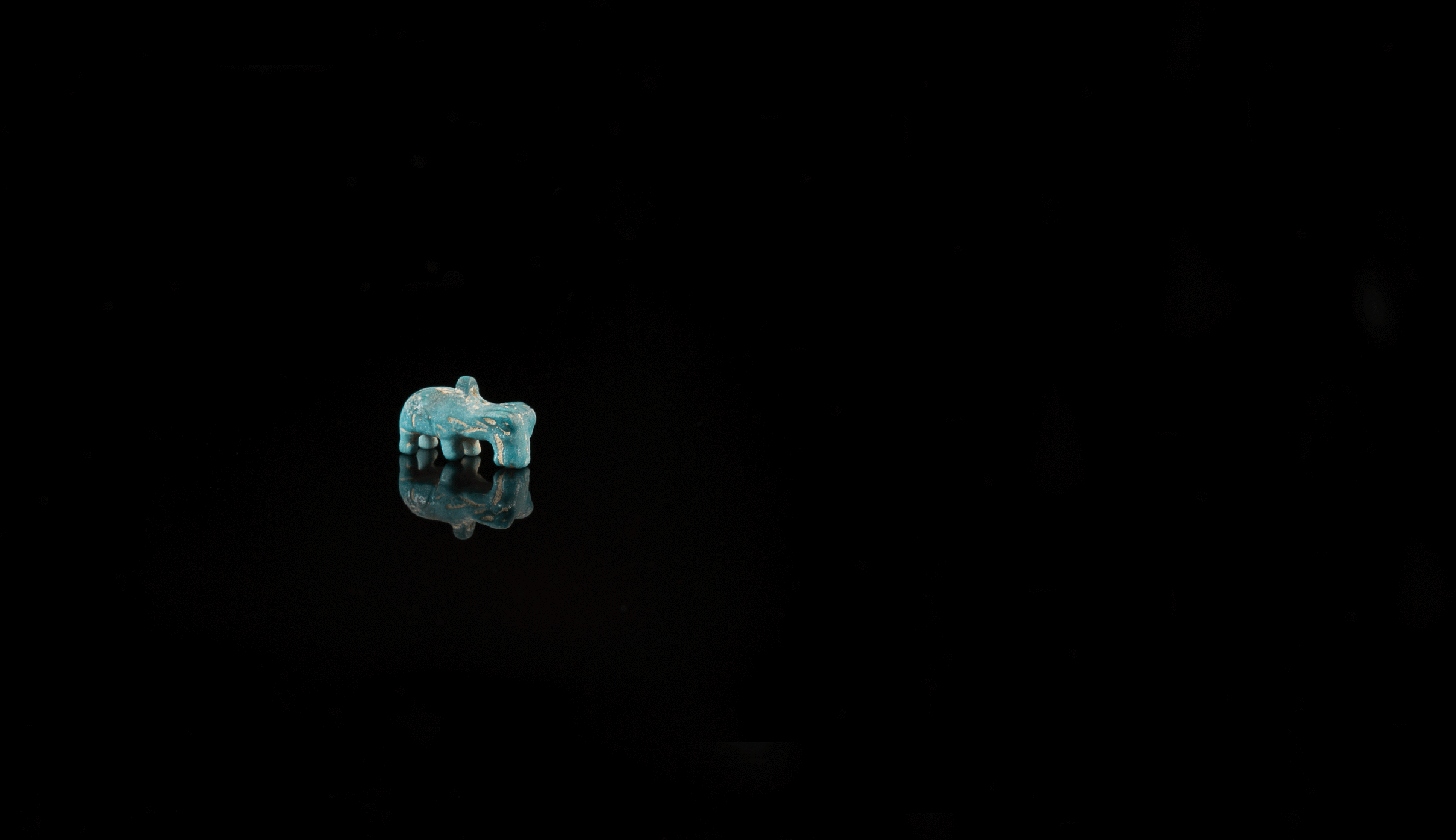

Captain Hugh Birch, DFC Collection
Captain Hugh Birch was one of 20 out of 2000 applicants who won a cadetship in the Royal Australia Air Force in 1936. Choosing to train in seaplanes, he flew the Seagull V amphibian, the Tiger Moth seaplane, and made some of the early flights in the wooden Southampton flying boat.
During World War II he flew as a fighter pilot in the RAAF No.10 Squadron and as the squadrons’ Group Captain he flew as escort and on anti-submarine and reconnaissance operations in Europe. Birch was awarded the Distinguished Flying Cross by King George VI on 30 July 1941.
Following the war he joined Sir Walter Carpenter’s airline and flew throughout Papua New Guinea until it was taken over by QANTAS in 1949. Birch was the first pilot to run charter flights throughout the South Pacific and he pioneered the flying boat service from Sydney to Lord Howe Island. It was during this time he acquired his collection of South Pacific art. Remaining with QANTAS until 1977, he held positions including: Regional Director for the South Pacific, North American Manager, Victoria and Tasmania Manager, and finally, Commercial Manager at the Sydney headquarters. Upon leaving QANTAS Captain Birch became the Australian tourism representative for Tonga and later a public relations promoter of Alaska in Australia.
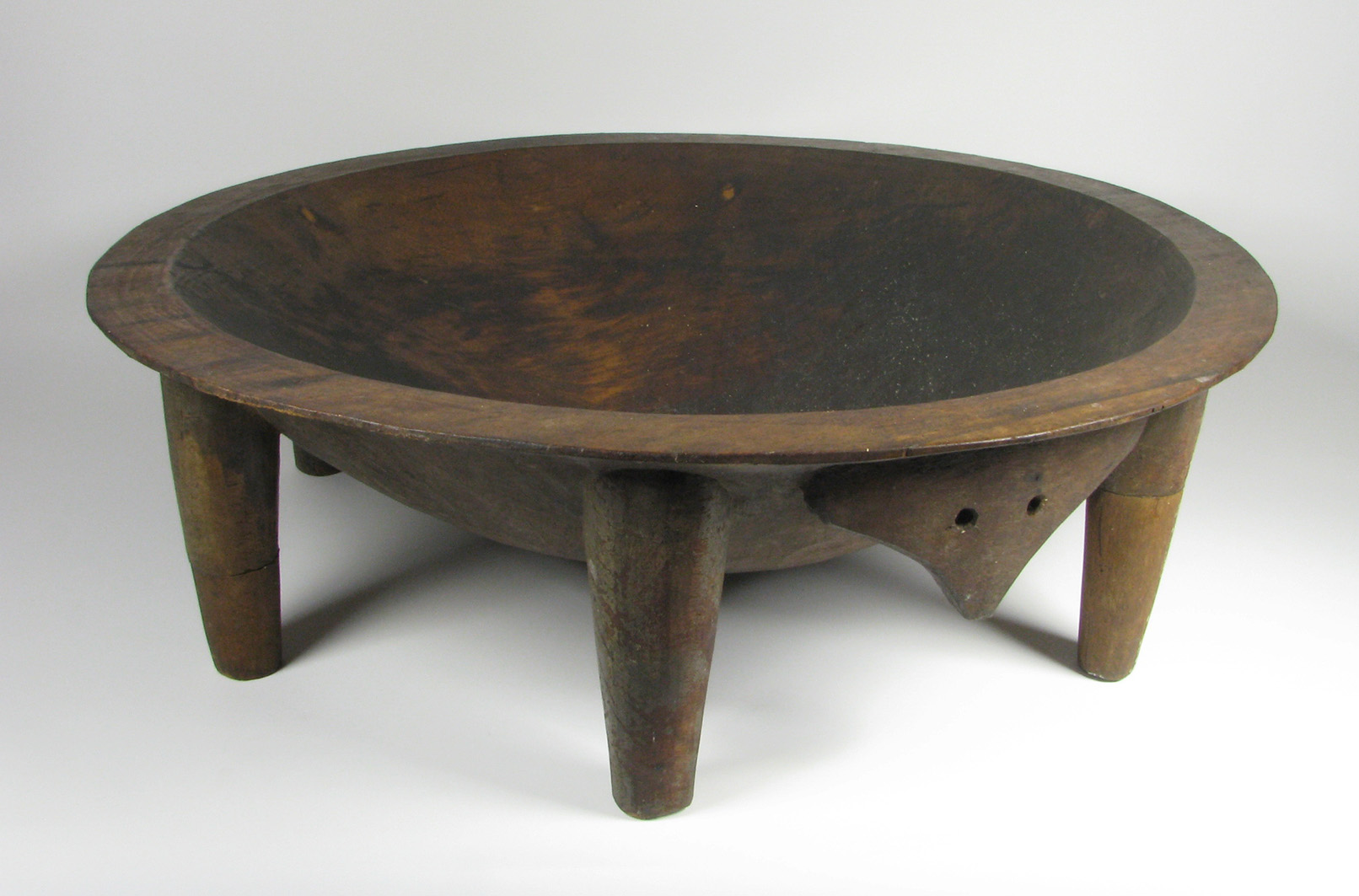
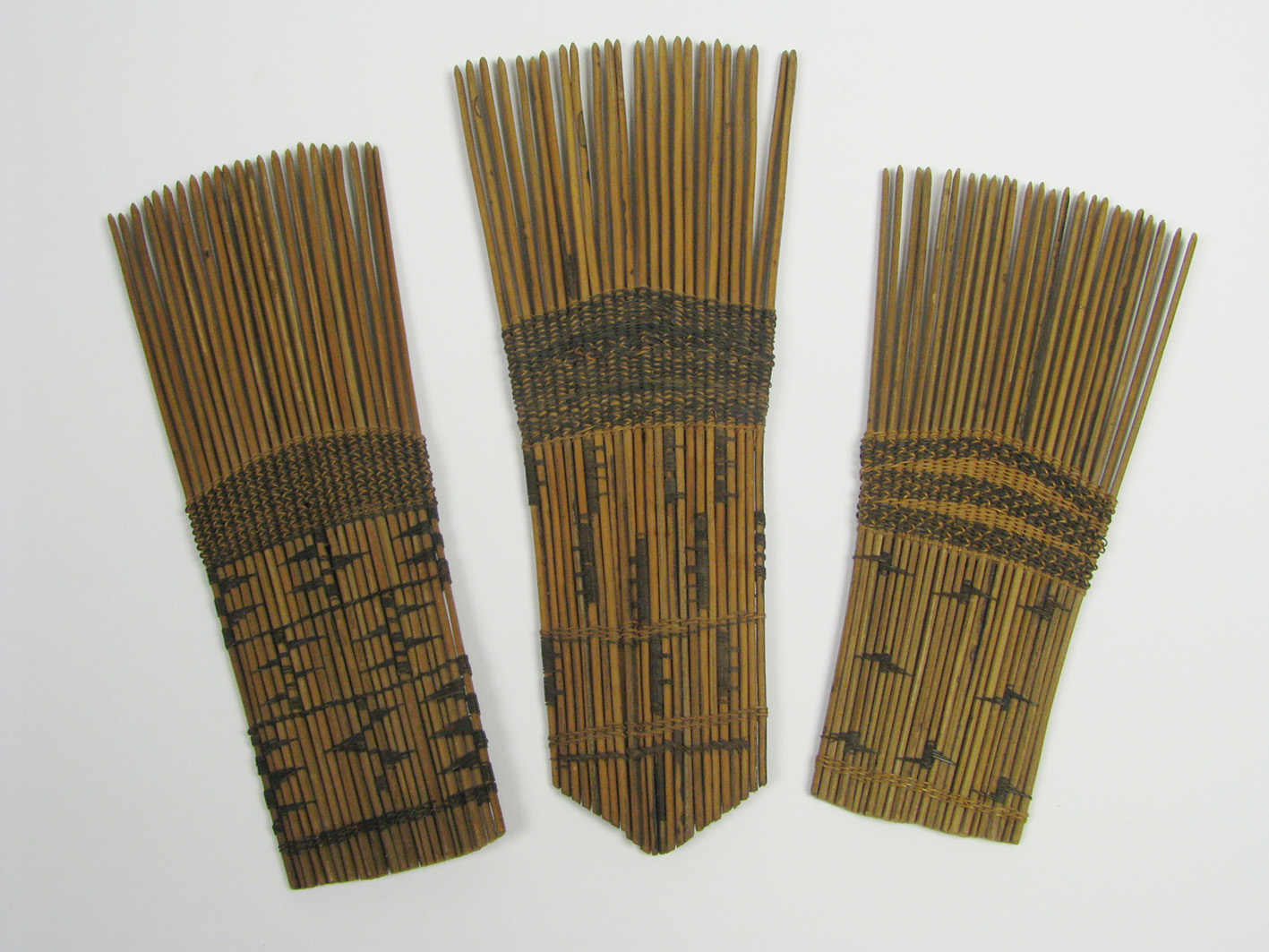
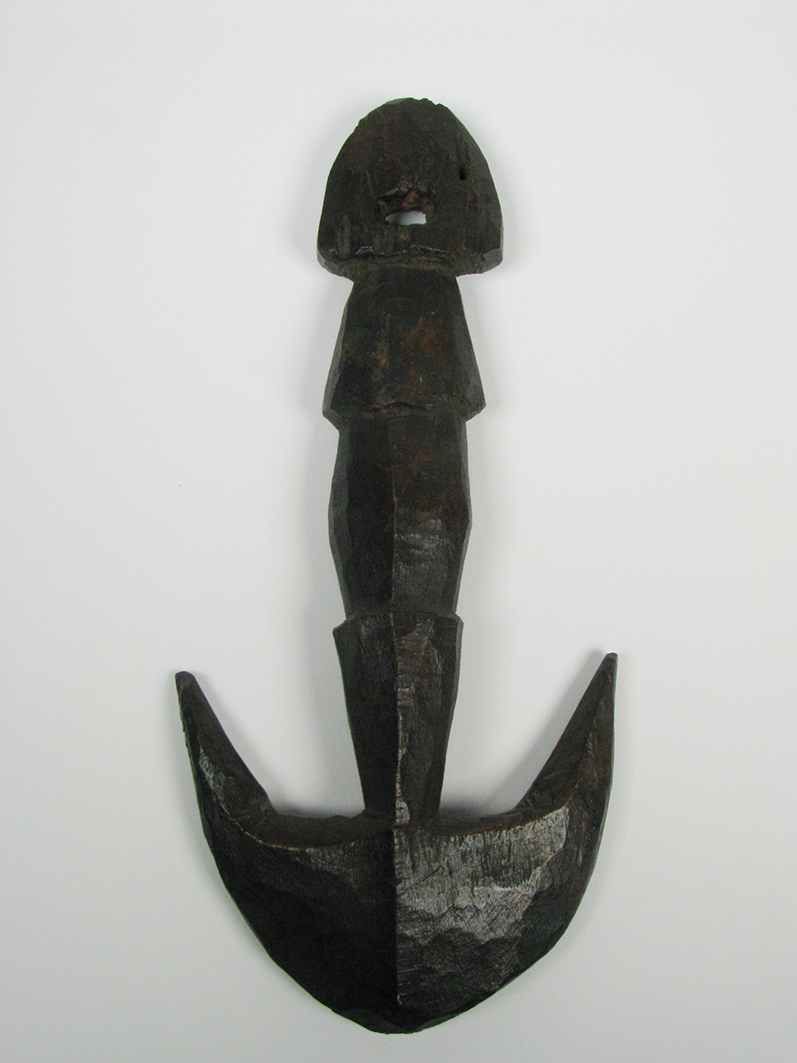
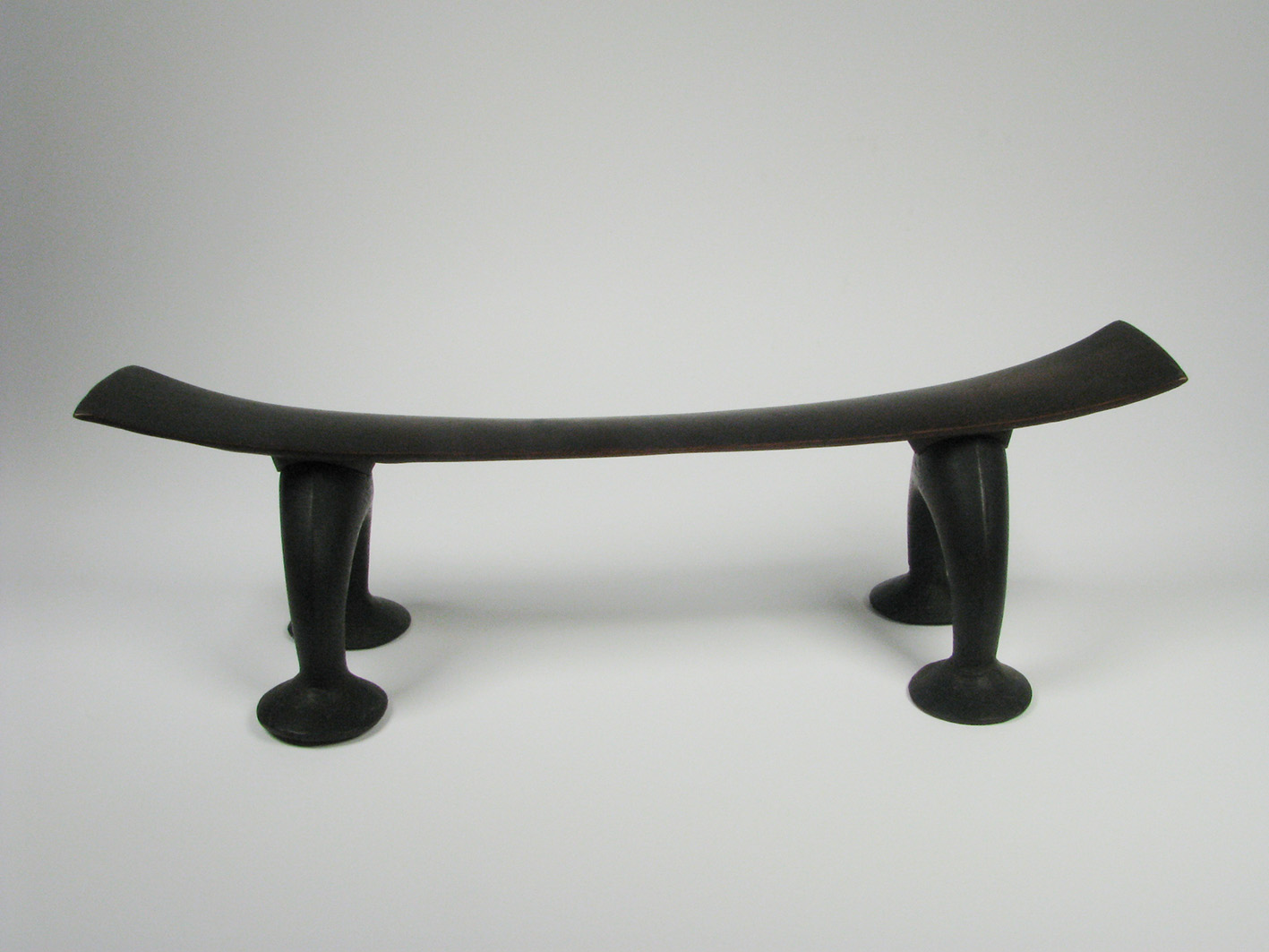
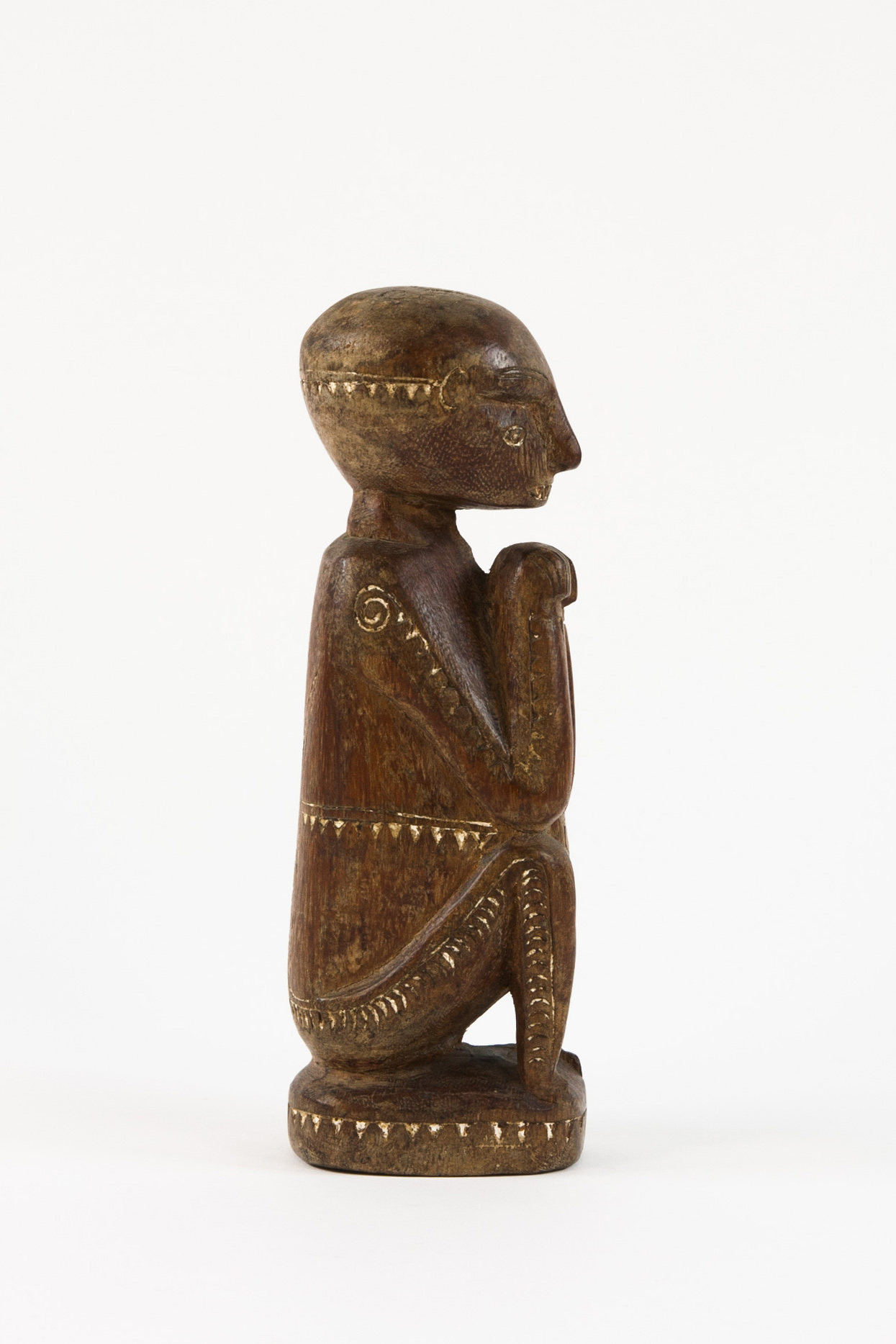
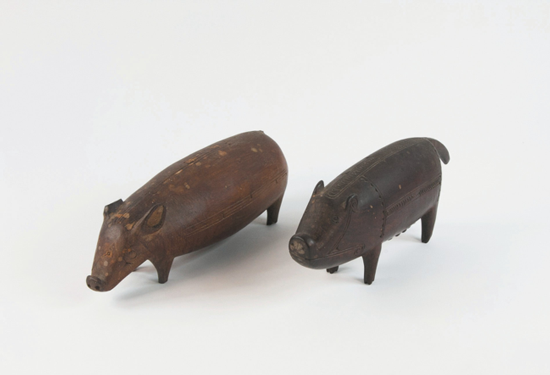
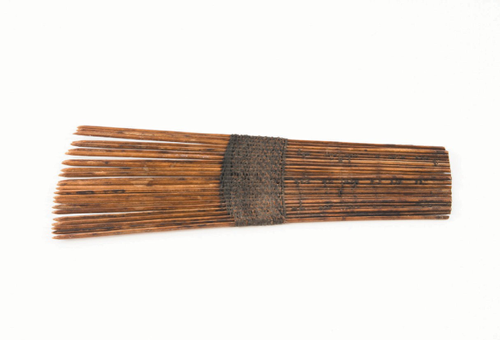
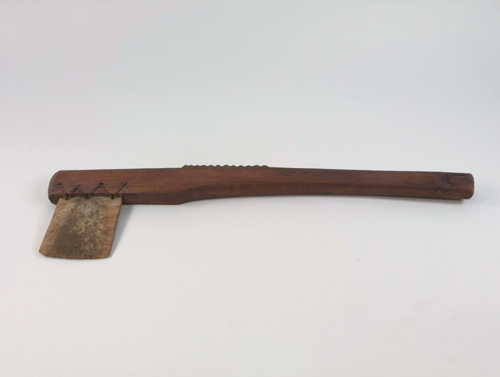
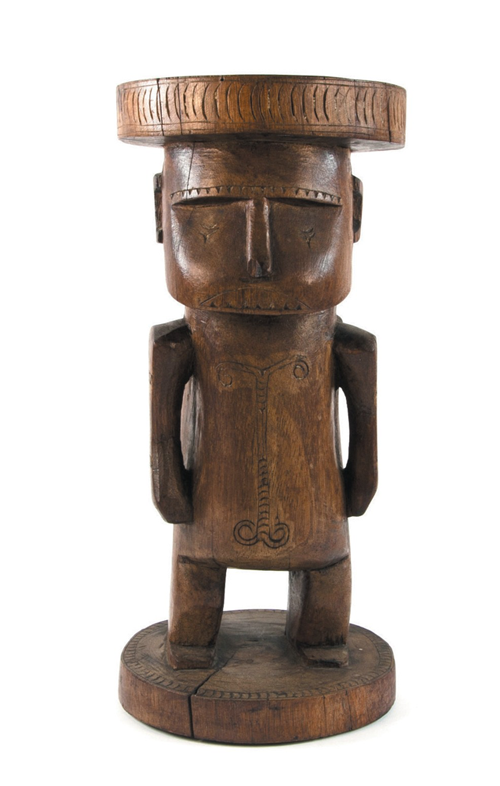
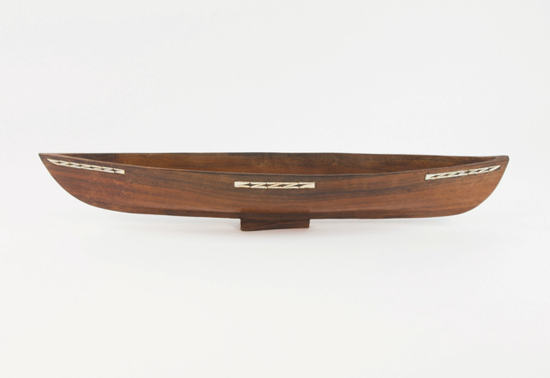
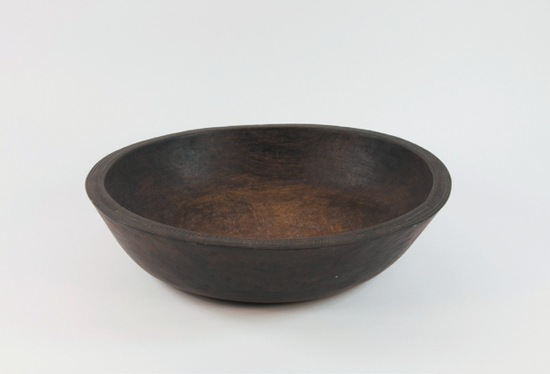
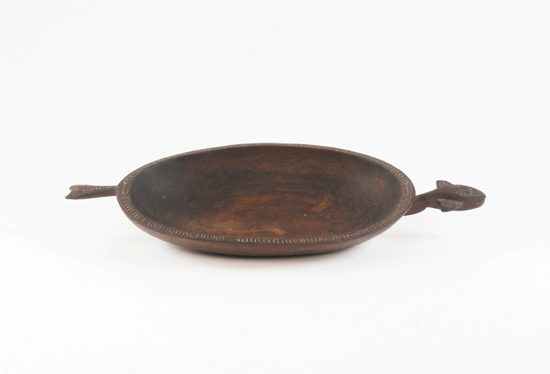
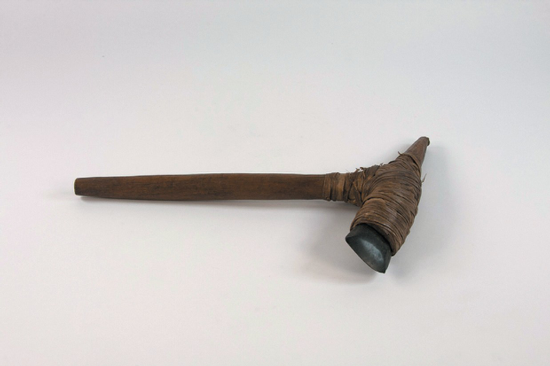
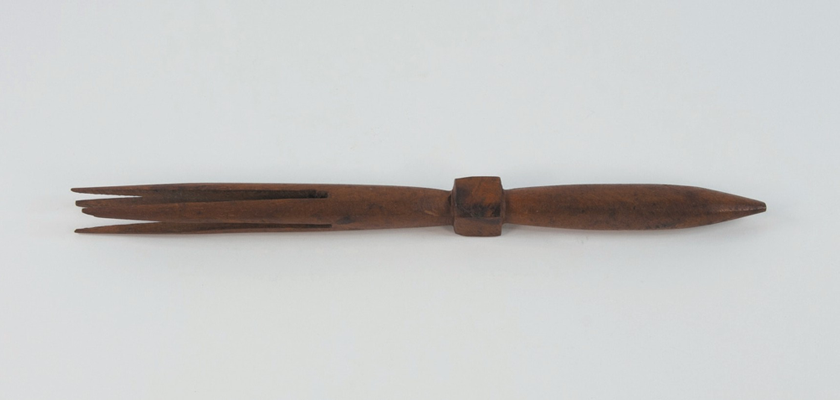
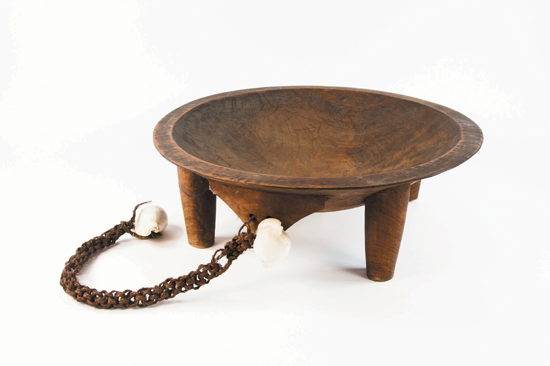


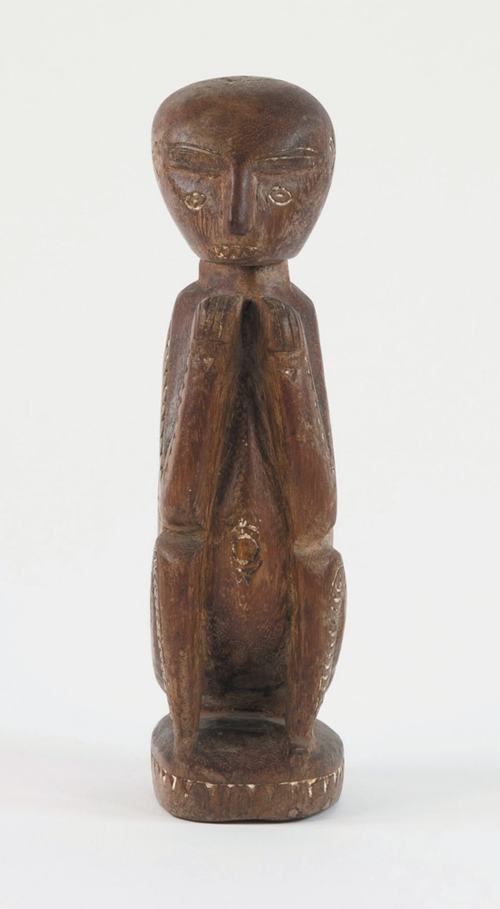
Wurm Collection
From Russia, to Shanghai, to Sydney, the Wurm Collection of Chinese art contains some rare treasures. Andrew and Elizabeth Wurm, and their family of 3 boys and 2 girls, left Russia for China in 1917 as a result of the Russian Revolution – having been given 24 hours to leave by the new Administration. Andrew Wurm was a marine engineer so the port city of Shanghai was a logical destination. His daughter, Alexandra, born 19 May 1907, was instrumental in developing this eclectic collection of Chinese art.
Shanghai, in the years prior to World War II, was known as the Paris of the East. There were high-fashion boutiques, visitors from all over the world, and government bodies staffed by British citizens on contract. Shanghai residents would frequently travel to Japan for their summer holidays. It was during these days that Alexandra built her collection of Chinese art, the most important piece of which is a Qianlong Bronze, c.1736-1795, possibly from the Qianglong Imperial court.
The Shanghai lifestyle changed with the invasion of China by Japan, resulting in British nationals being interred in concentration camps until the defeat of Japan in 1945. At the end of the war, many residents took the opportunity to leave China dispersing to all parts of the world including Australia.
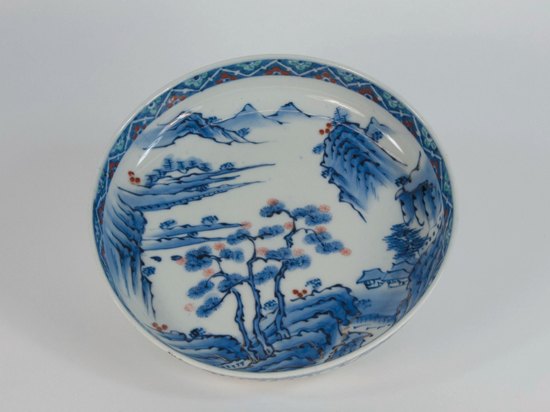
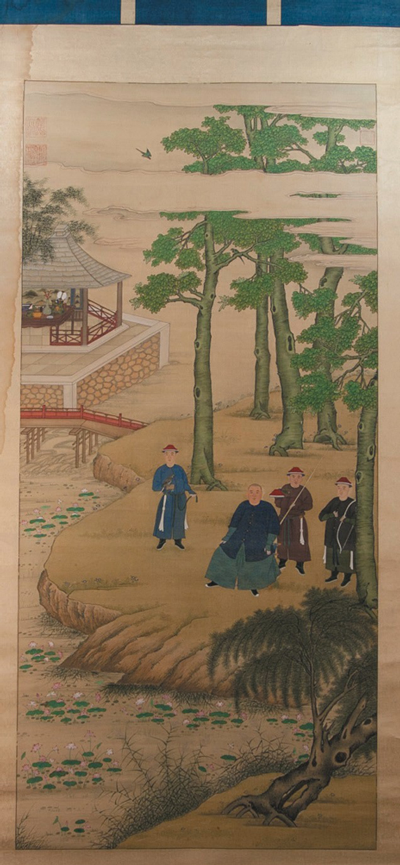
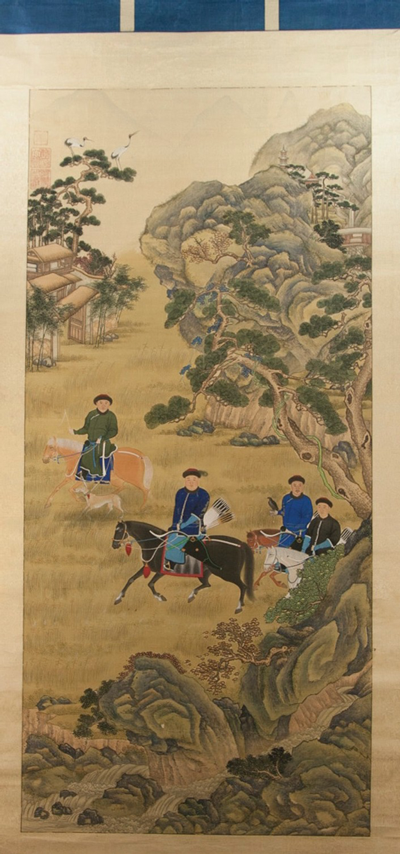

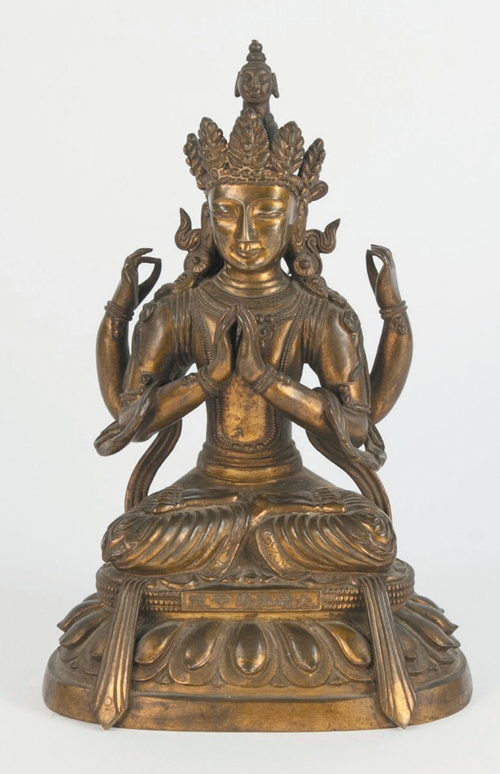
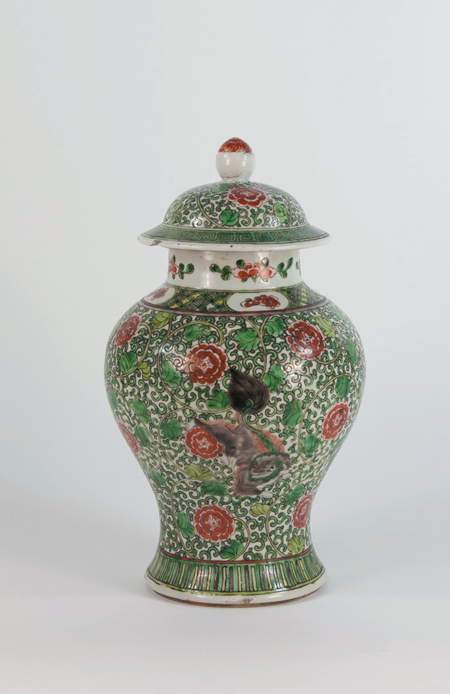
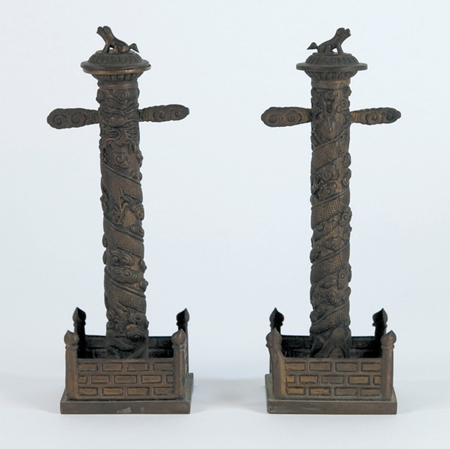
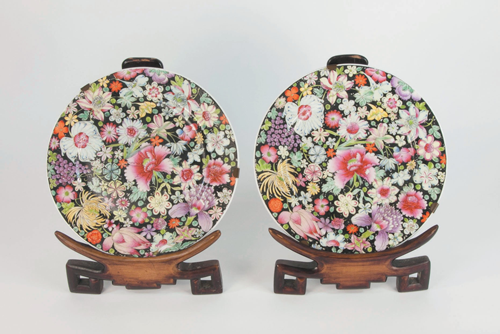
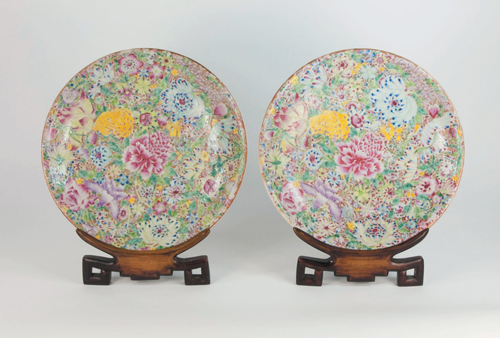
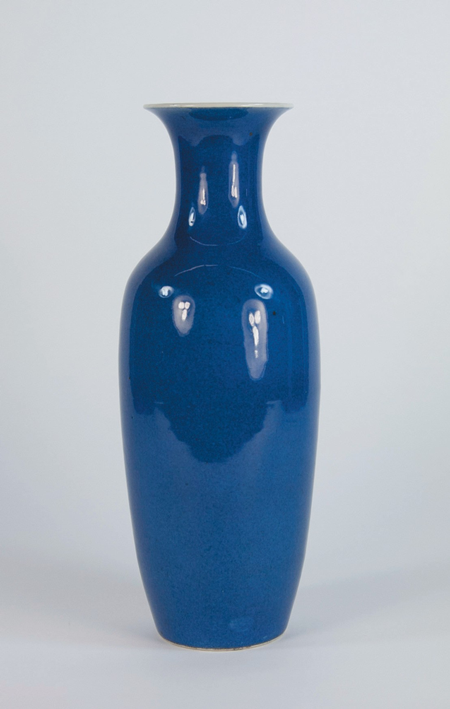
Lillian Hoffman
Growing up in the small town of Three Oaks, Michigan, in the 1920s, Lillian Hoffman’s development into an inveterate collector was shaped early. In the latter half of the nineteenth century Lillian’s great-grandfather, Edward K. Warren, decided to create a more affordable and durable replacement for whalebone in ladies’ fashion. After ten years research and development, Warren patented his turkey quill product called 'Featherbone' in 1883. His invention soon proved superior to whalebone and by the early 1900s, the product was sold worldwide.
In 1916, E. K. Warren founded the Chamberlain Memorial Museum in Three Oaks. It was in this museum where Lillian’s appreciation of history and her passion for artefacts was formed. She recalled whiling away afternoons in the museum and dreaming of other cultures beyond the confines of Three Oaks. From the age of five, Lillian combed the shores of Lake Michigan in search of Indian wampum, eagerly pouncing on each new piece she found. Her collection of this shell currency stayed with her all her life, and formed the basis of what became her extensive and eclectic collection of artefacts from all over the world.
During her long and fascinating life, Lillian lived and worked in New York, California, Paris, Fiji, and finally in Sydney. For a time she had her own gallery, which she stocked from her frequent trips to South America, New Guinea and Africa. However selling artefacts was never Lillian’s passion, her passion was collecting which she pursued with gusto until days before her untimely death. Lillian chose two very worthy charities in her adopted home of Sydney to which the proceeds of the sale of her collection were be donated.
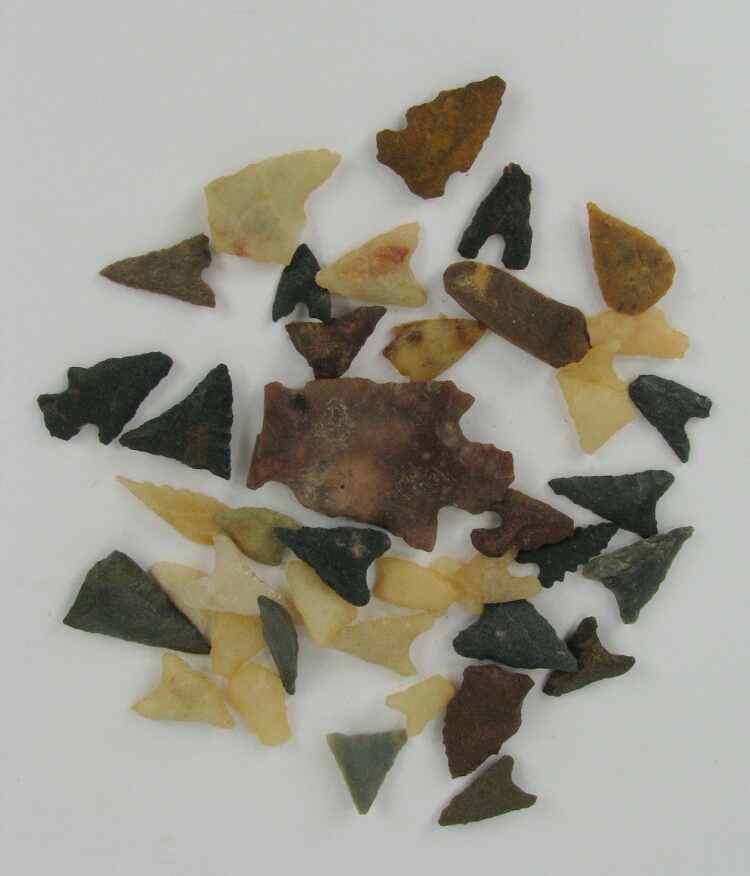
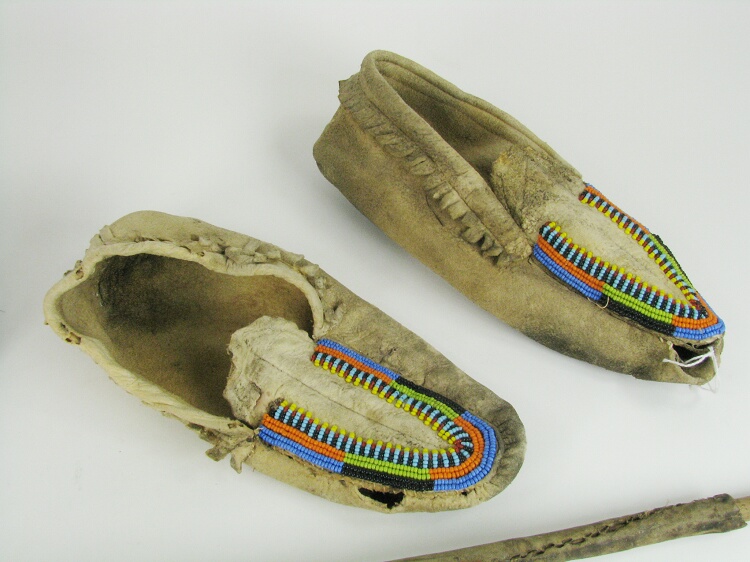
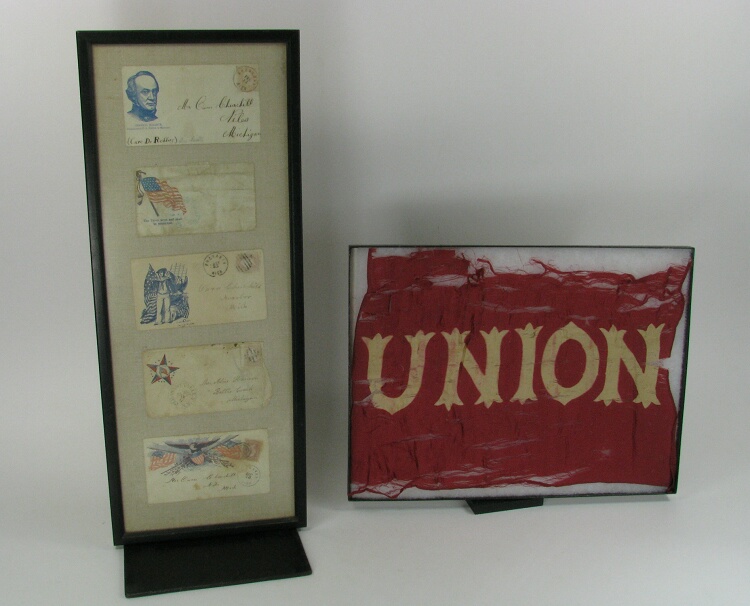
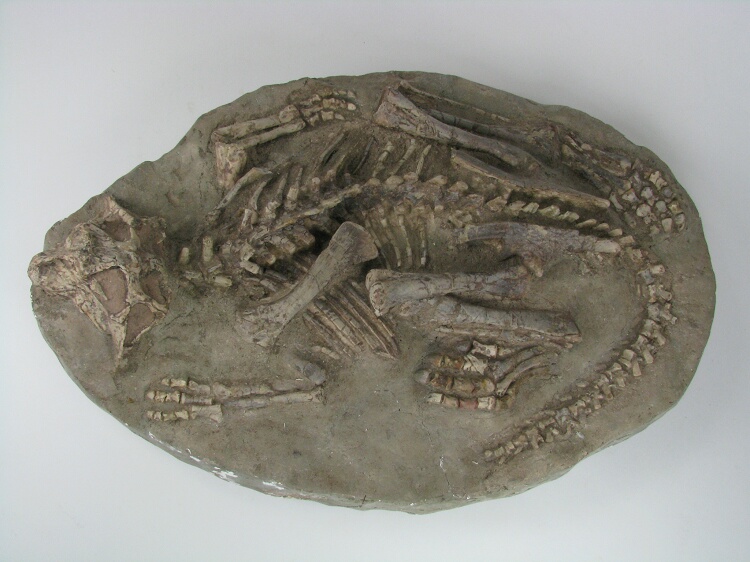
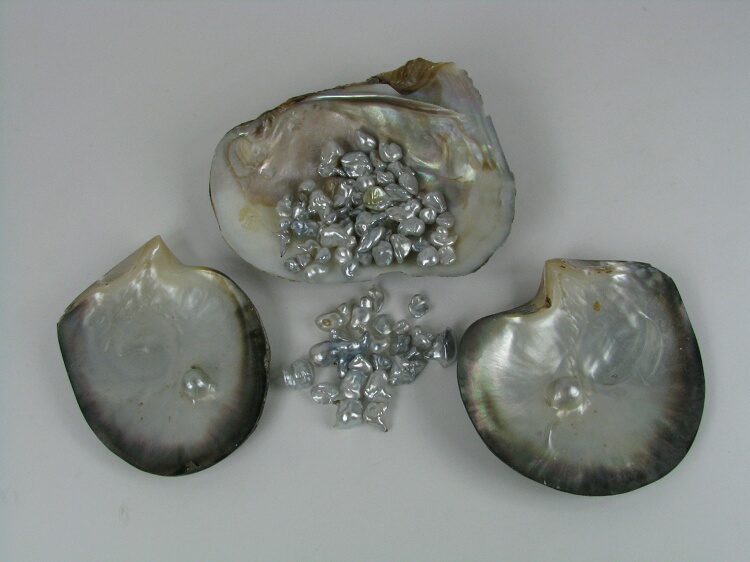
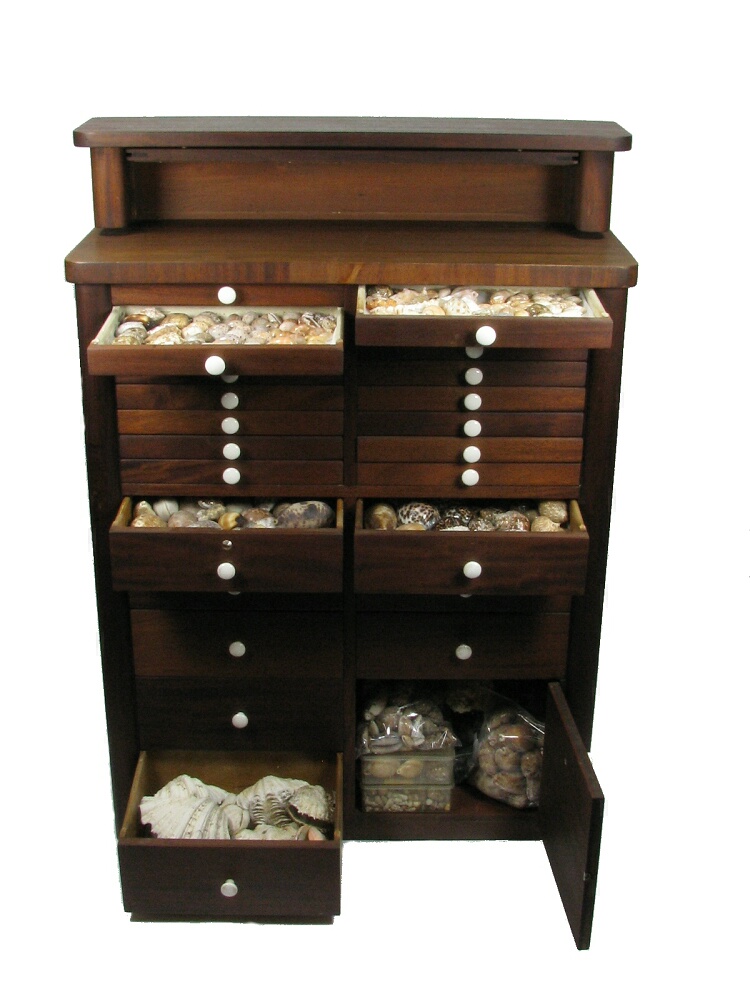
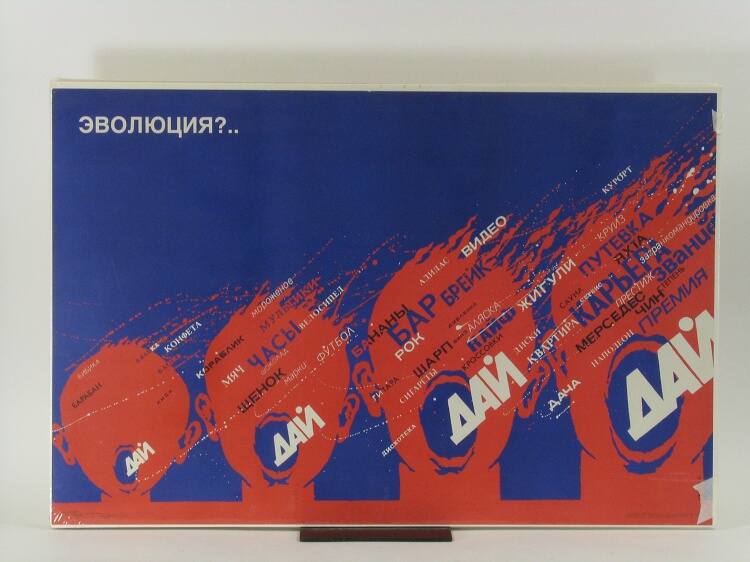


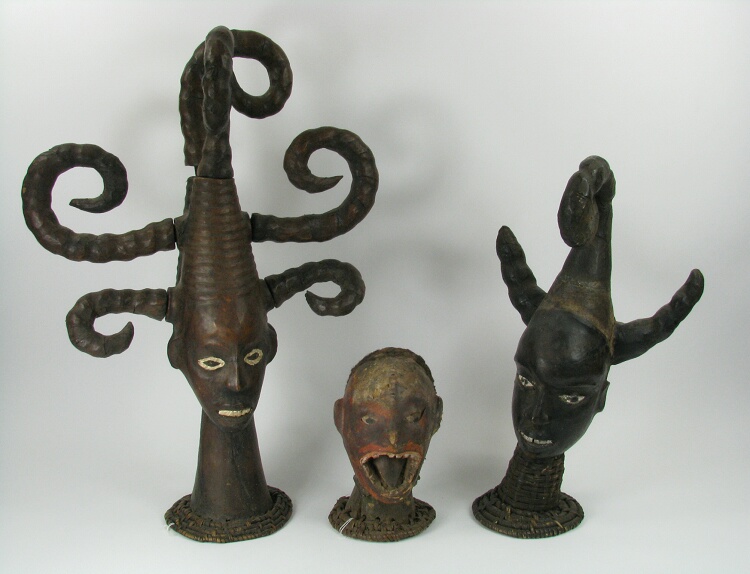

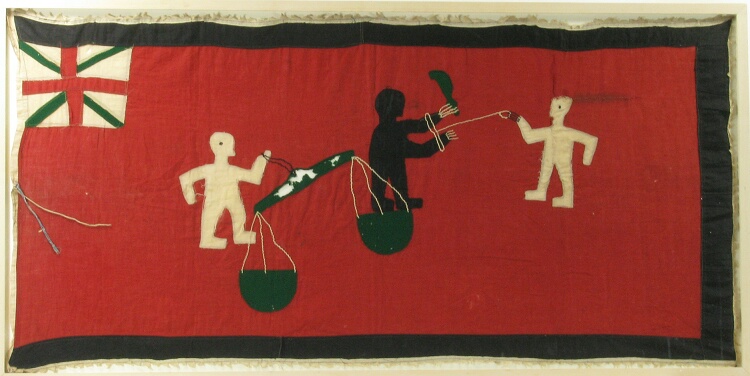
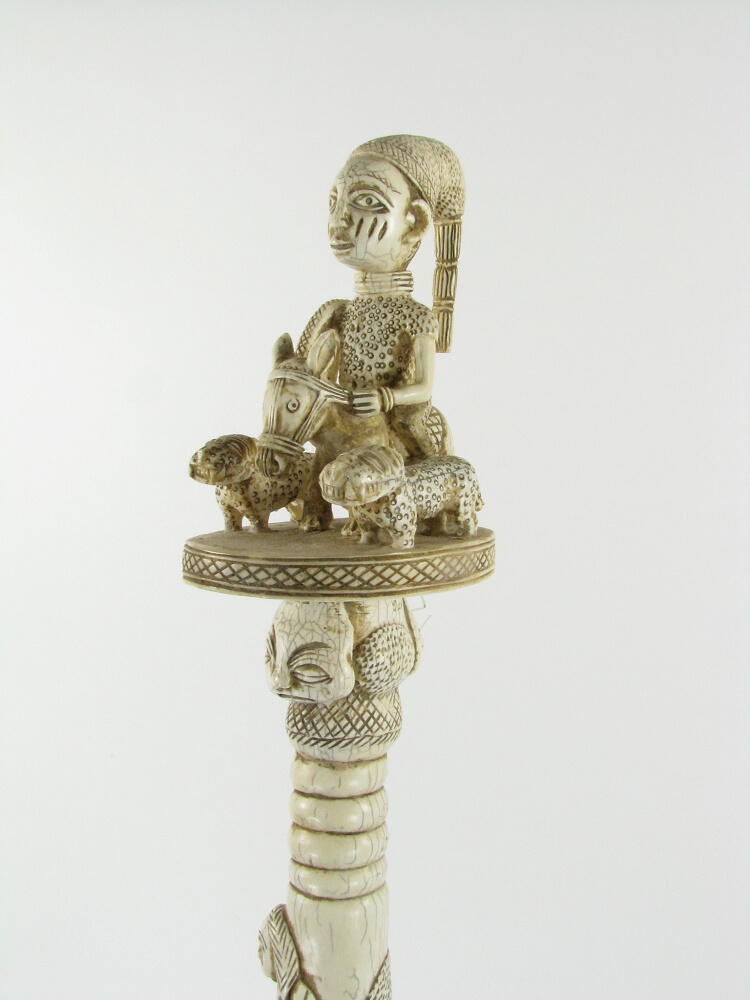
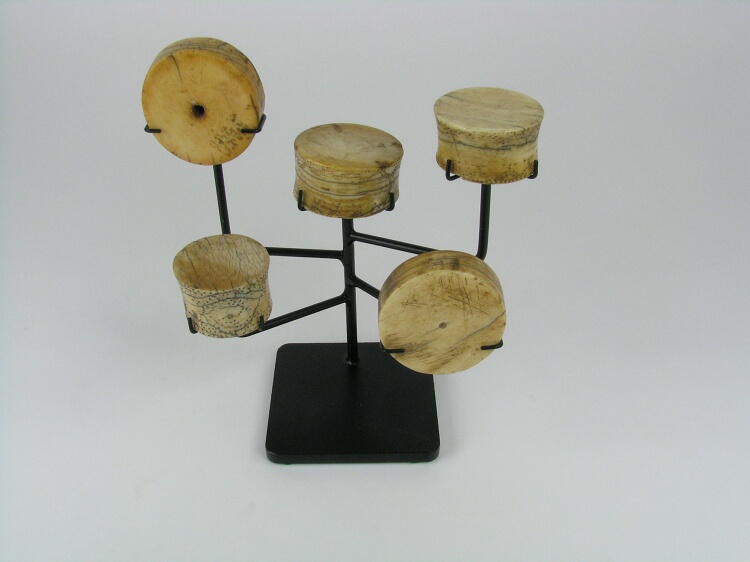

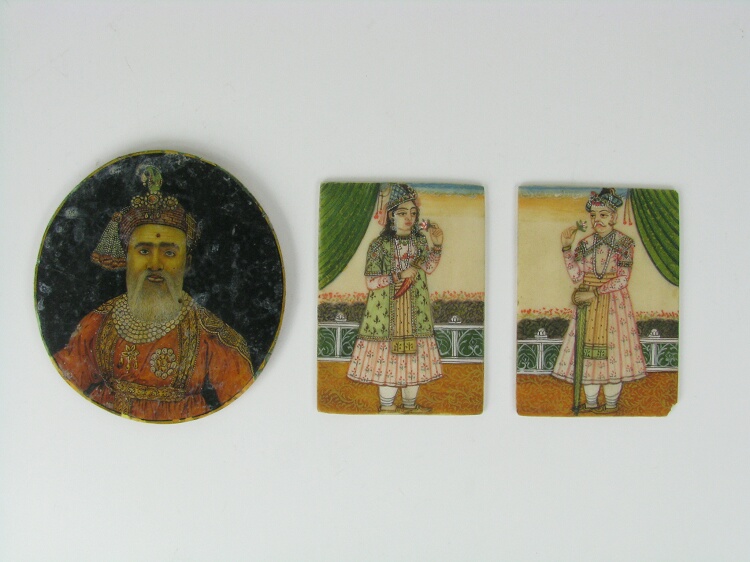


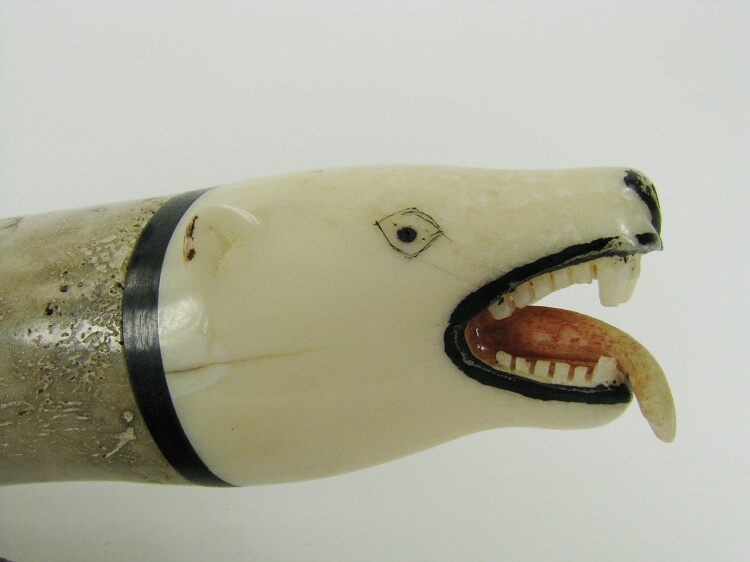
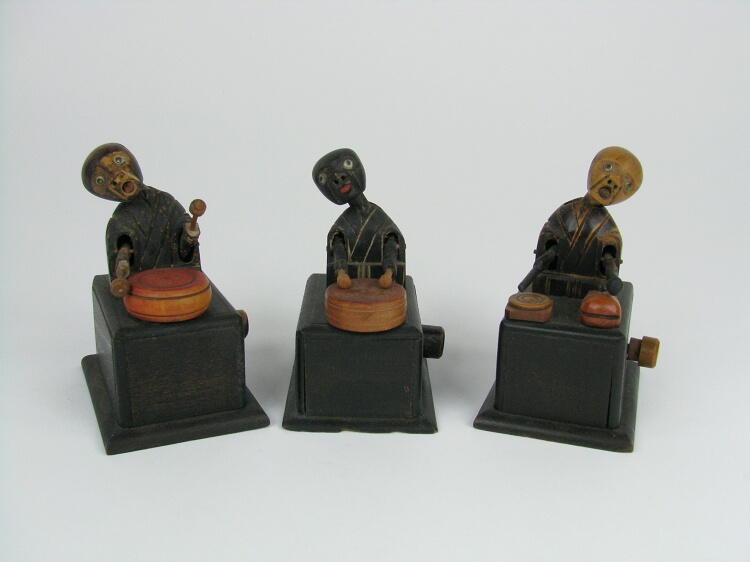

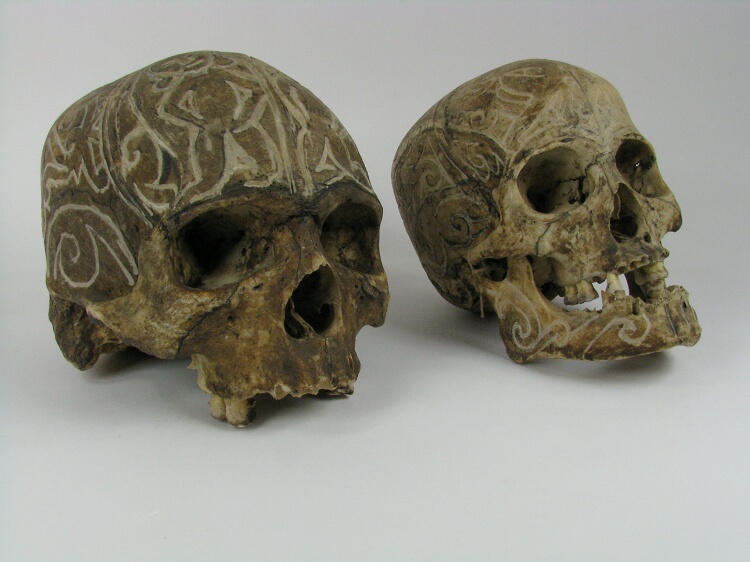
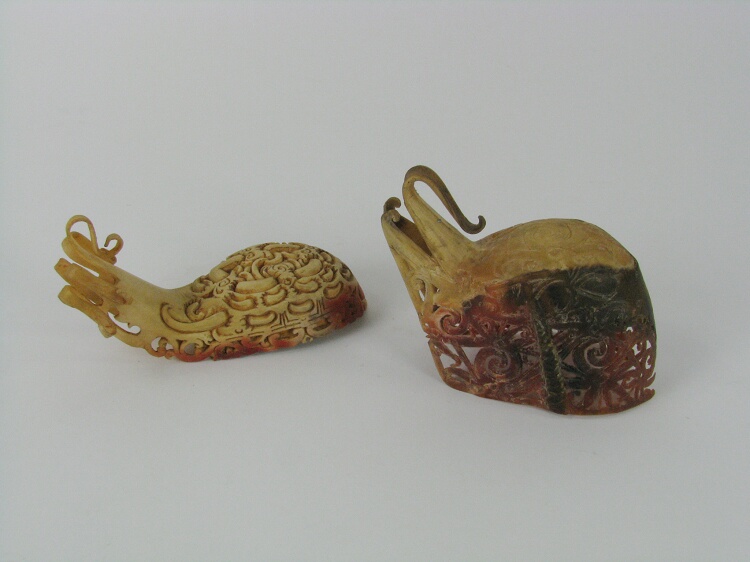
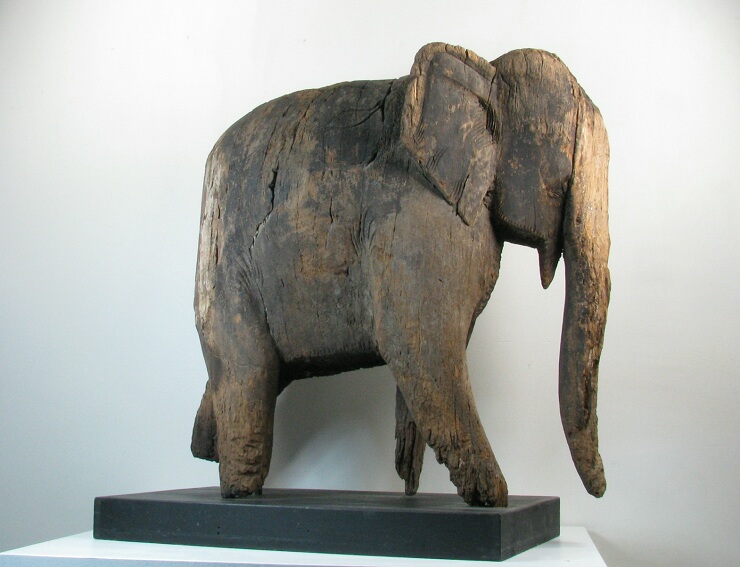

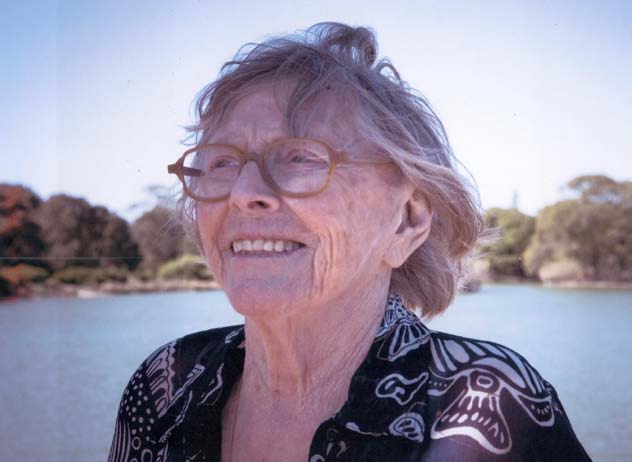

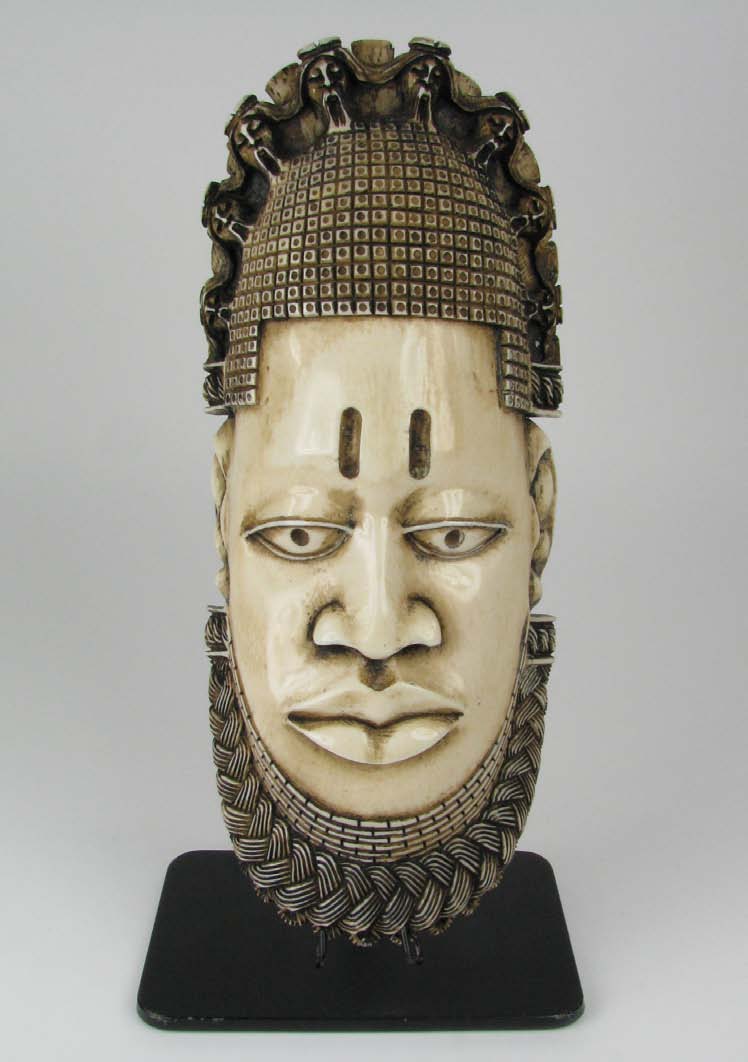
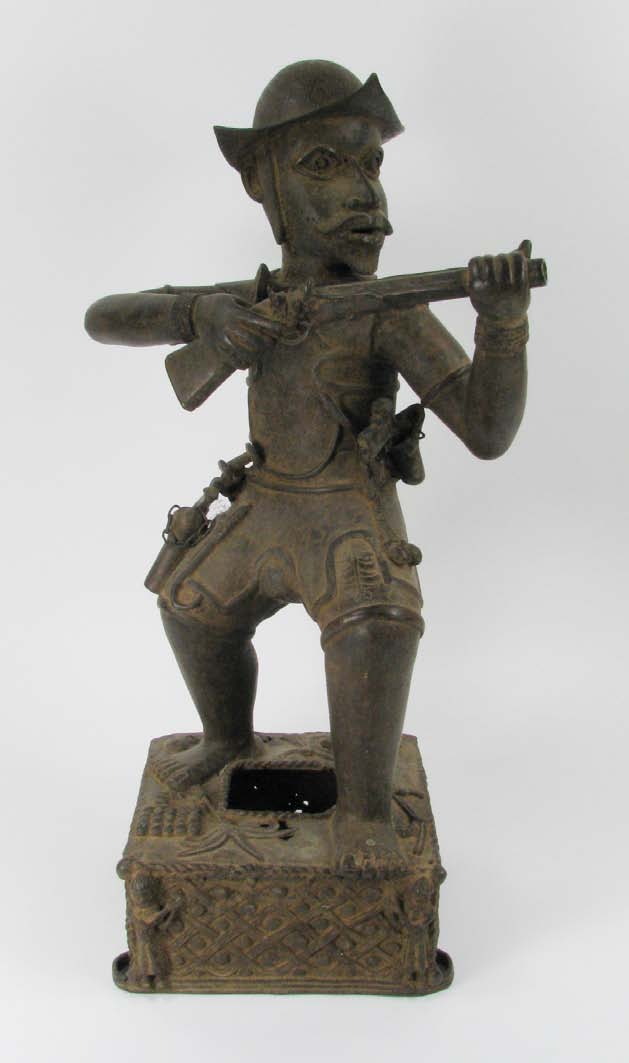
Images from past auctions










